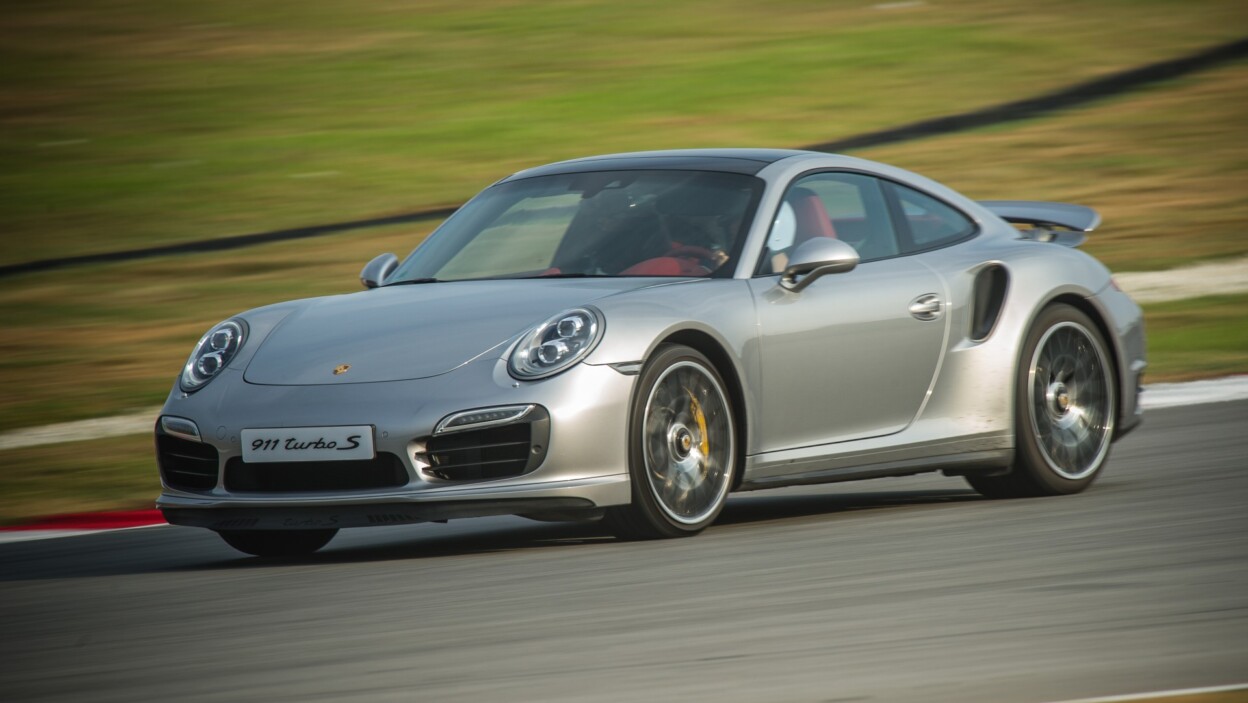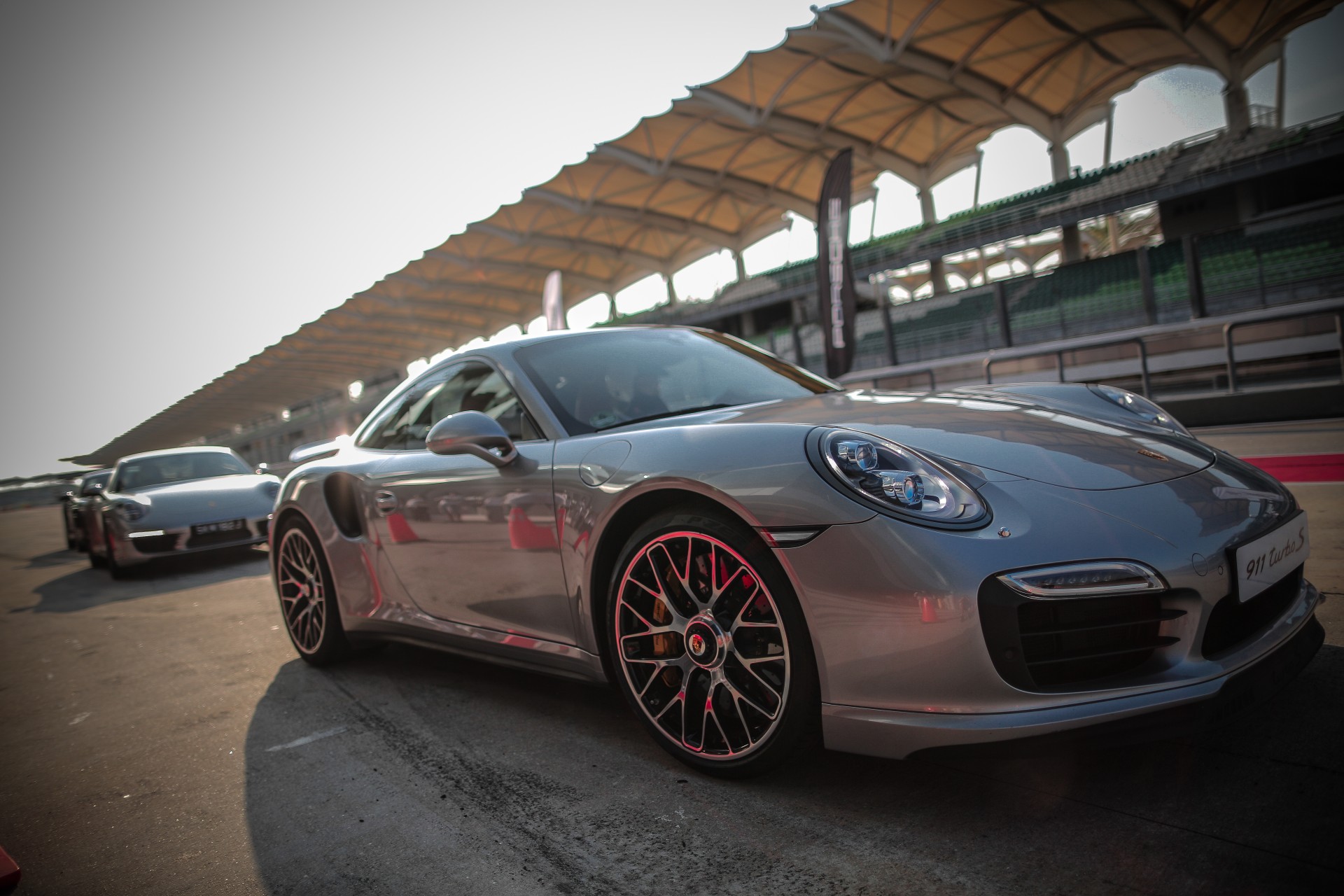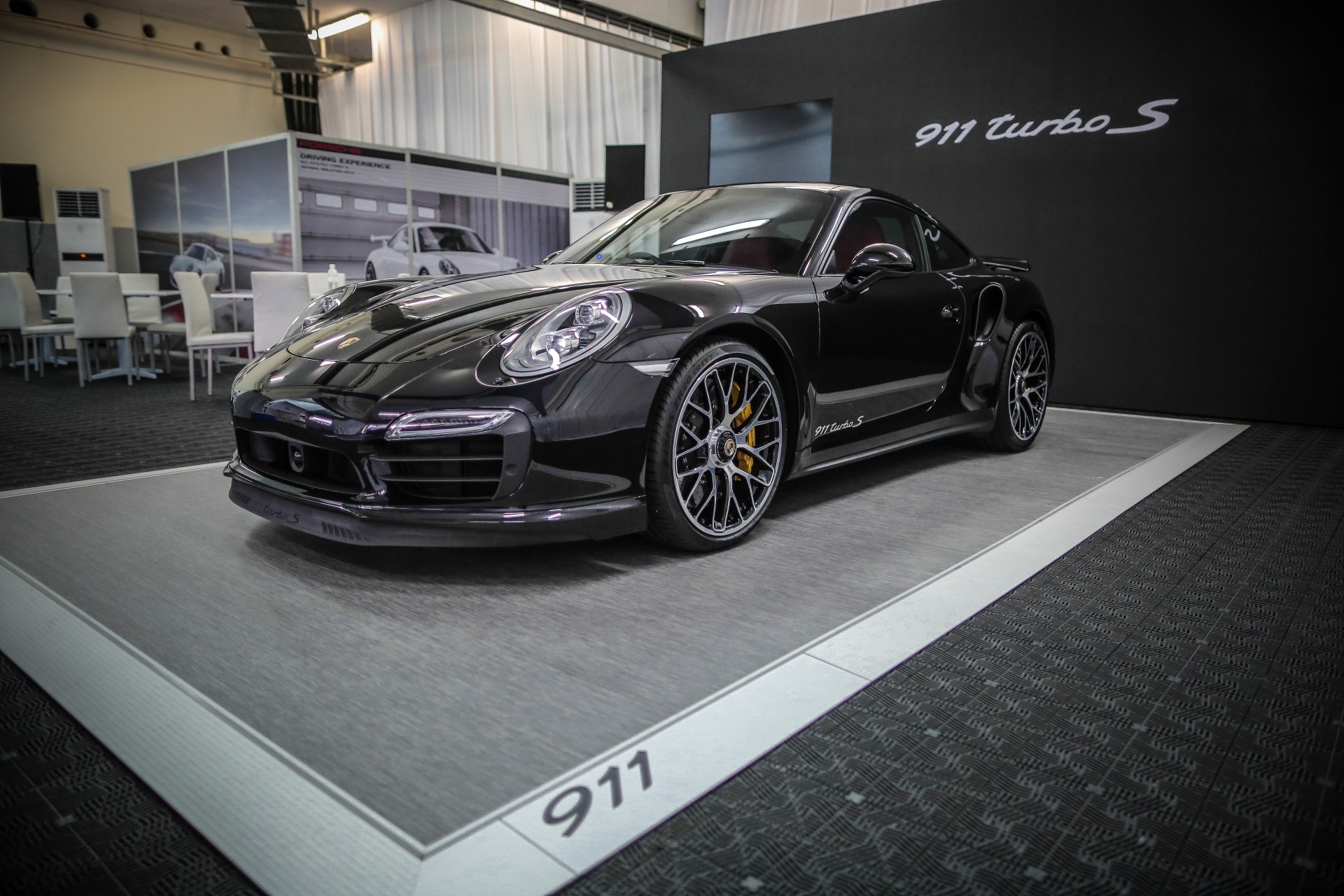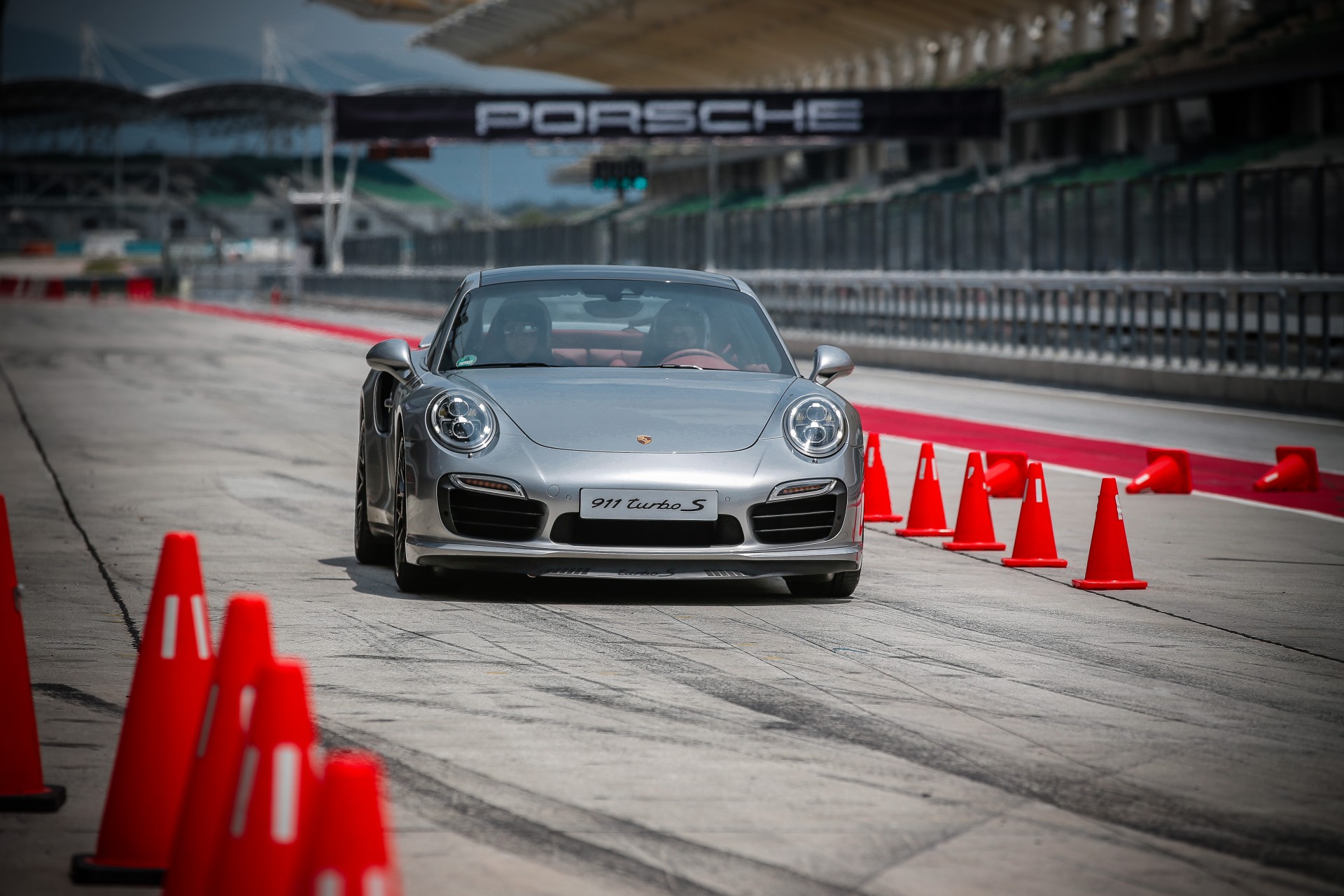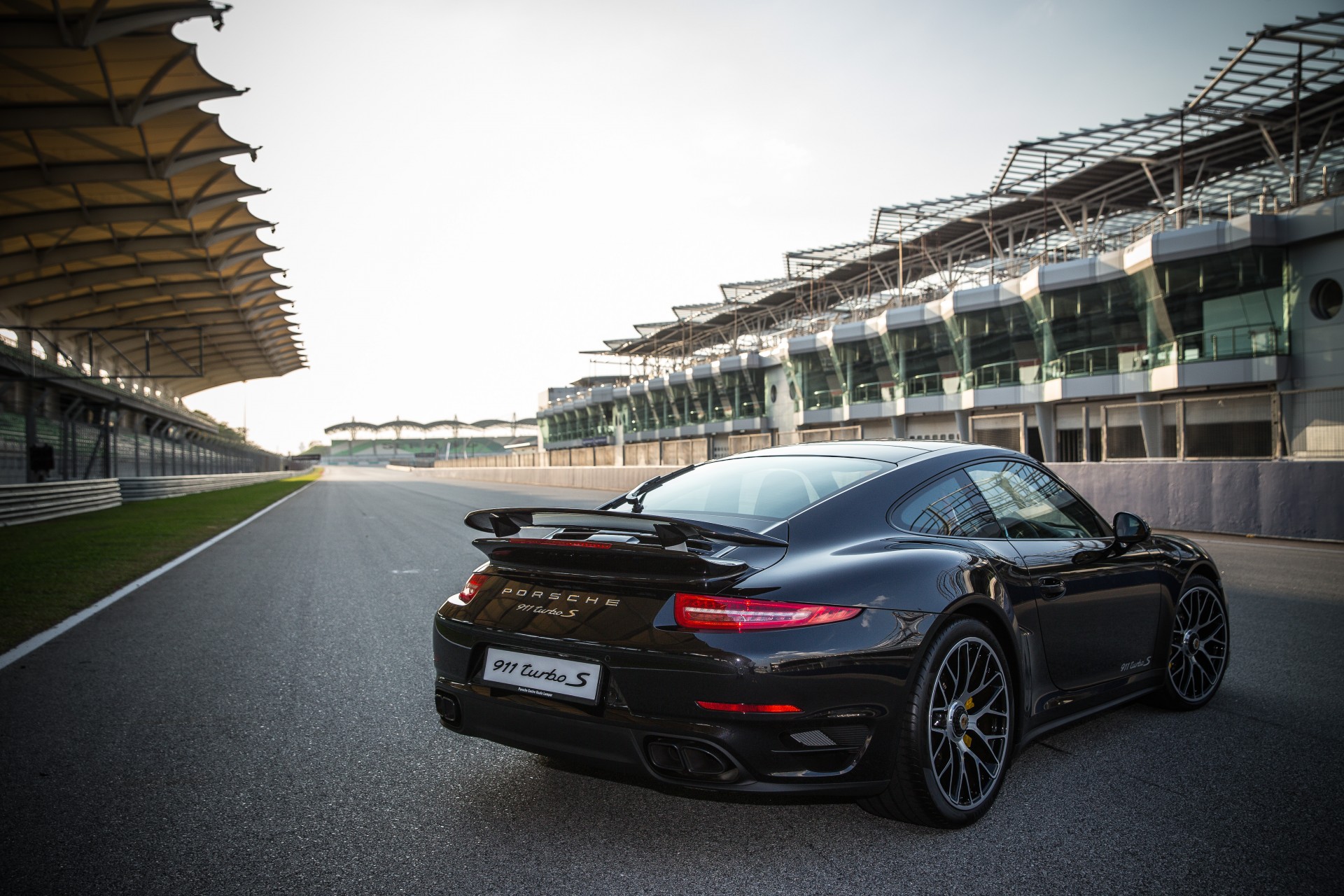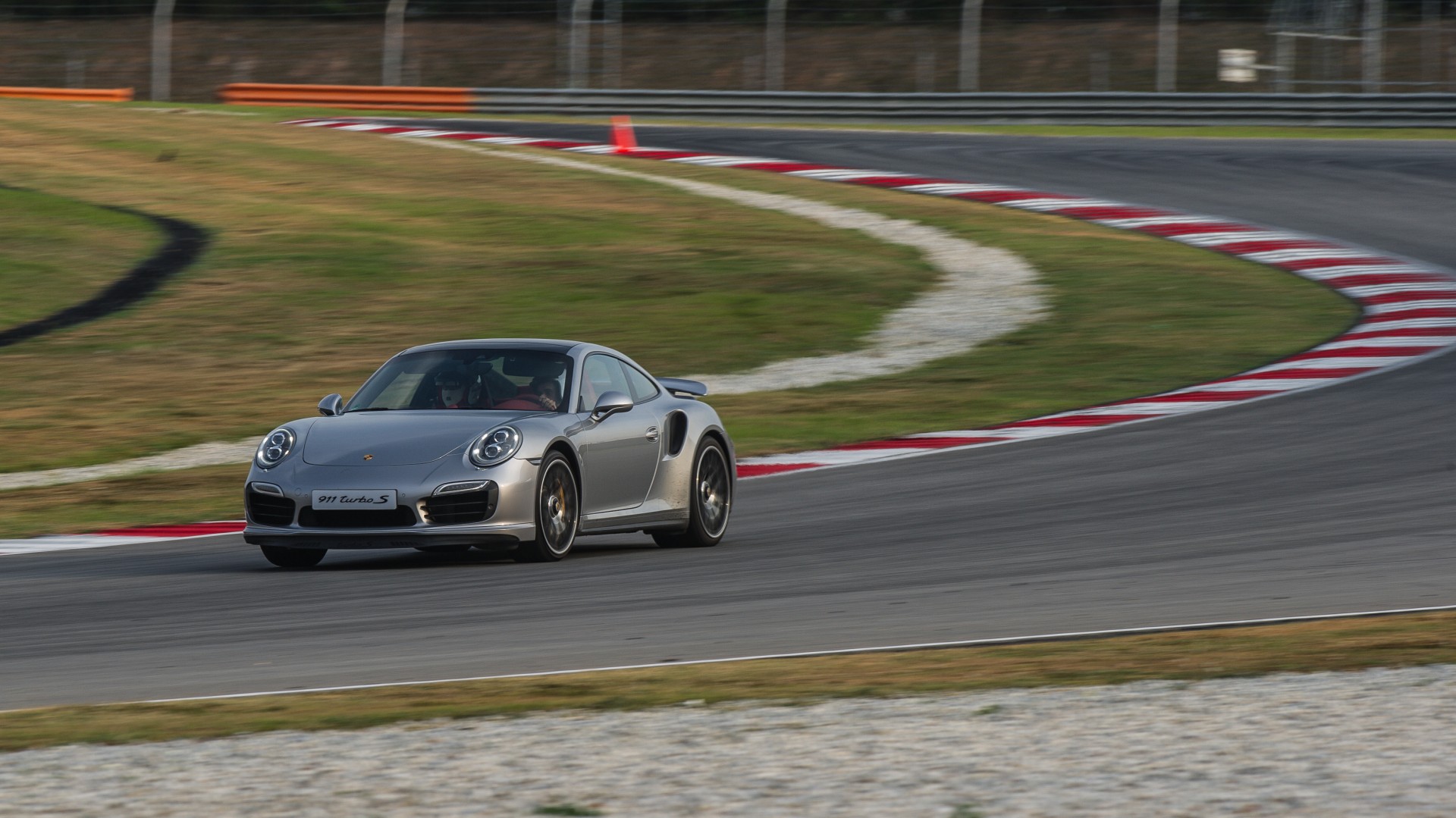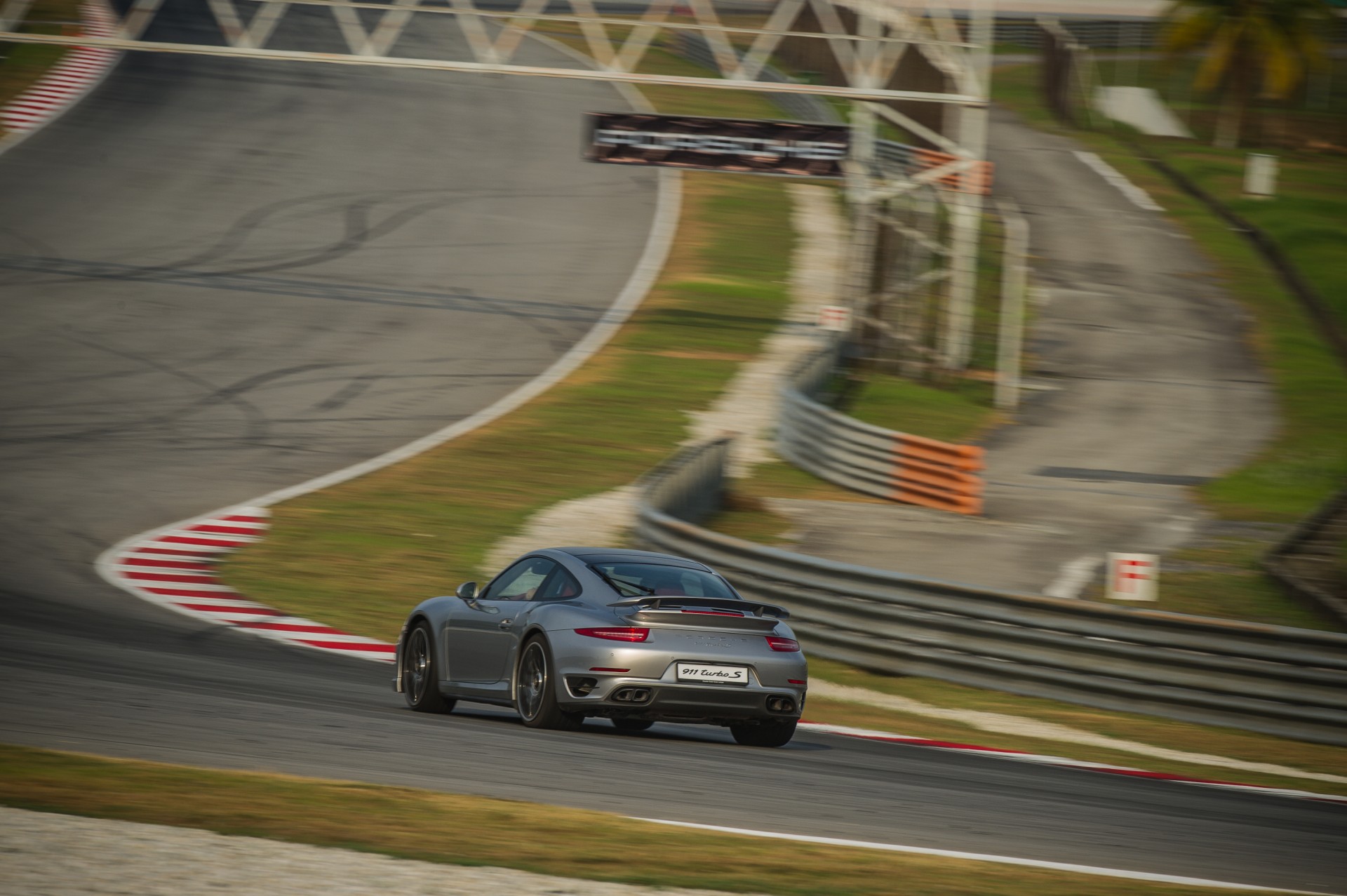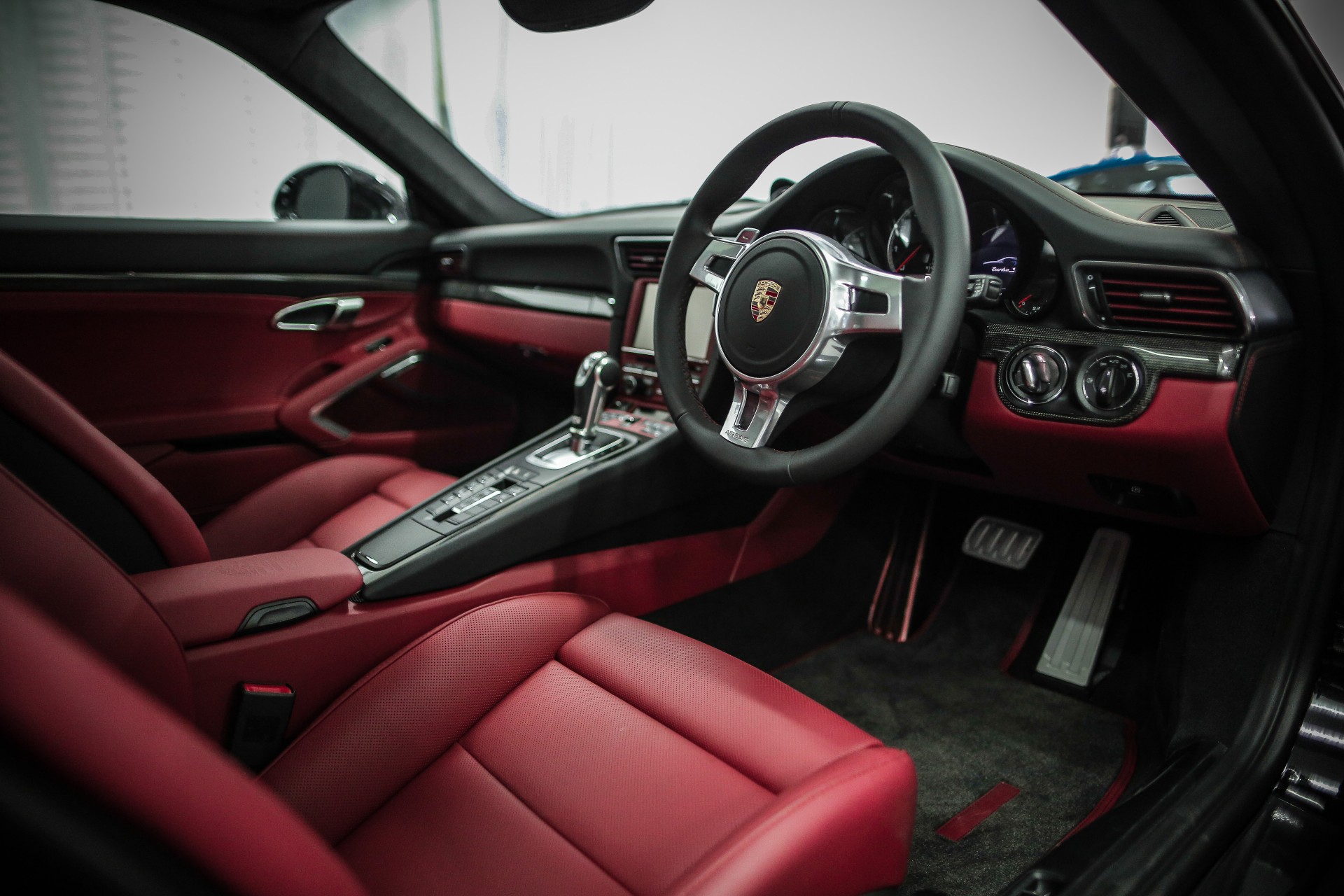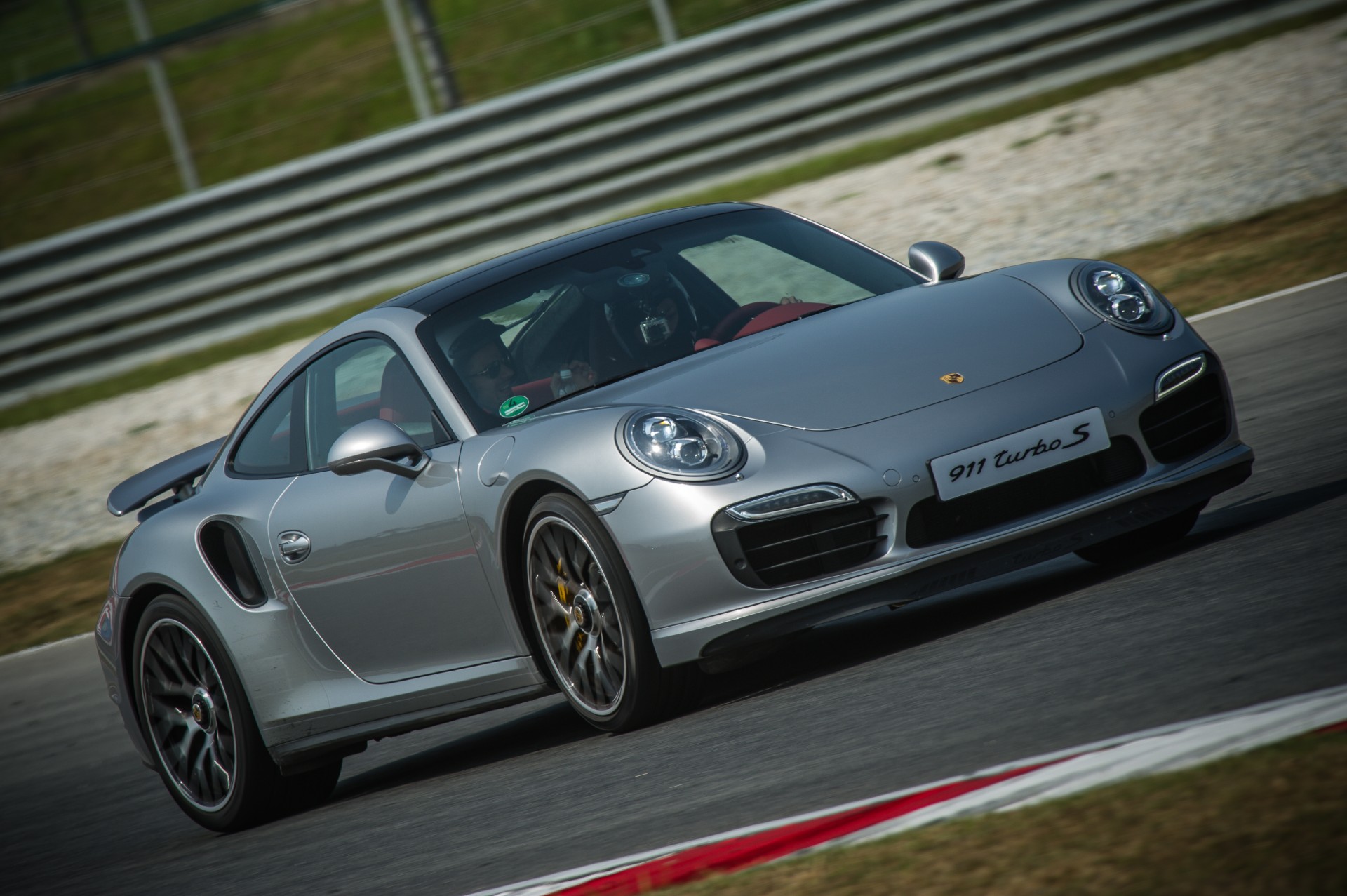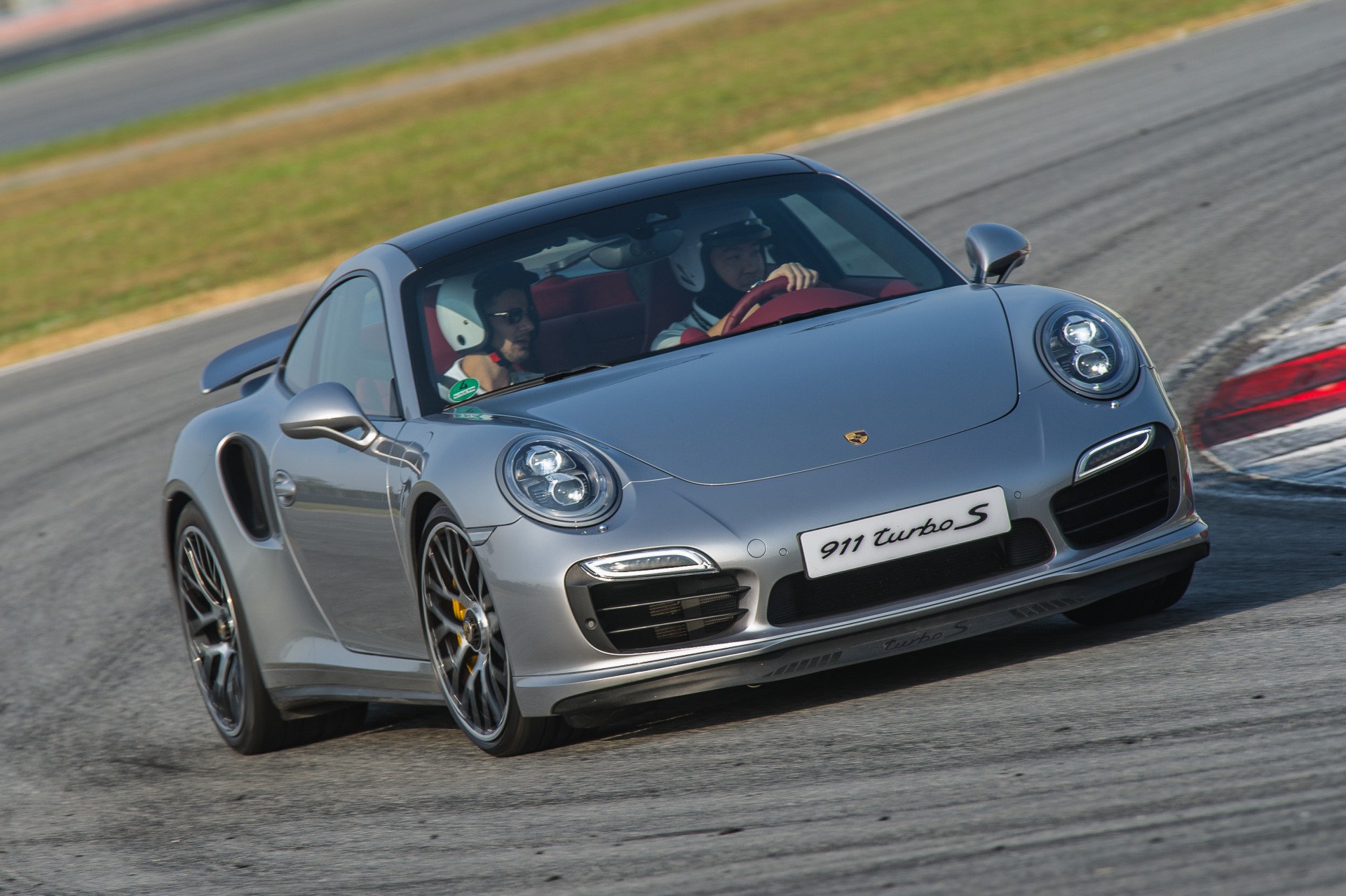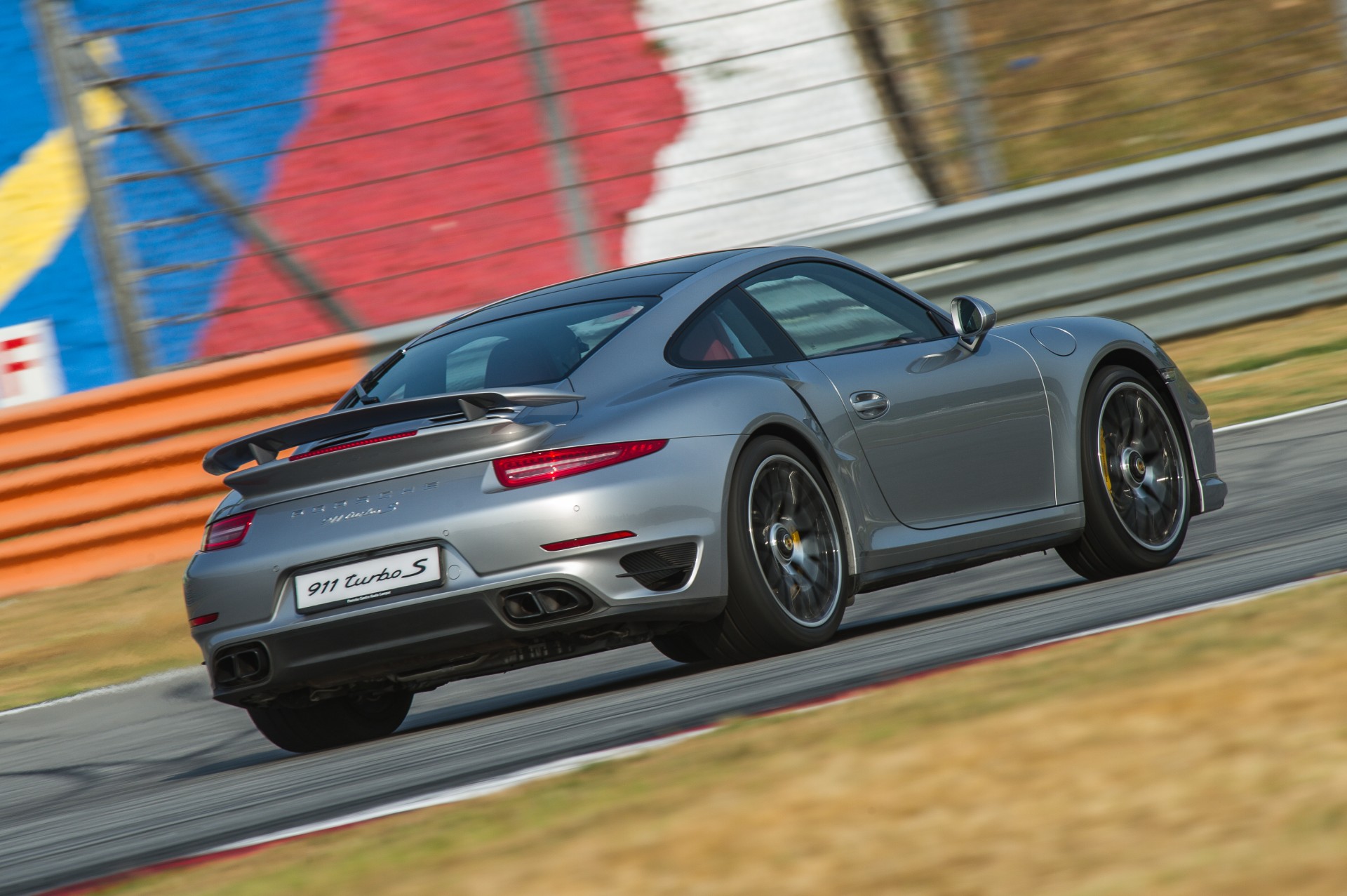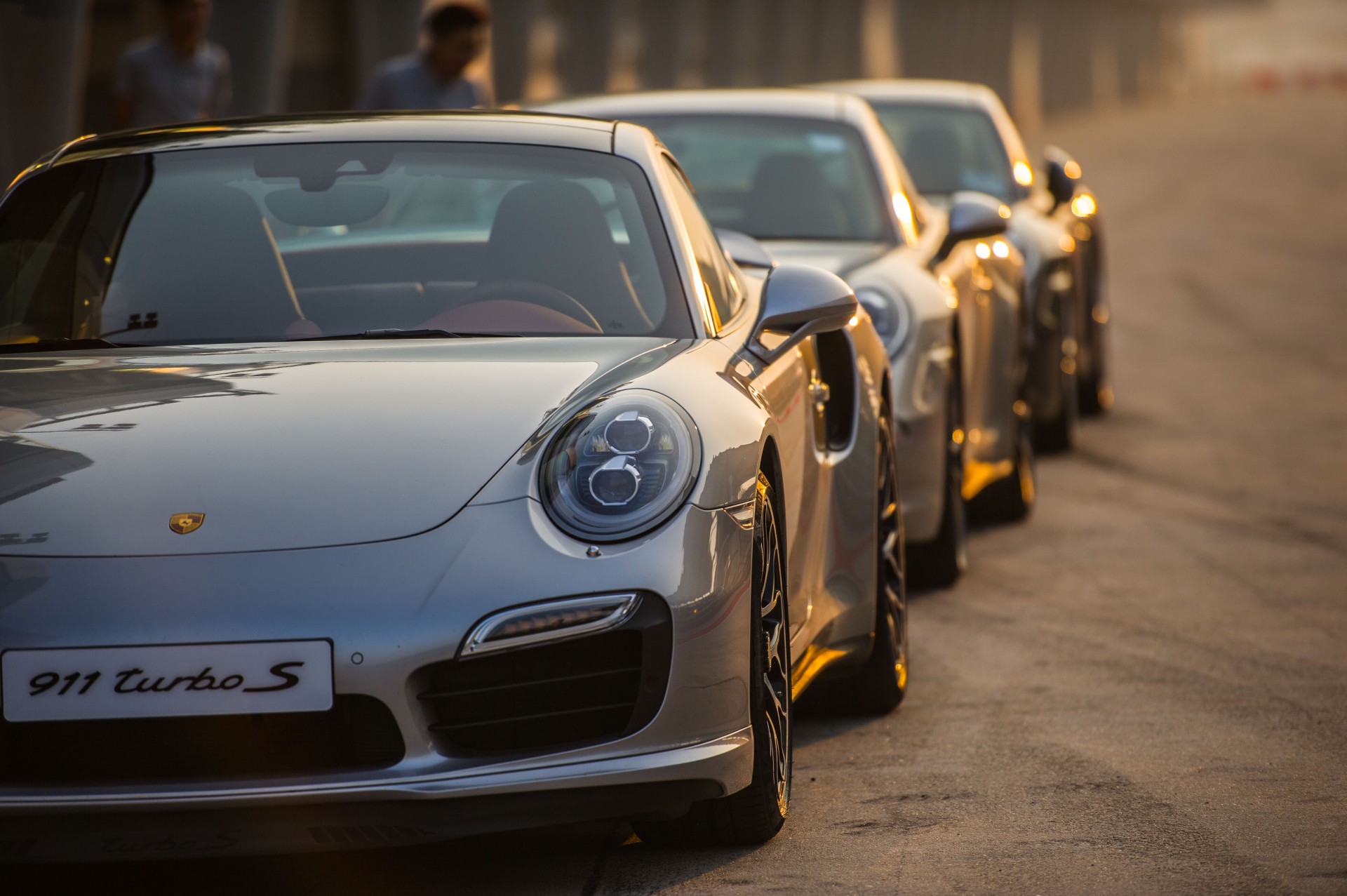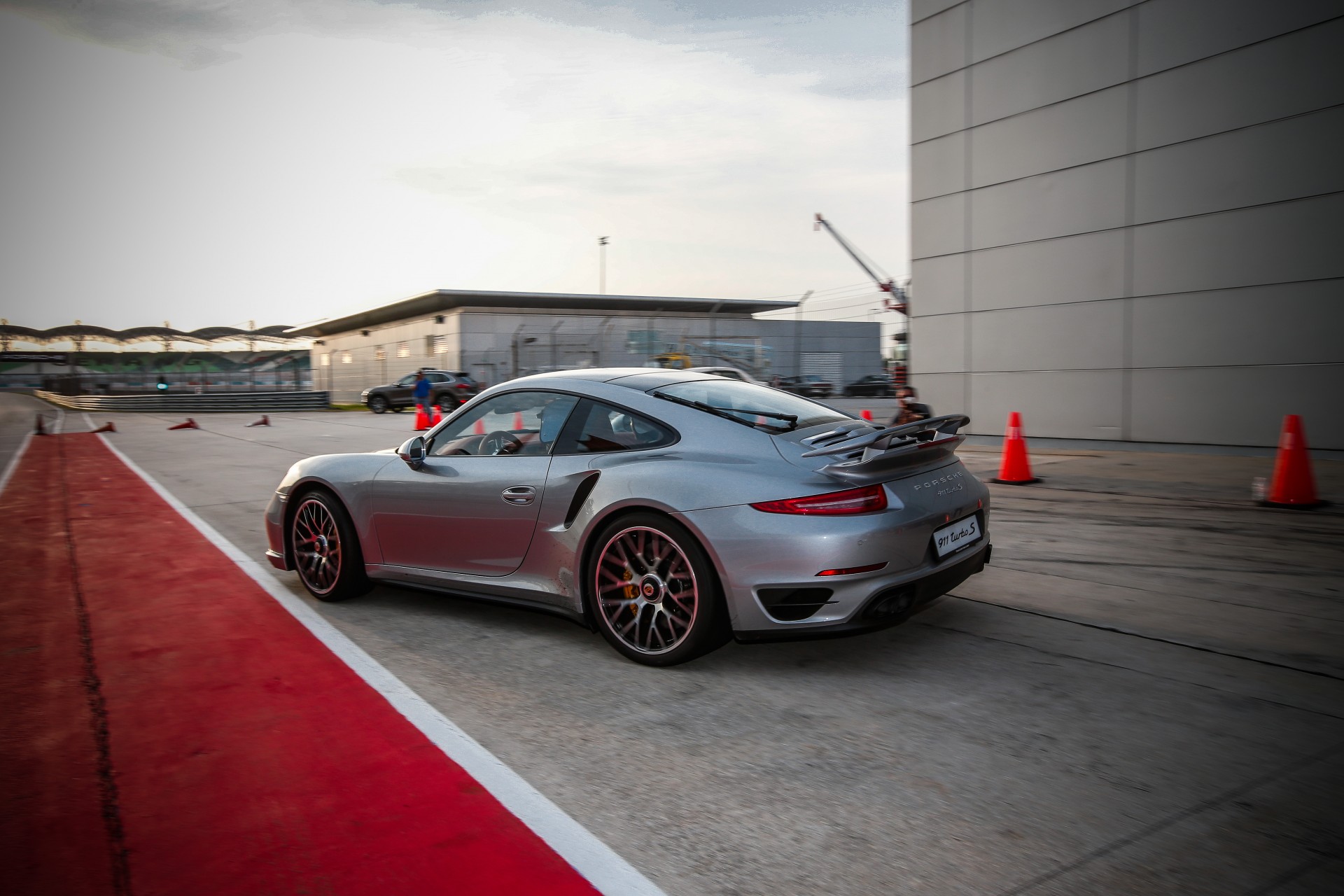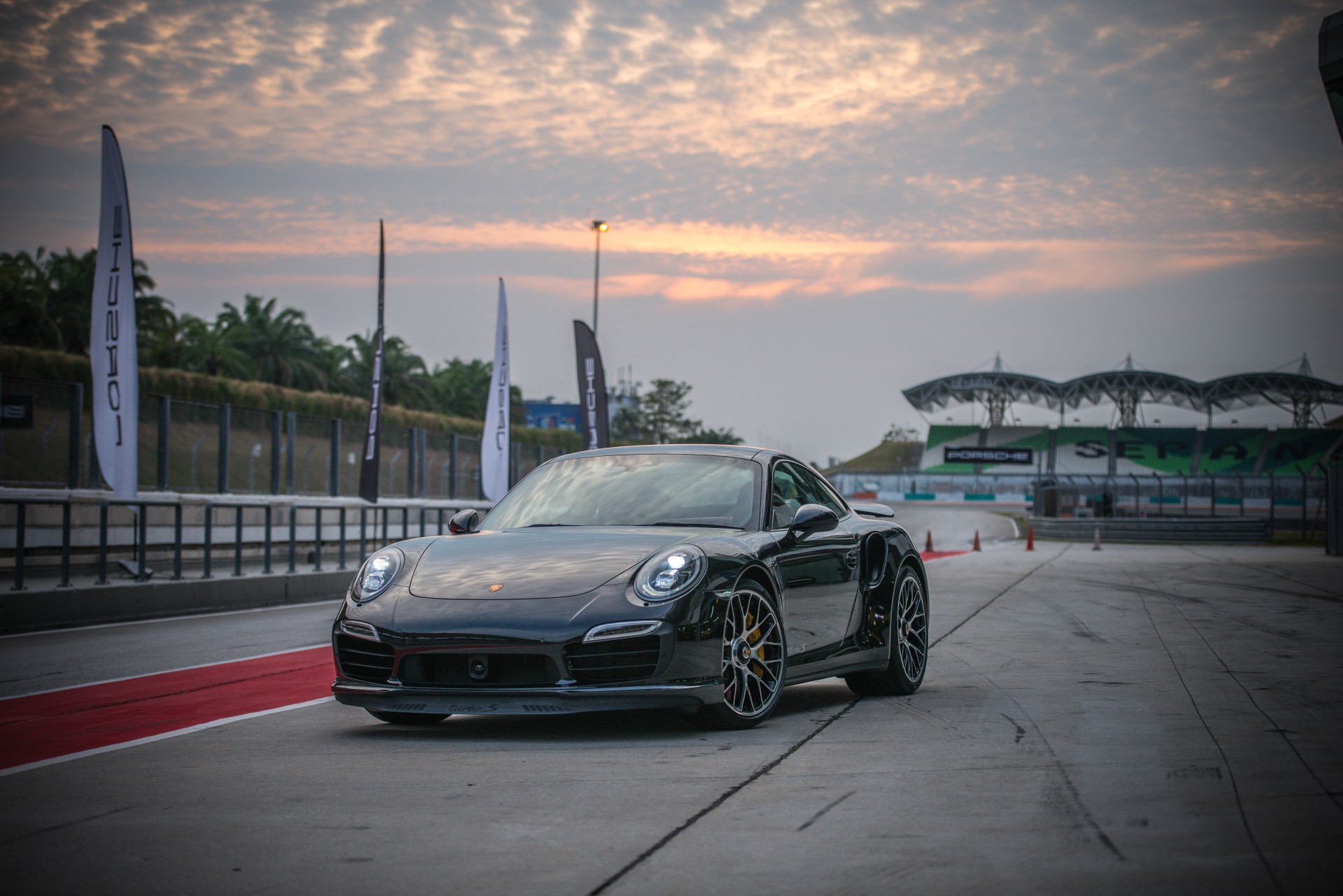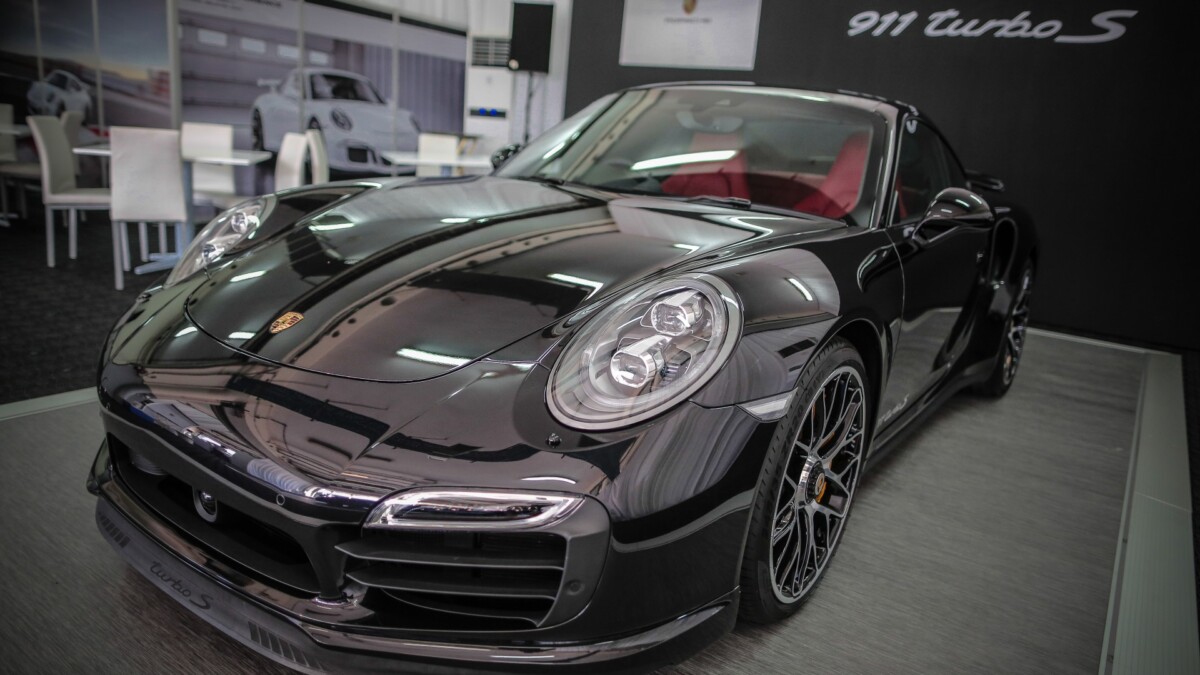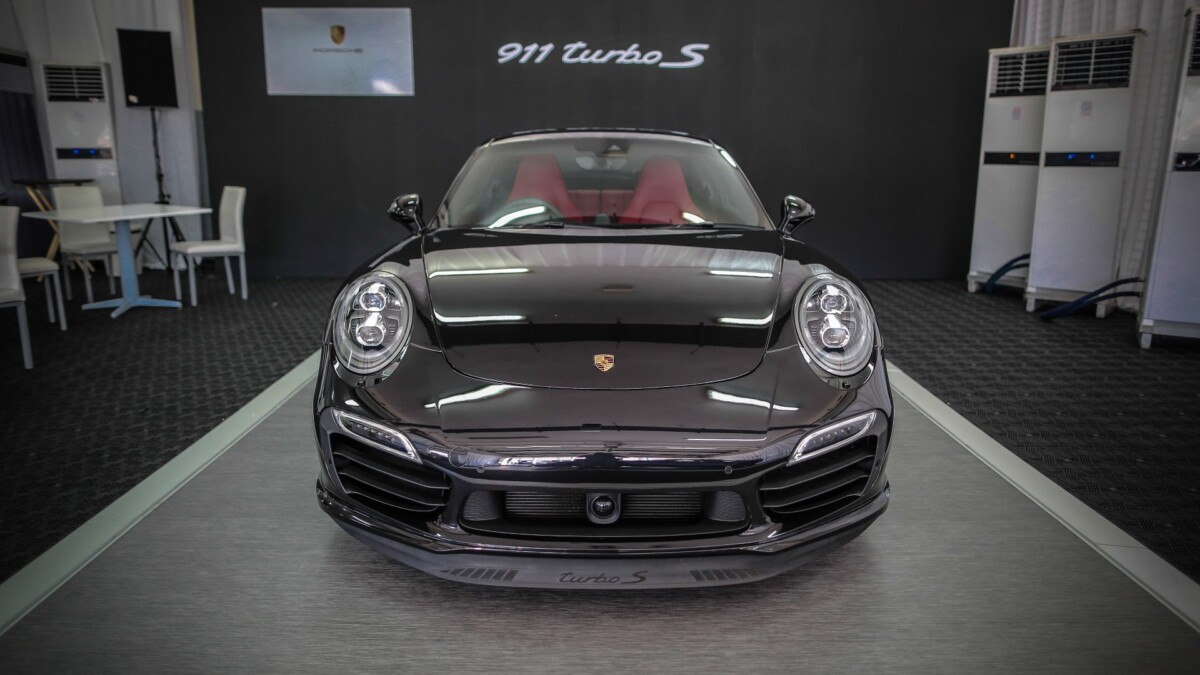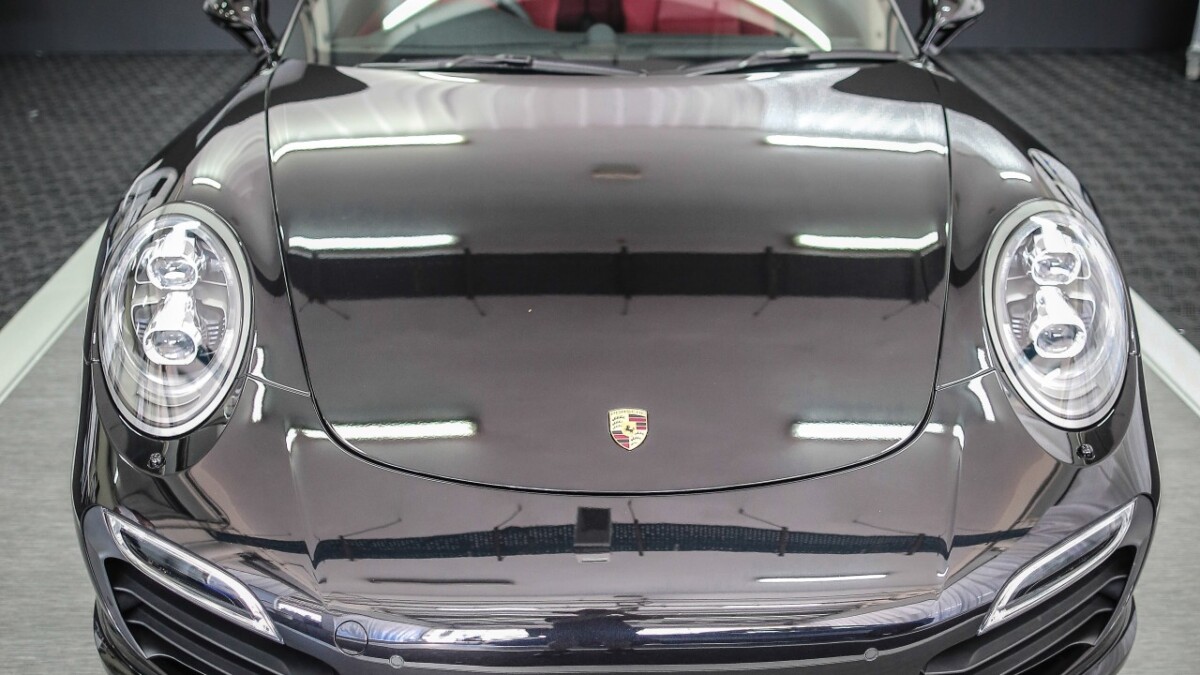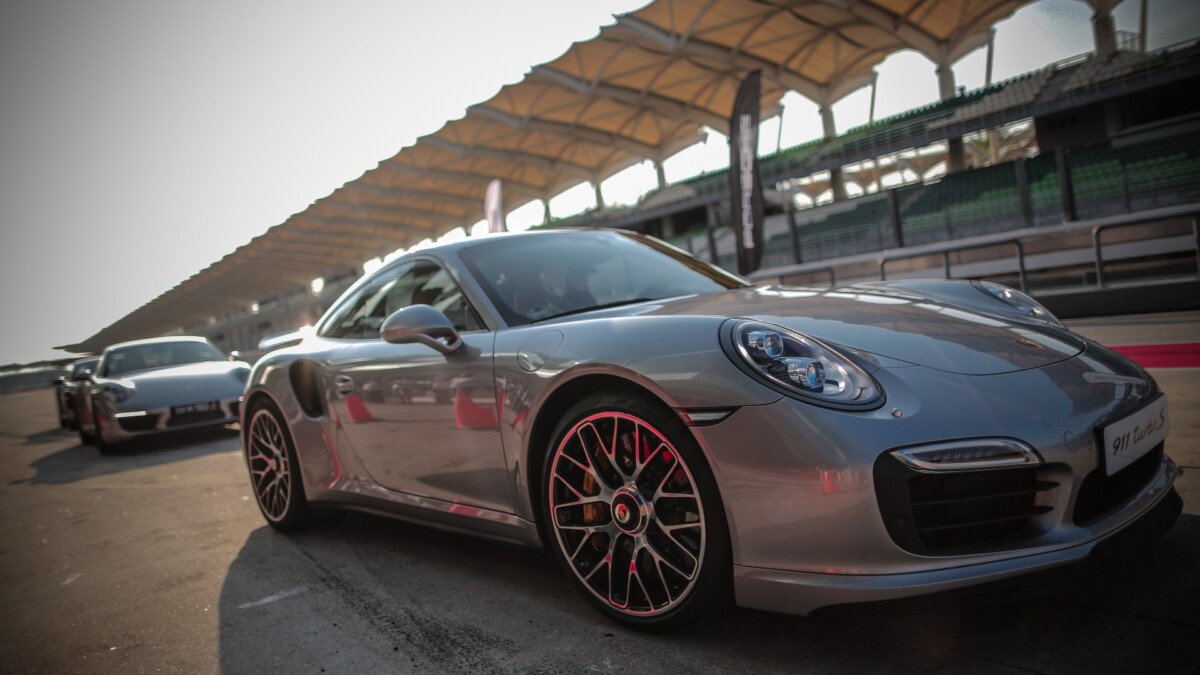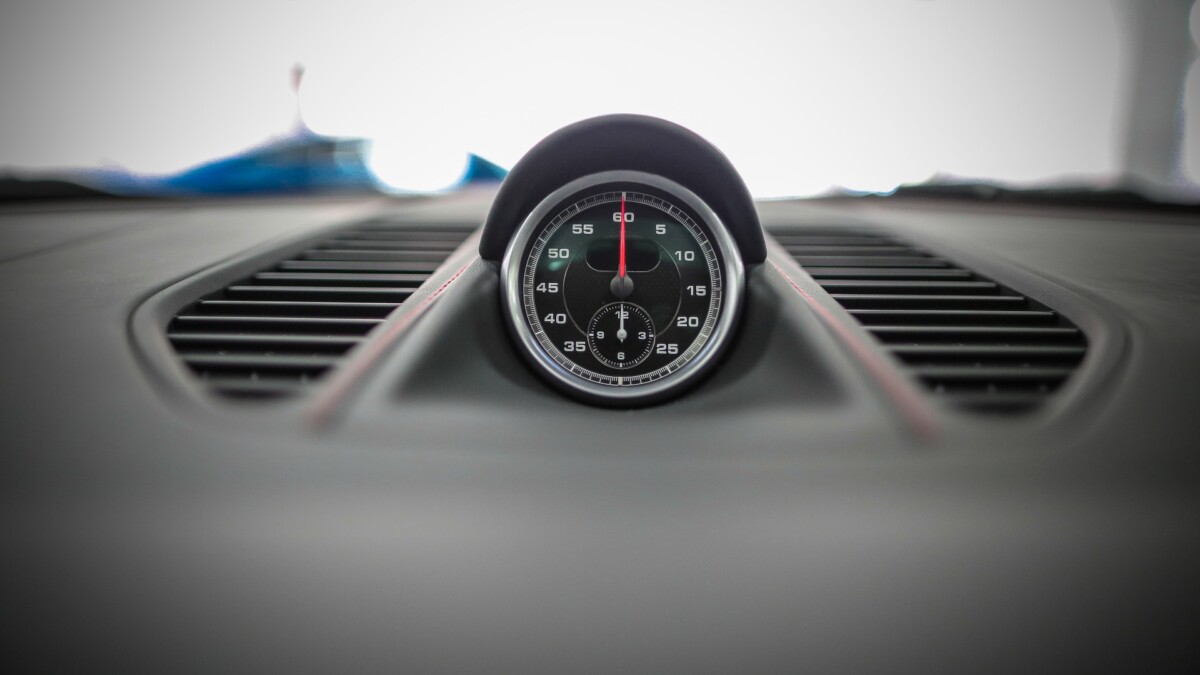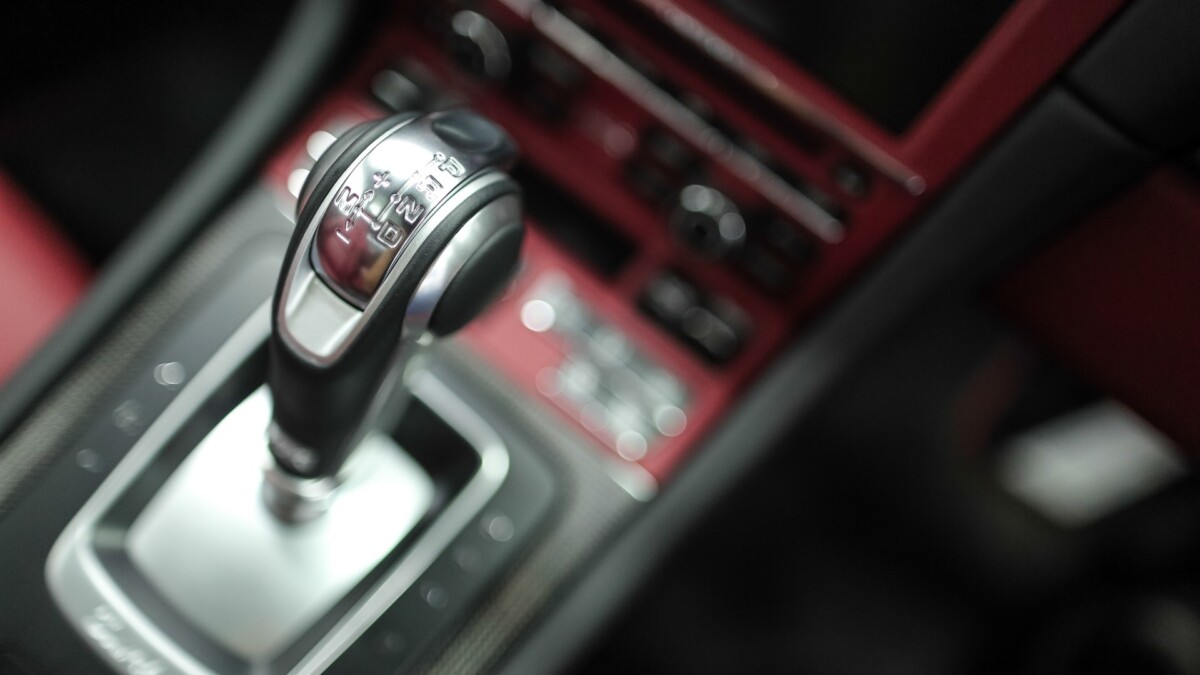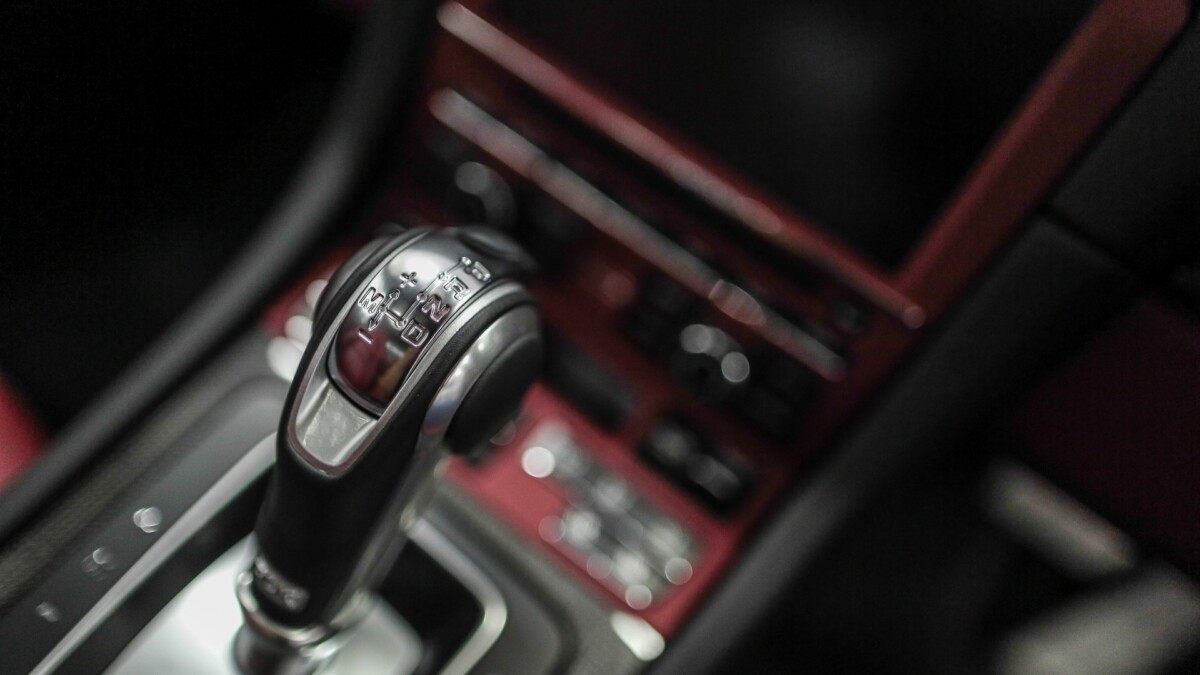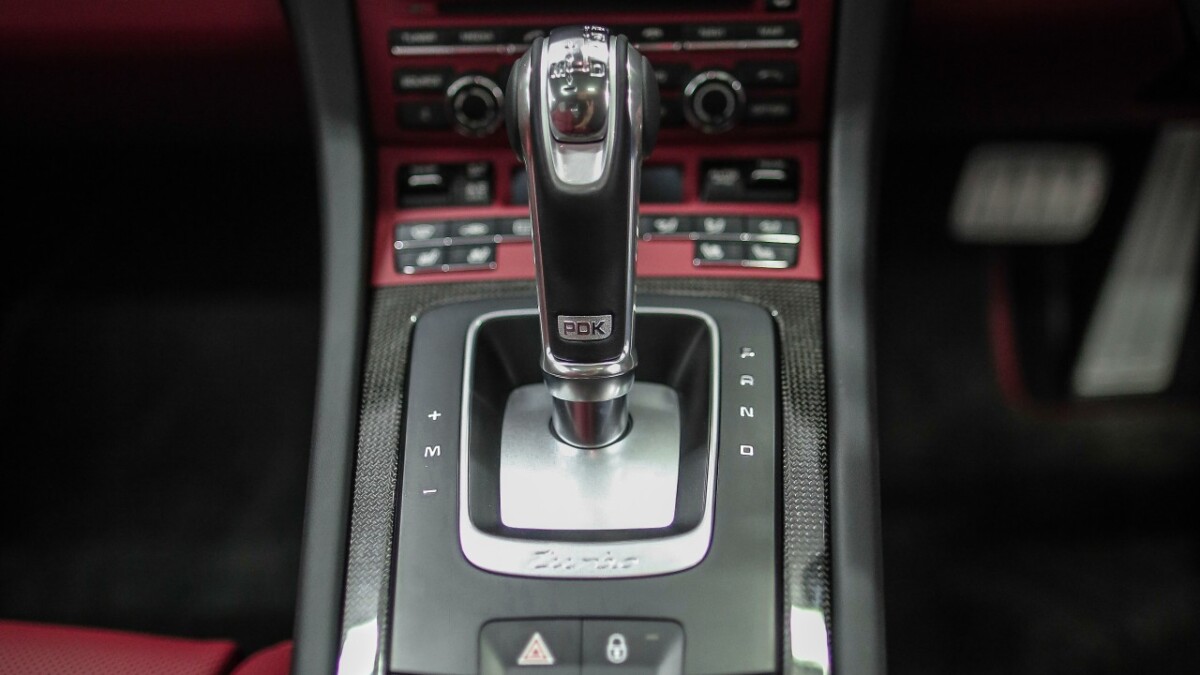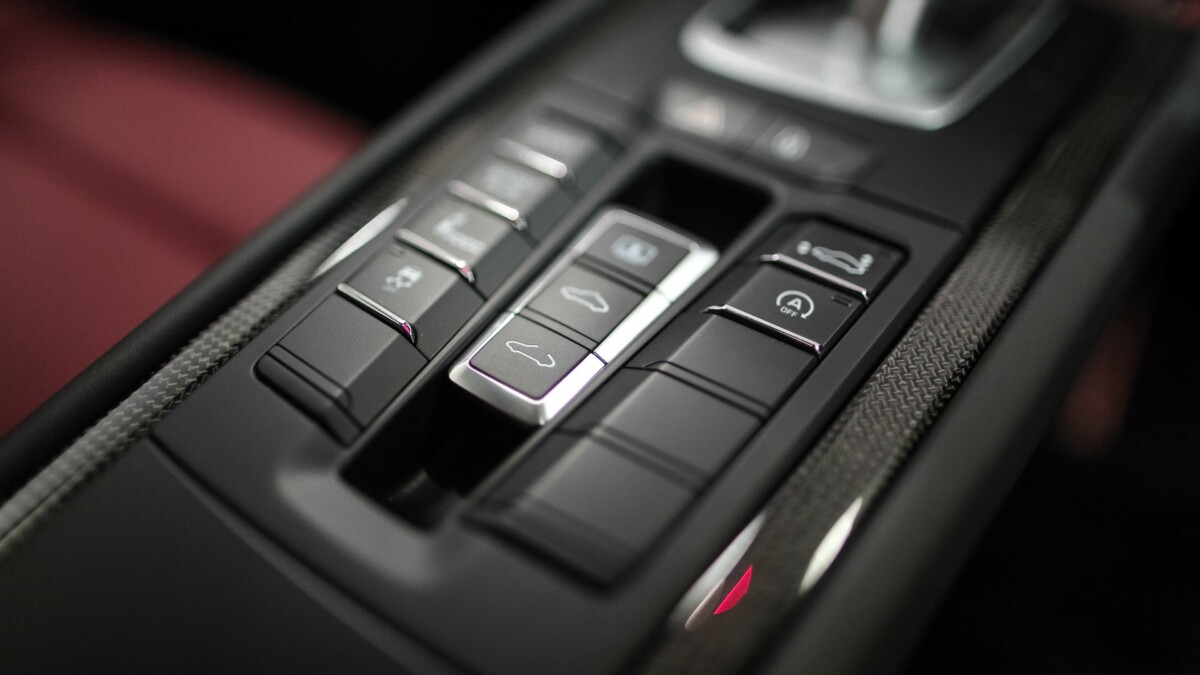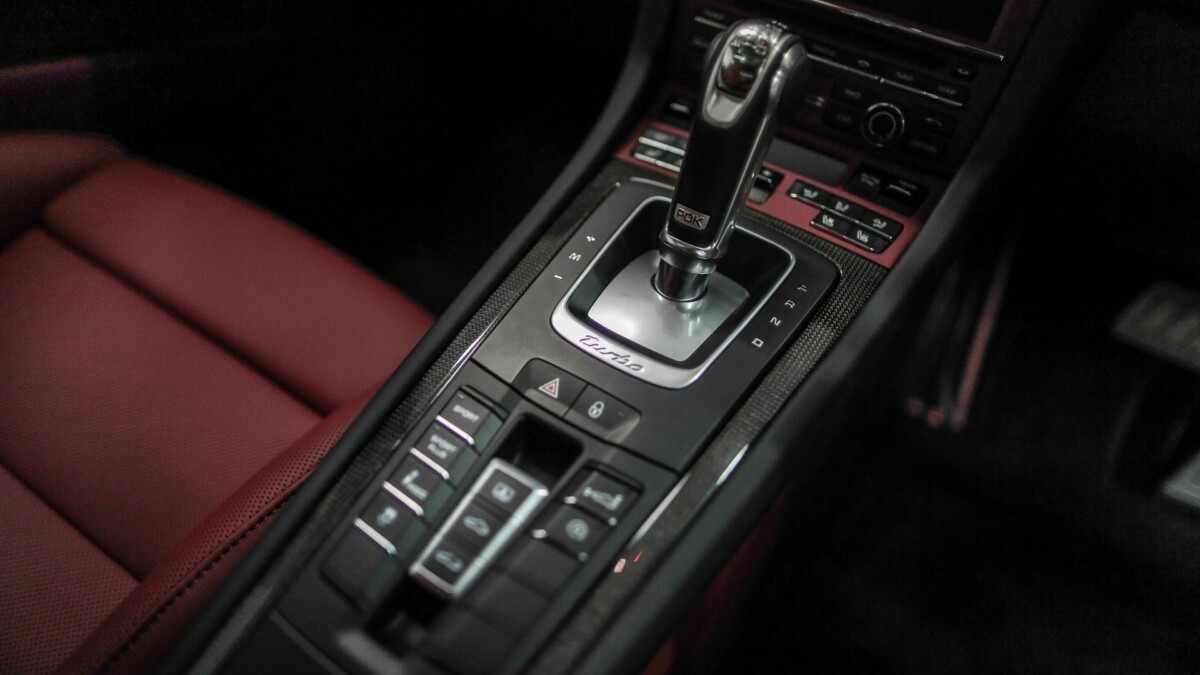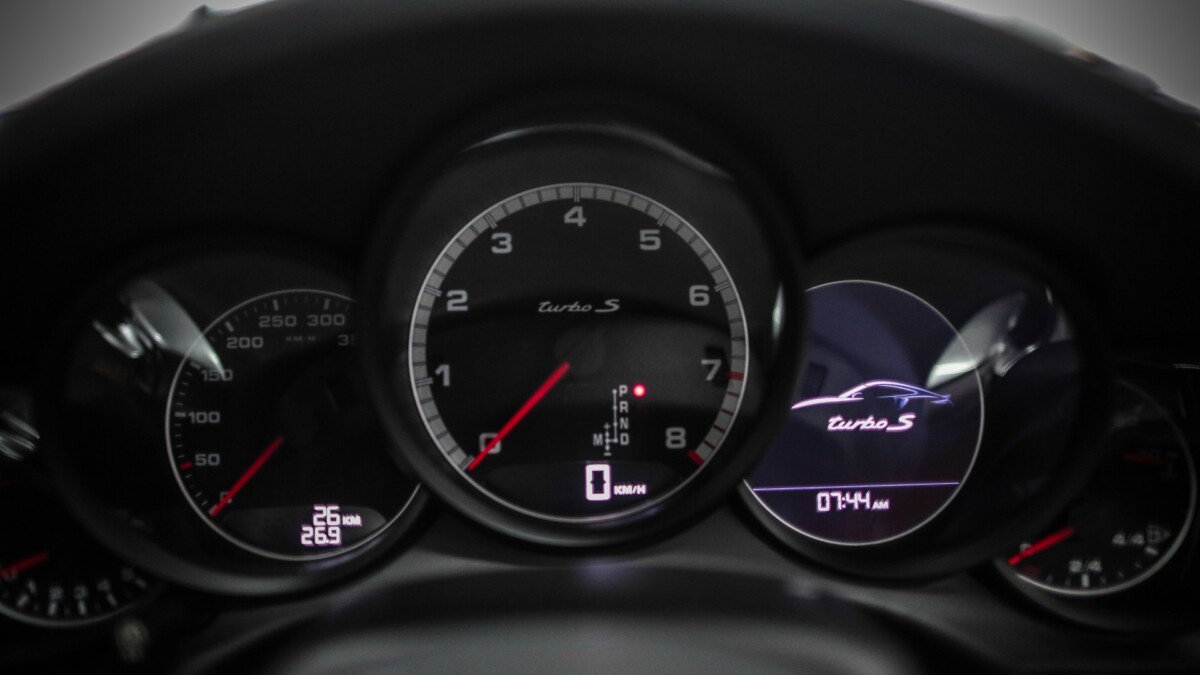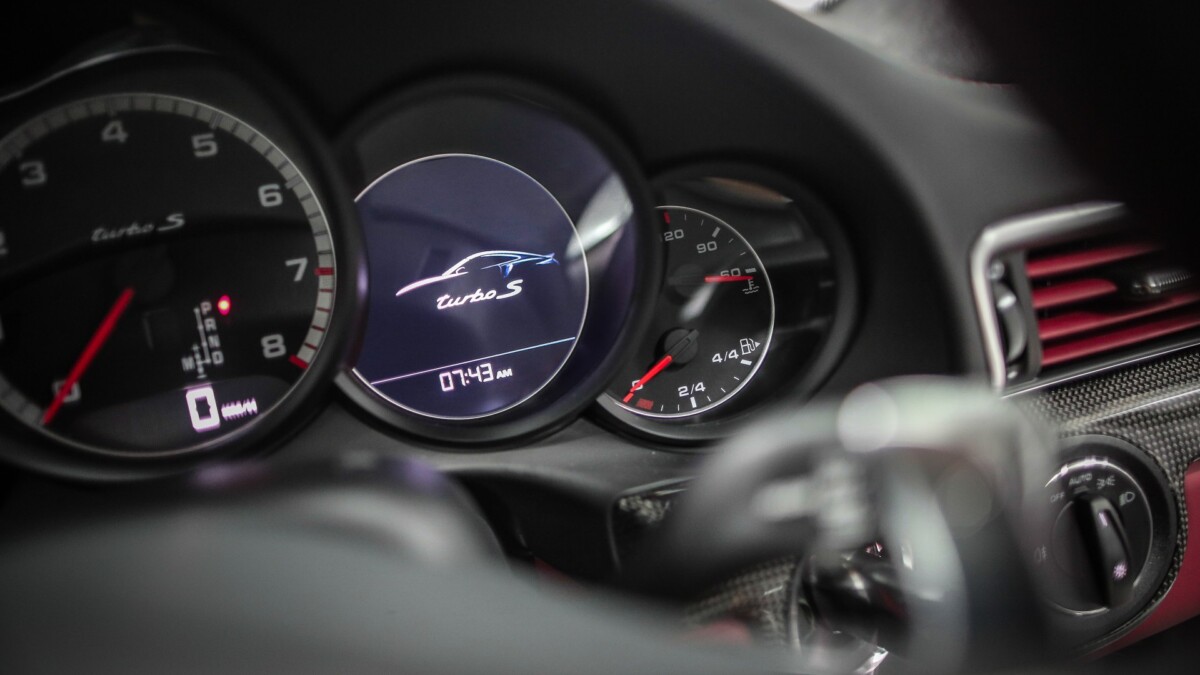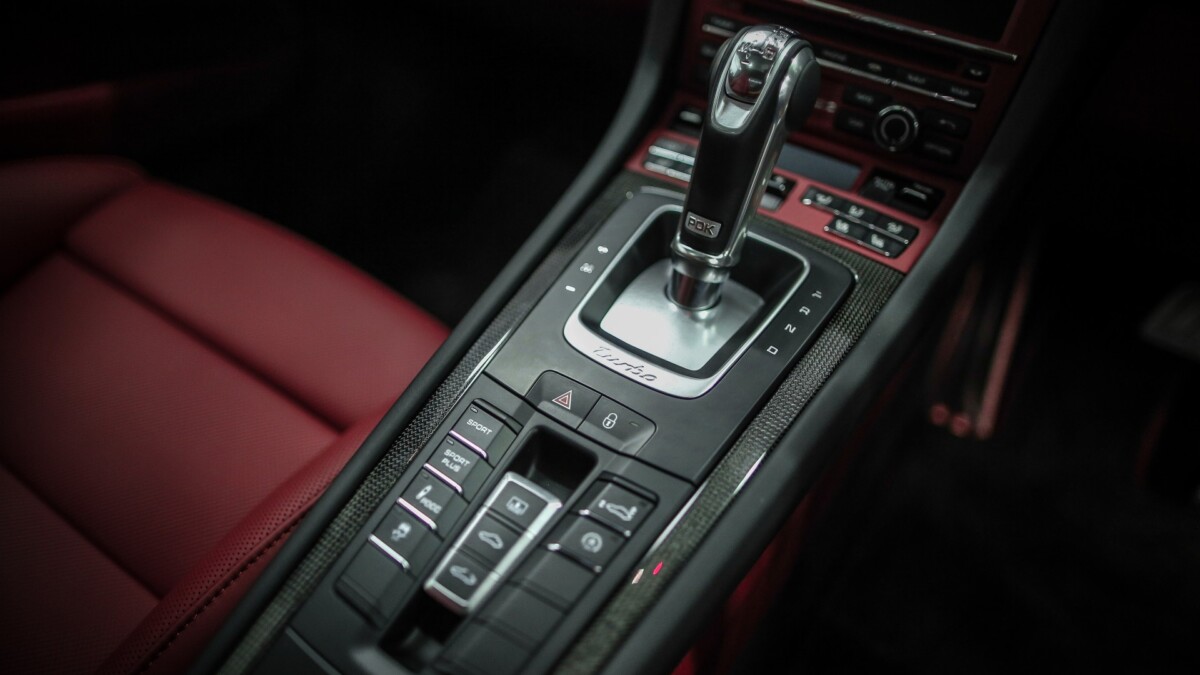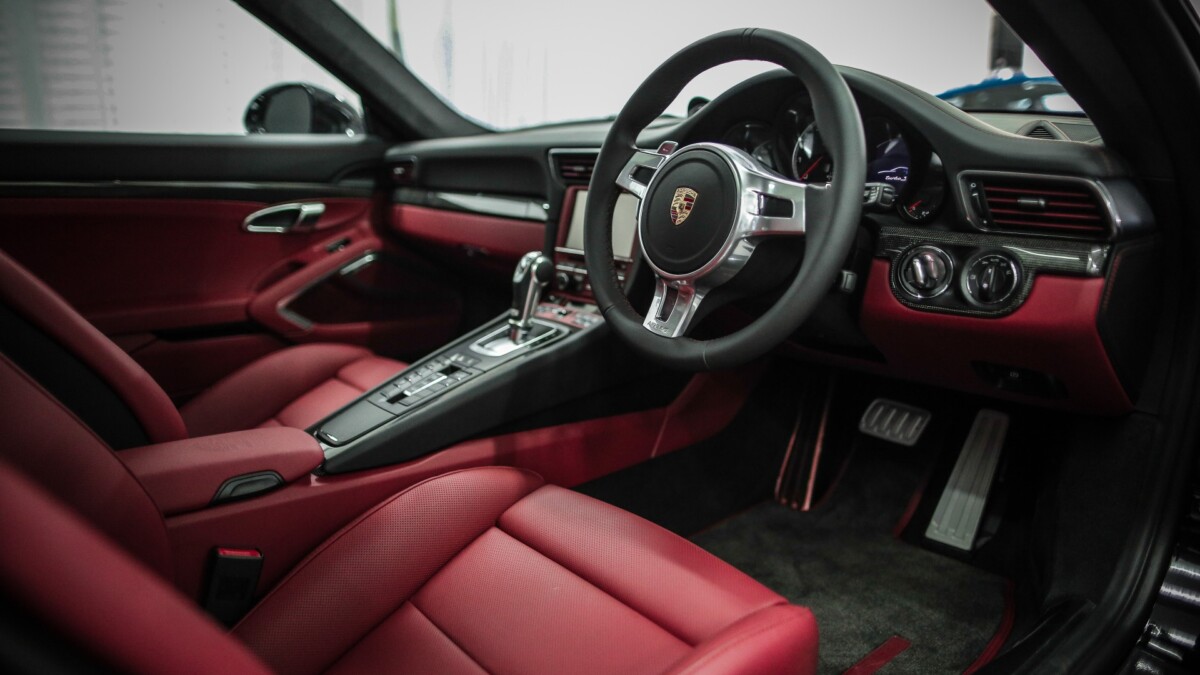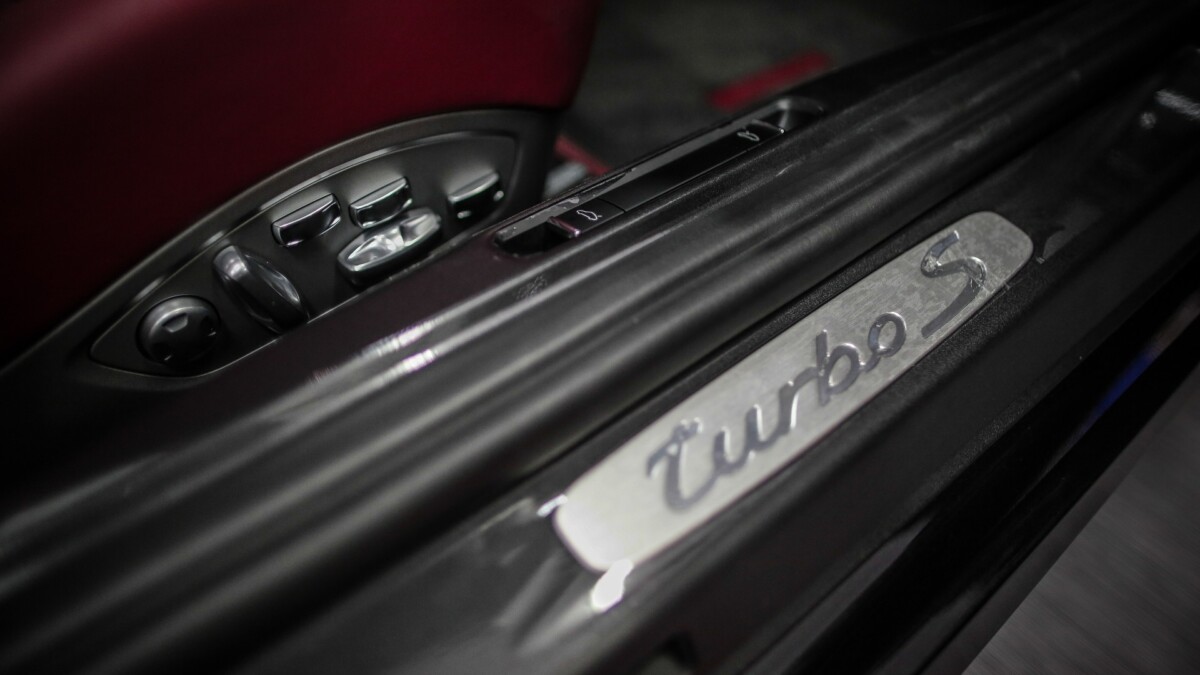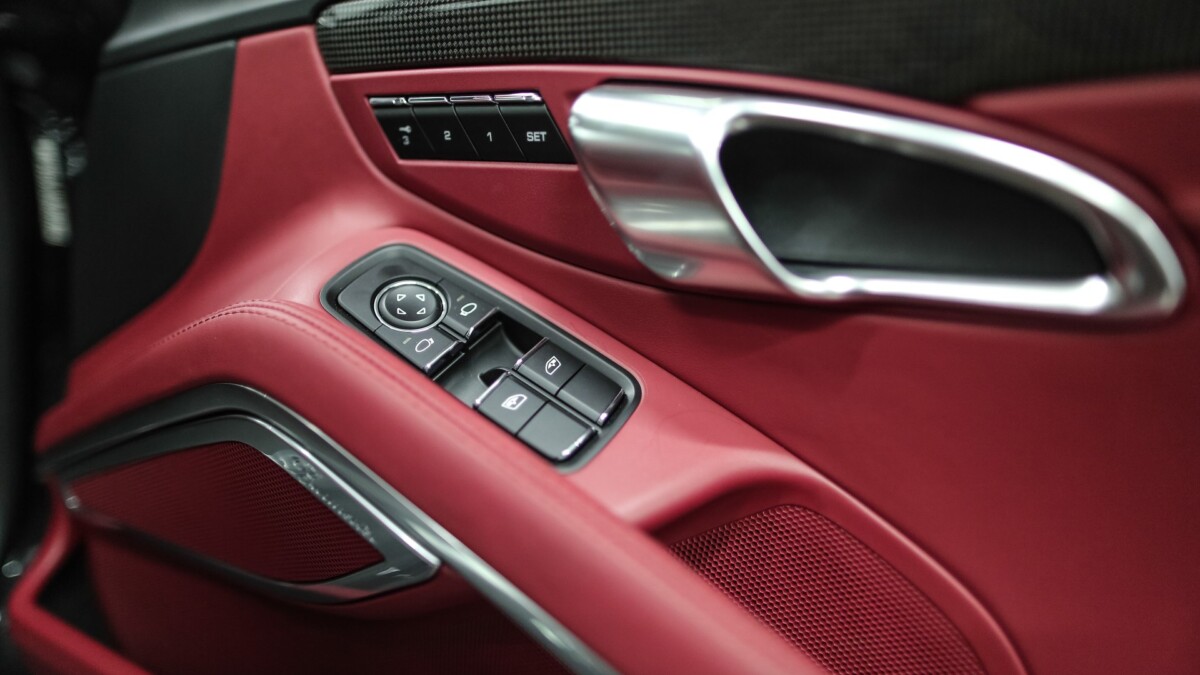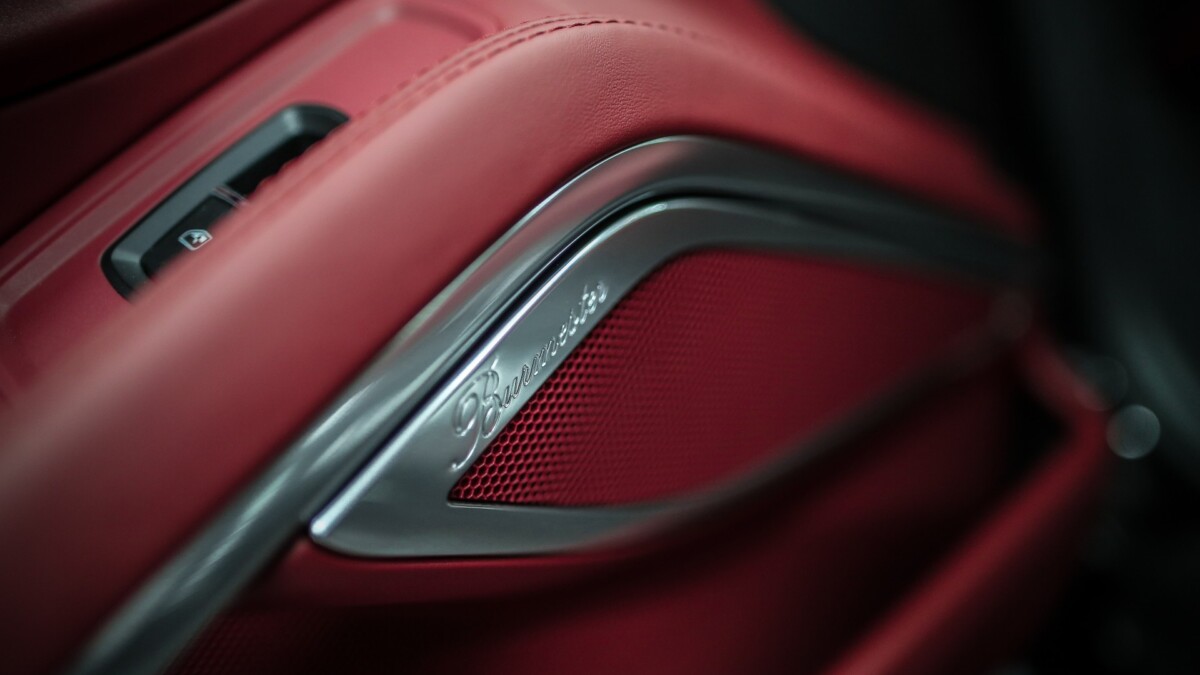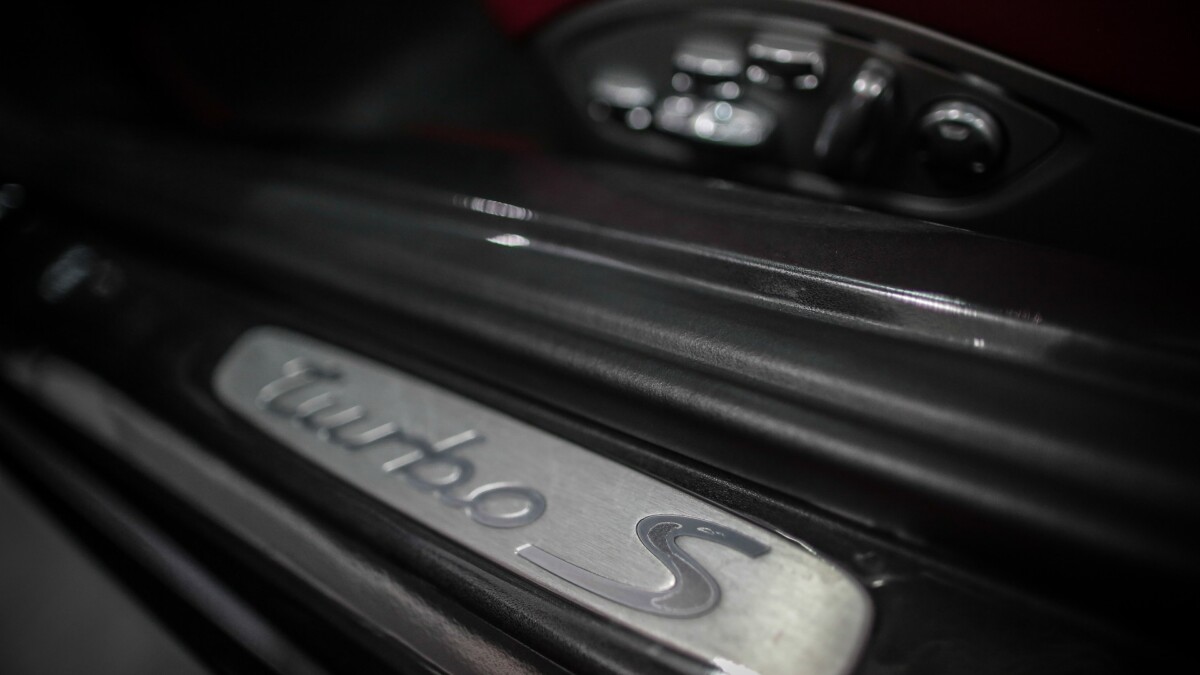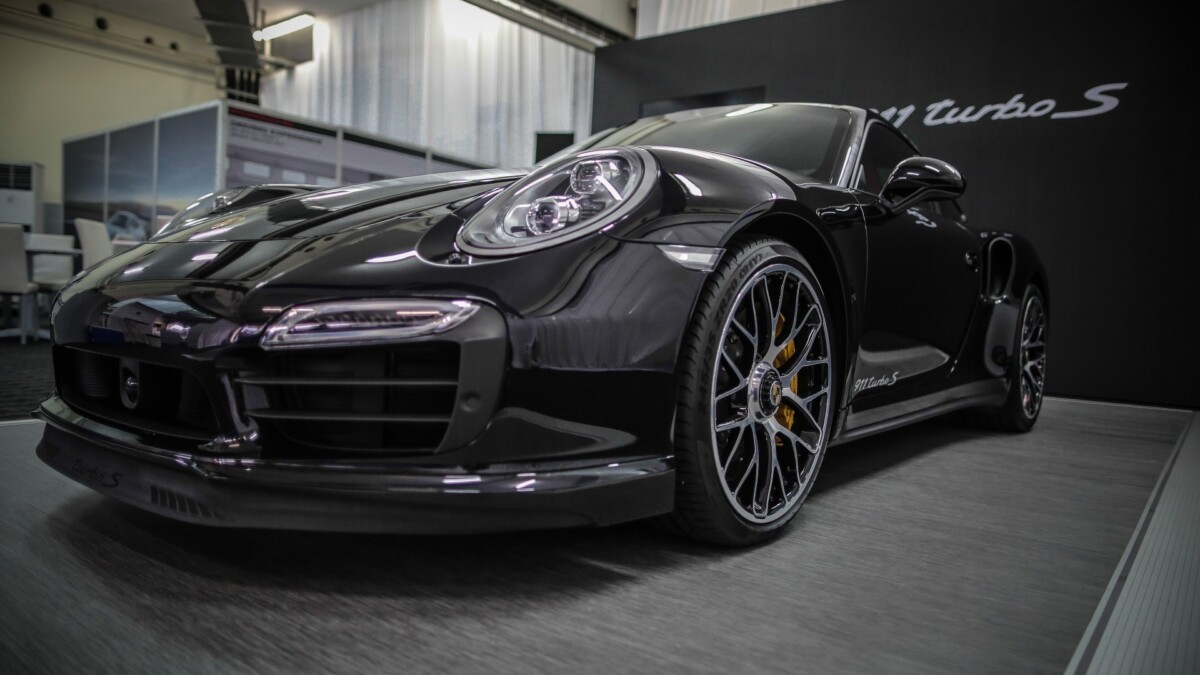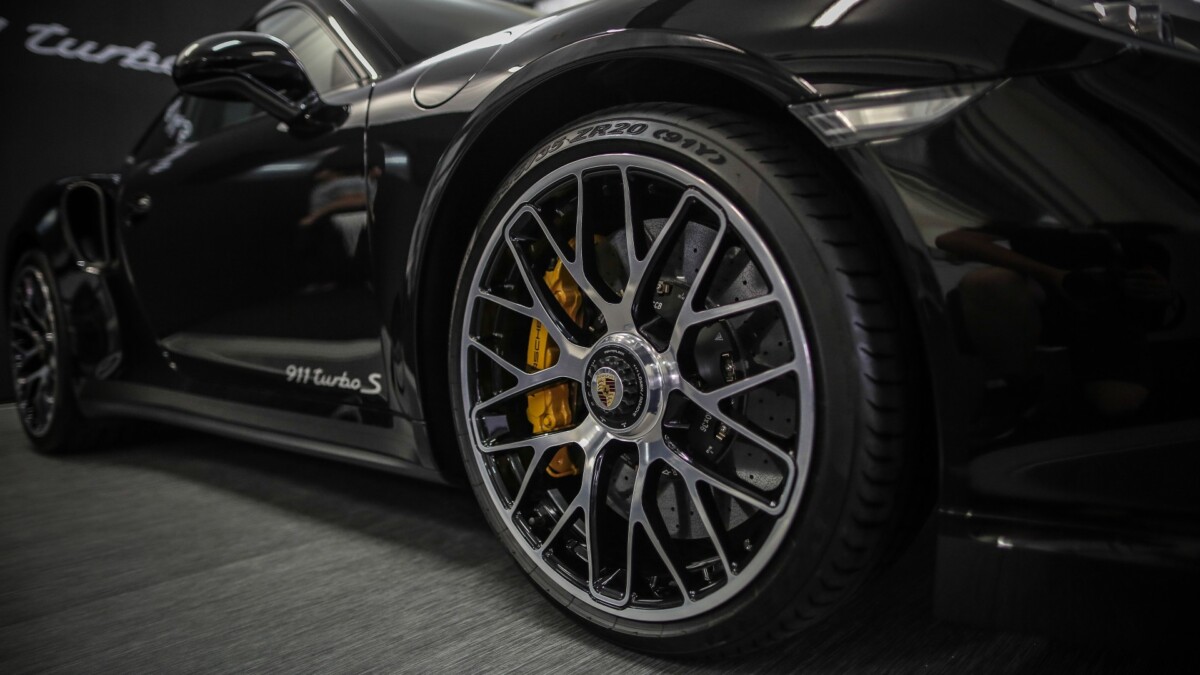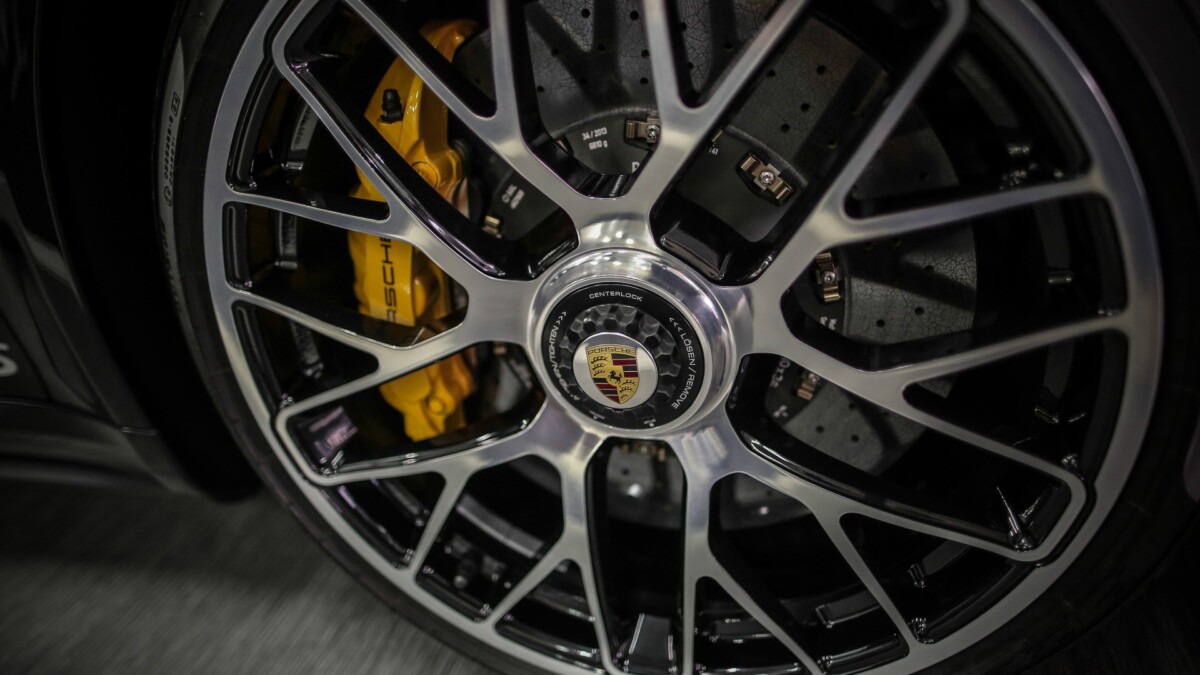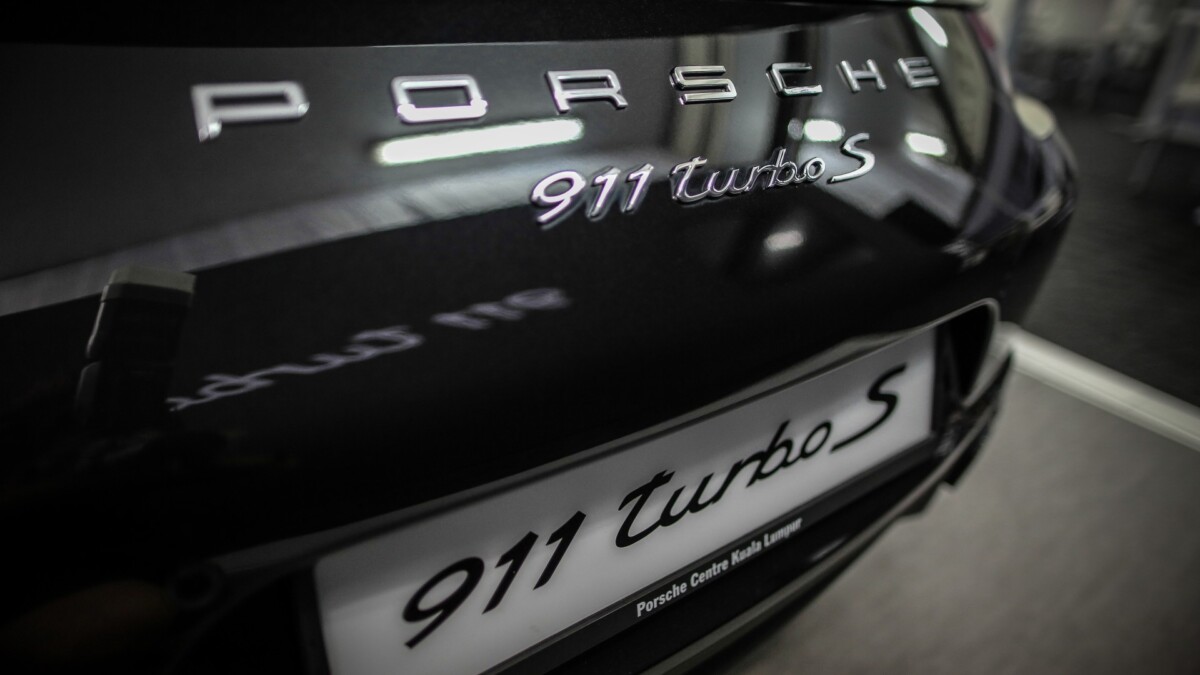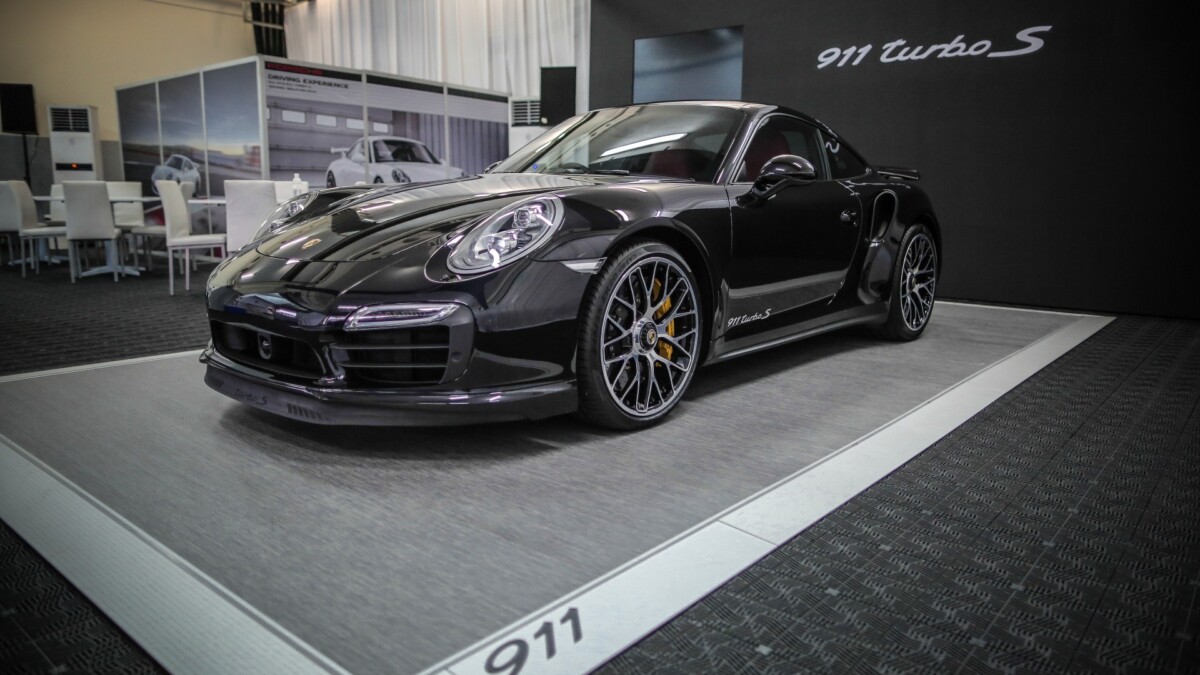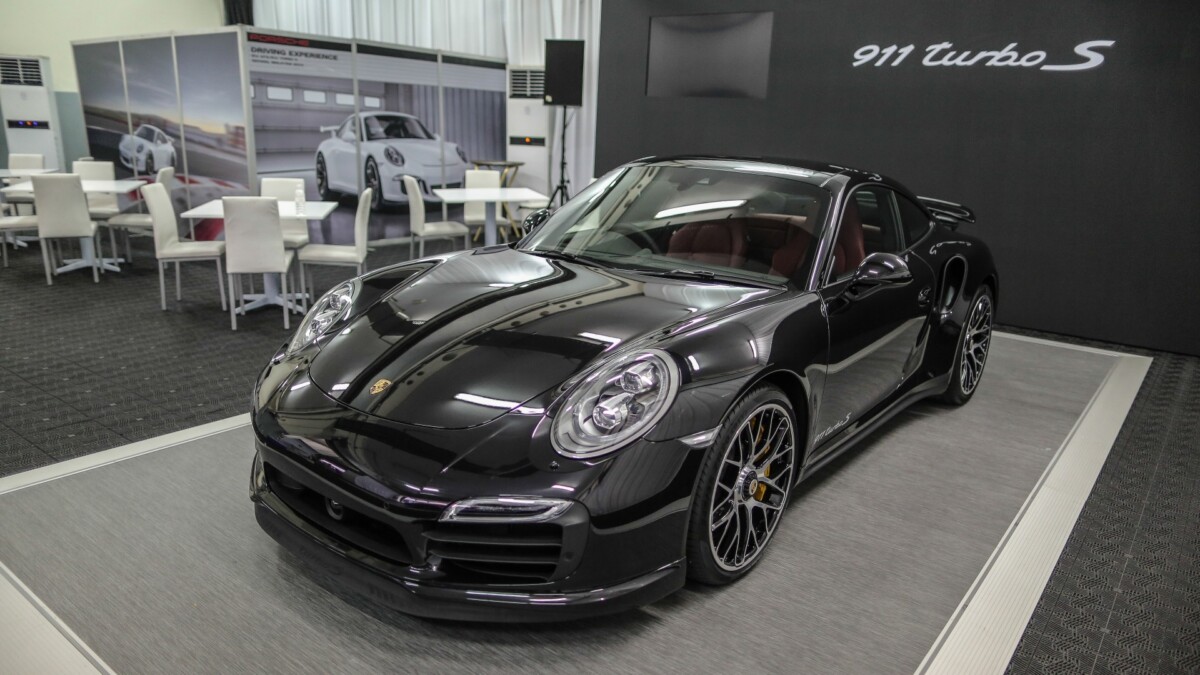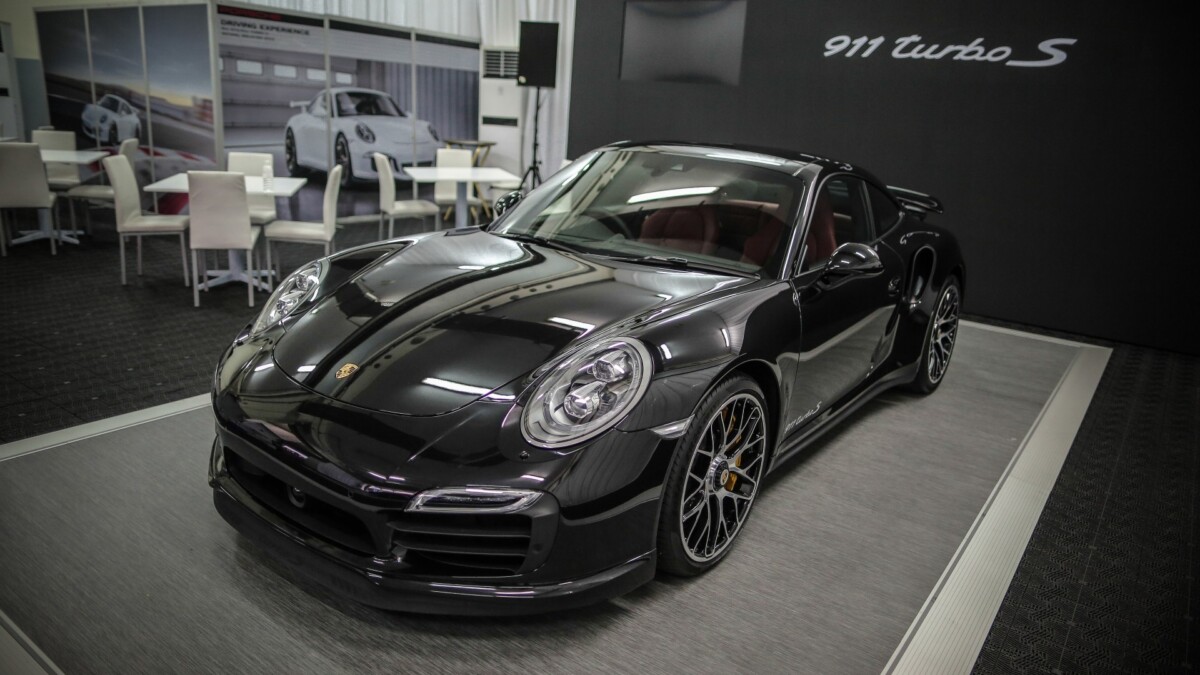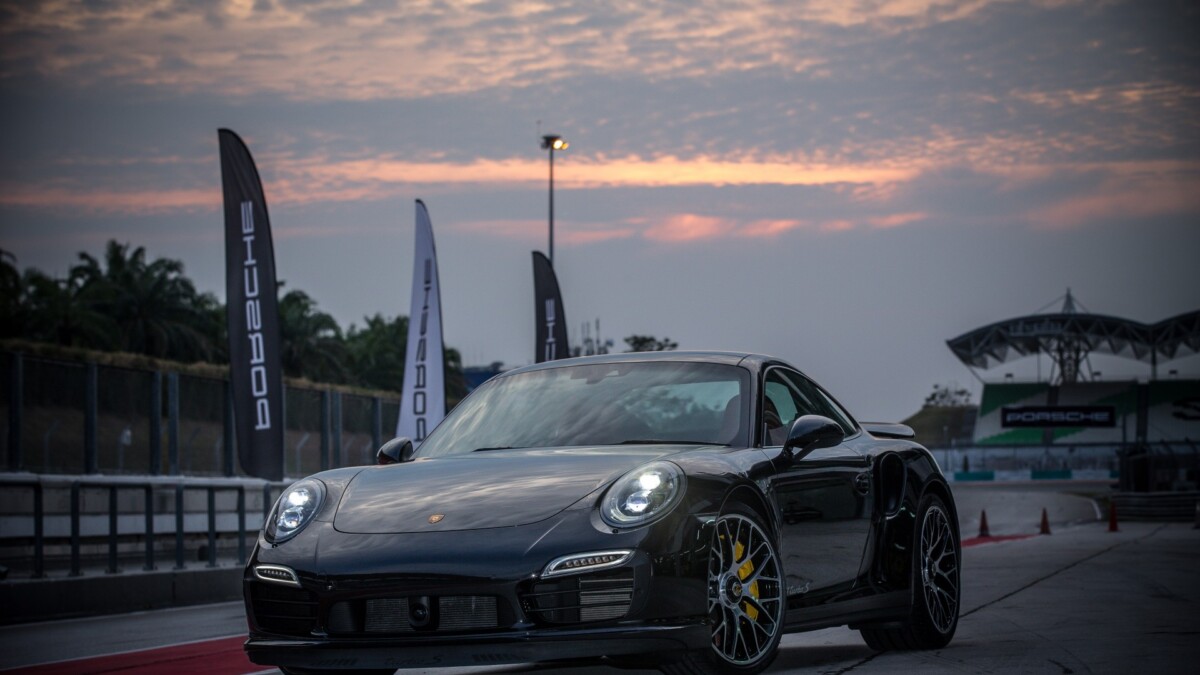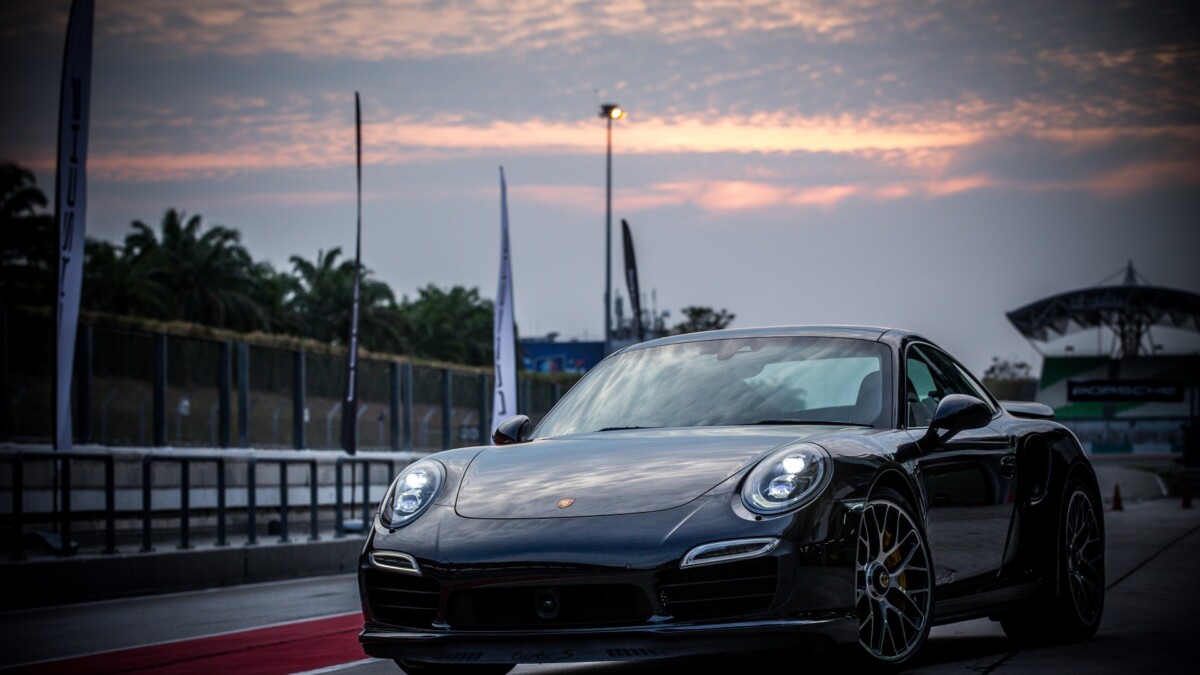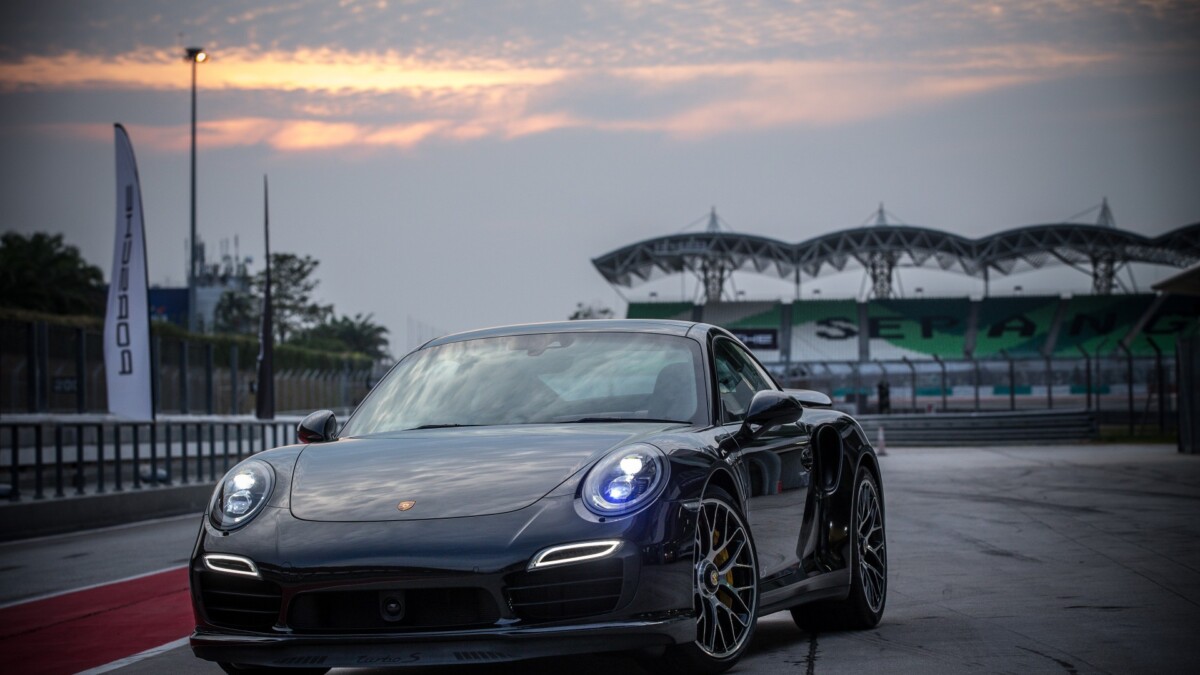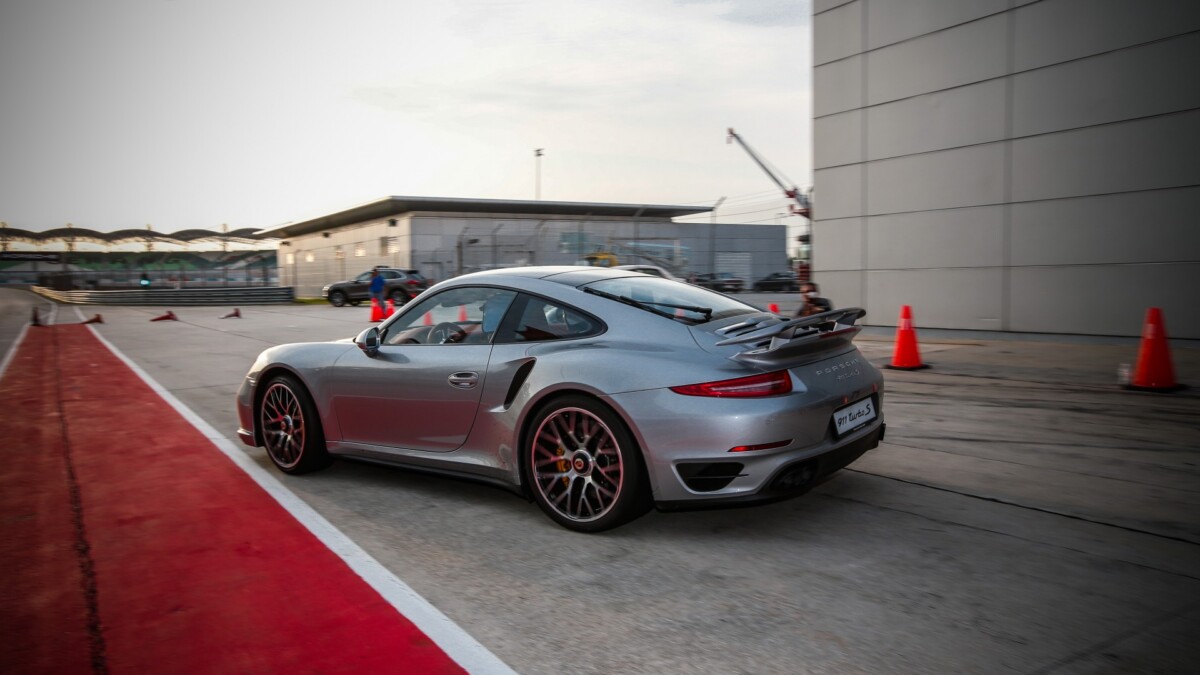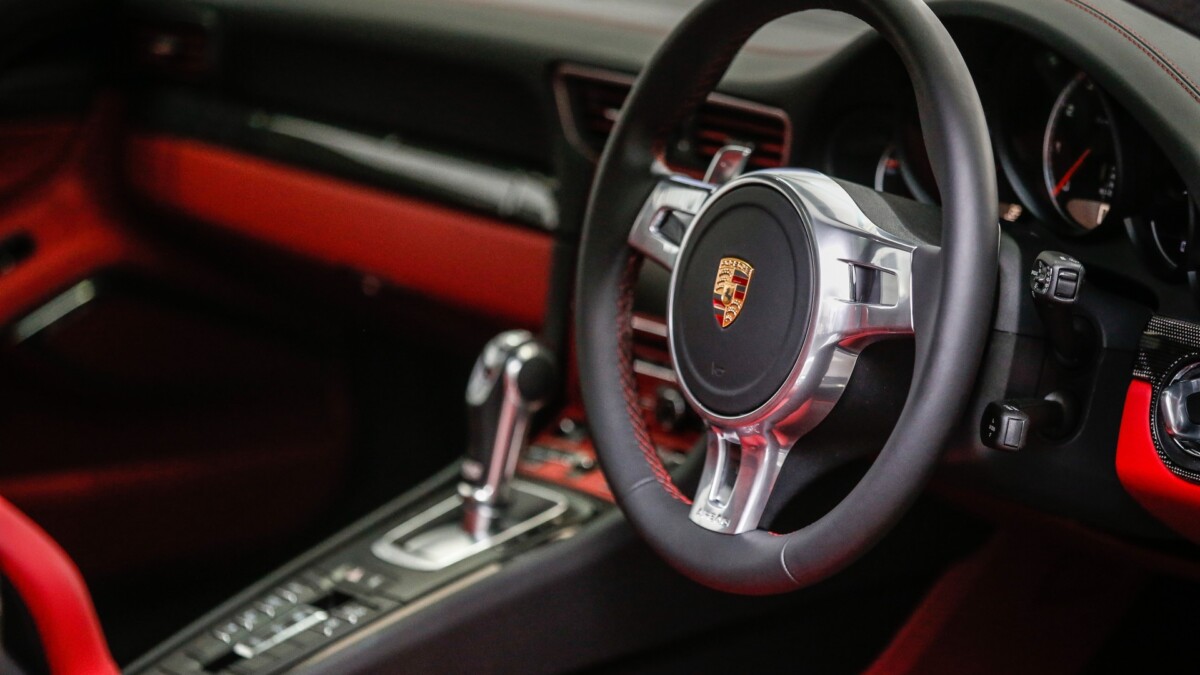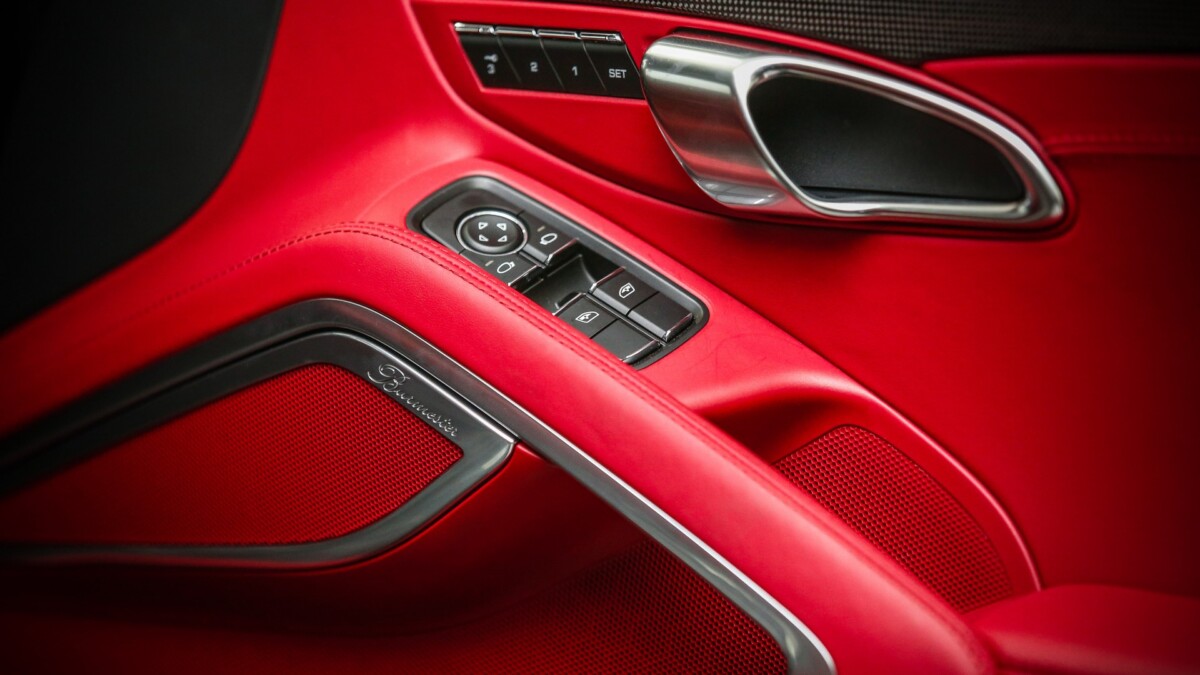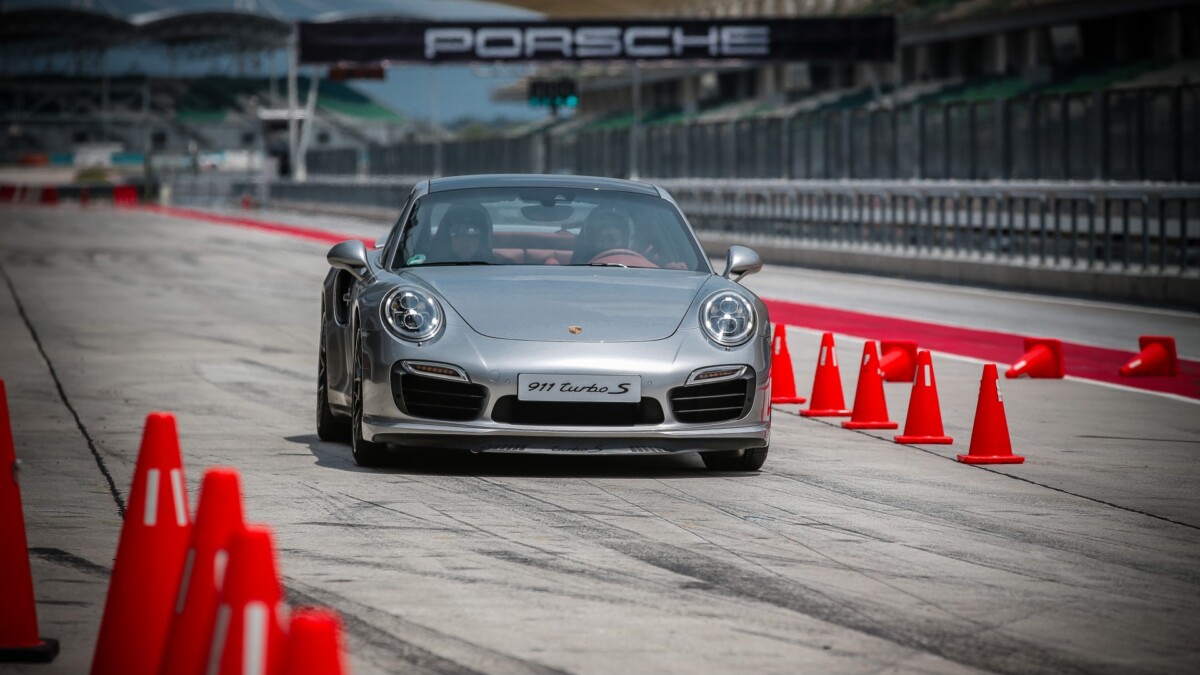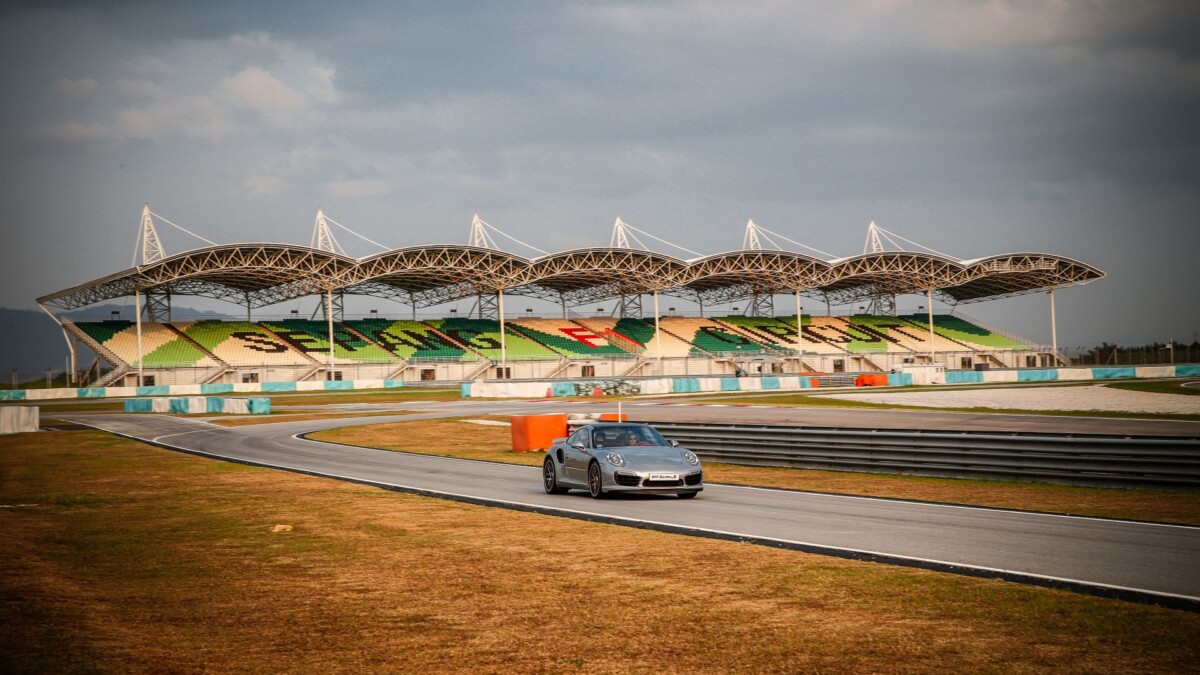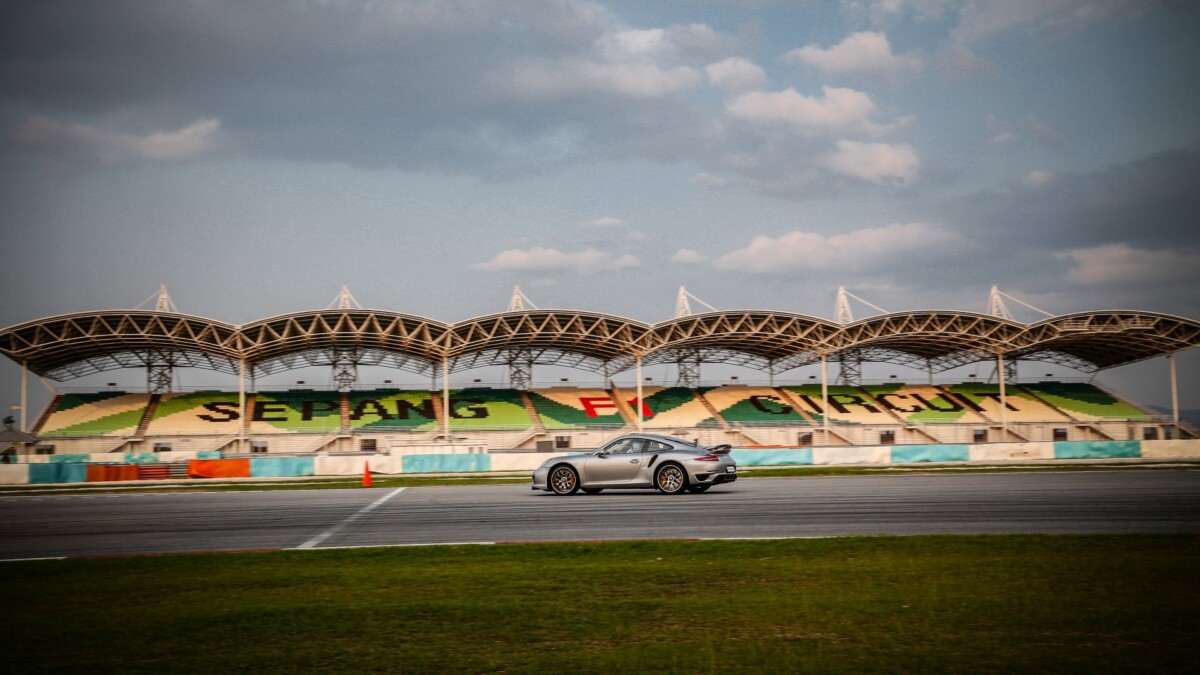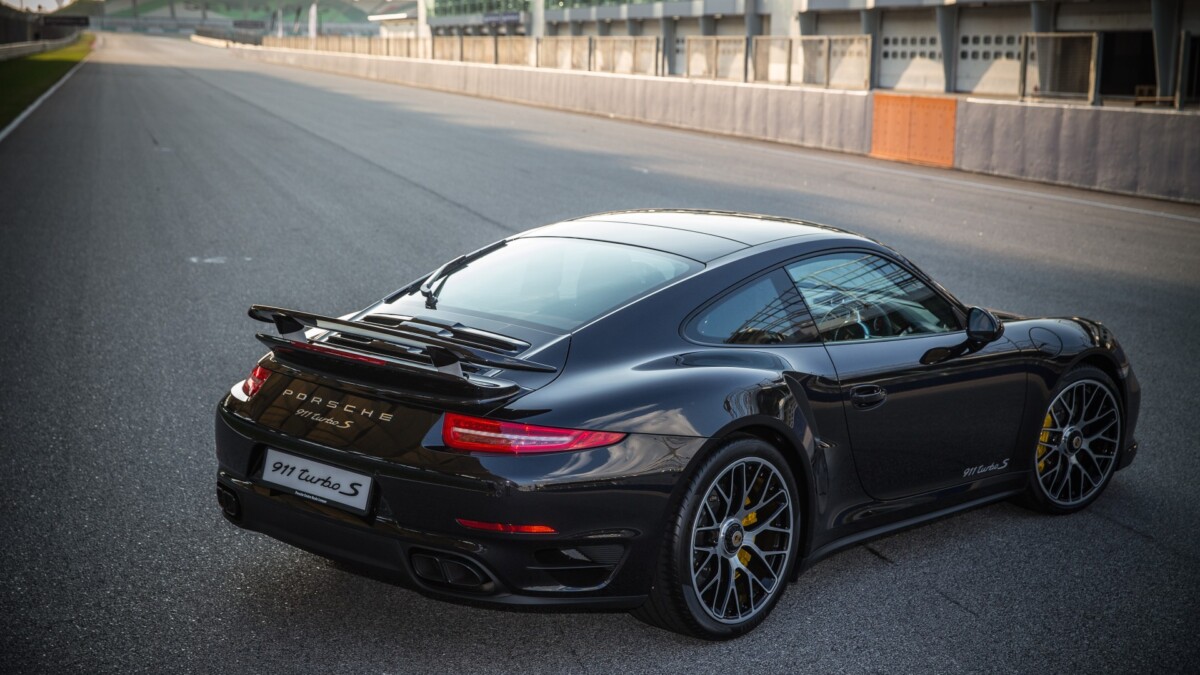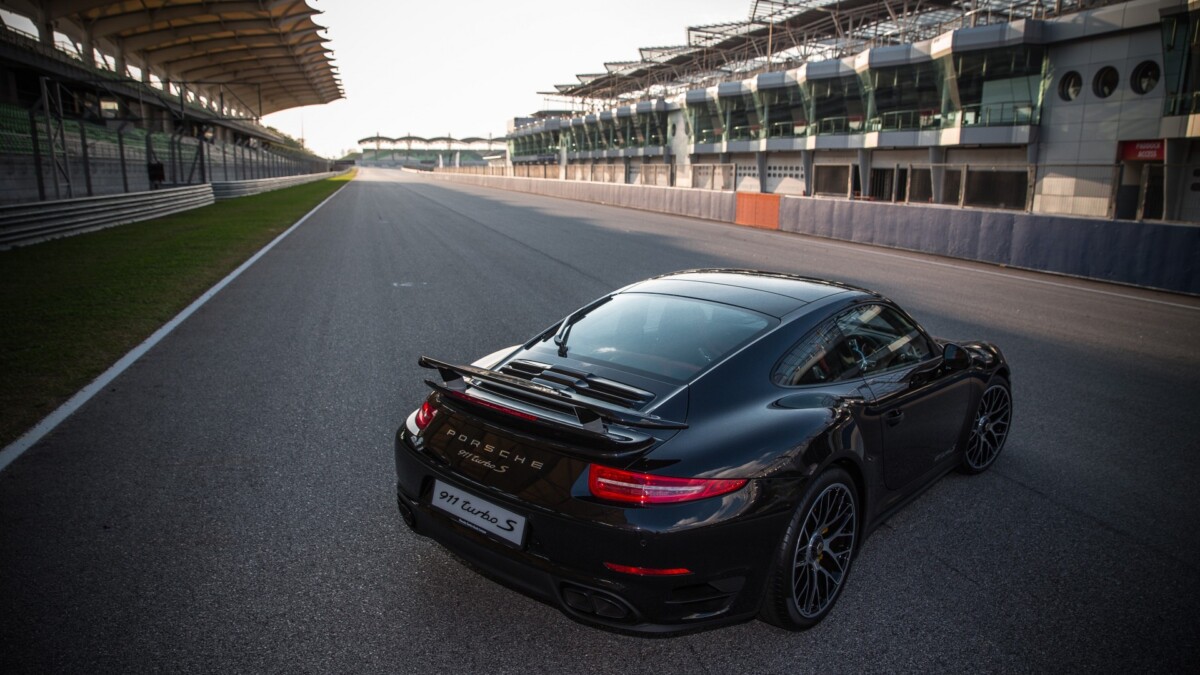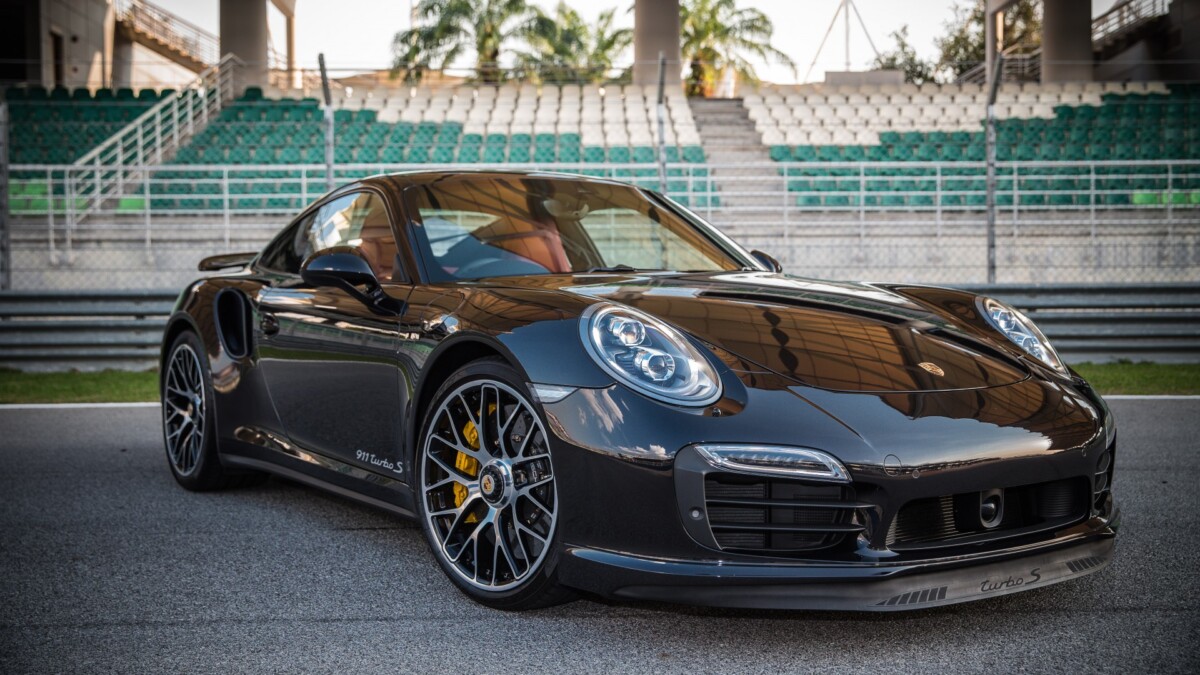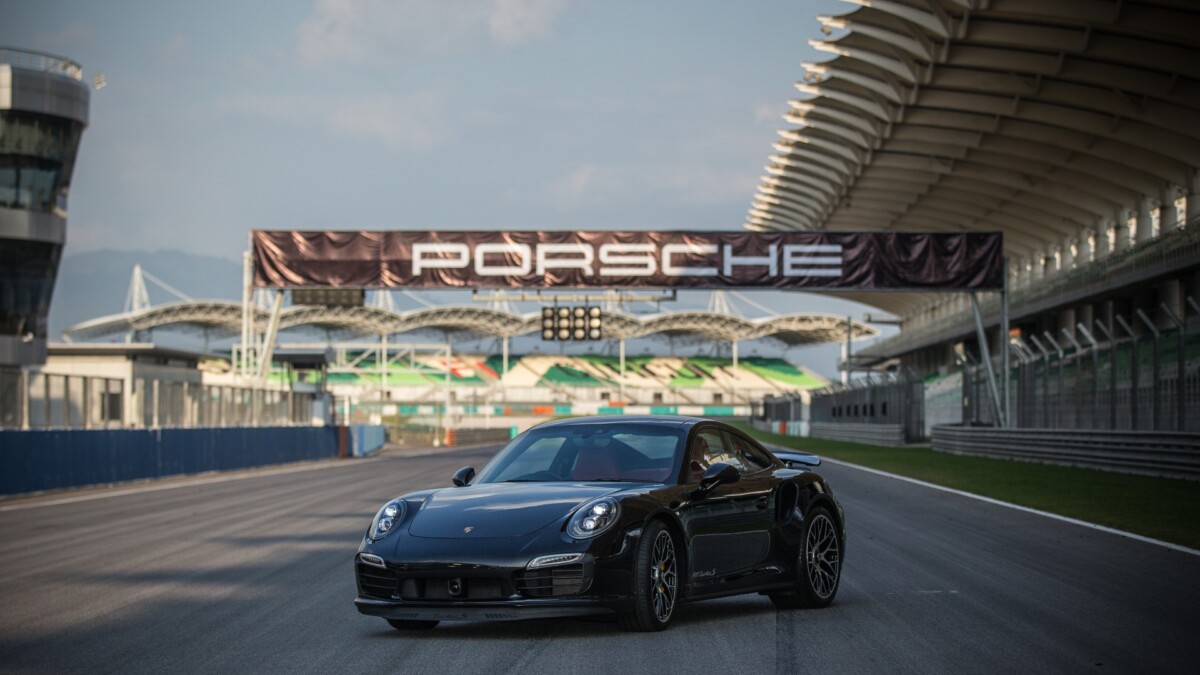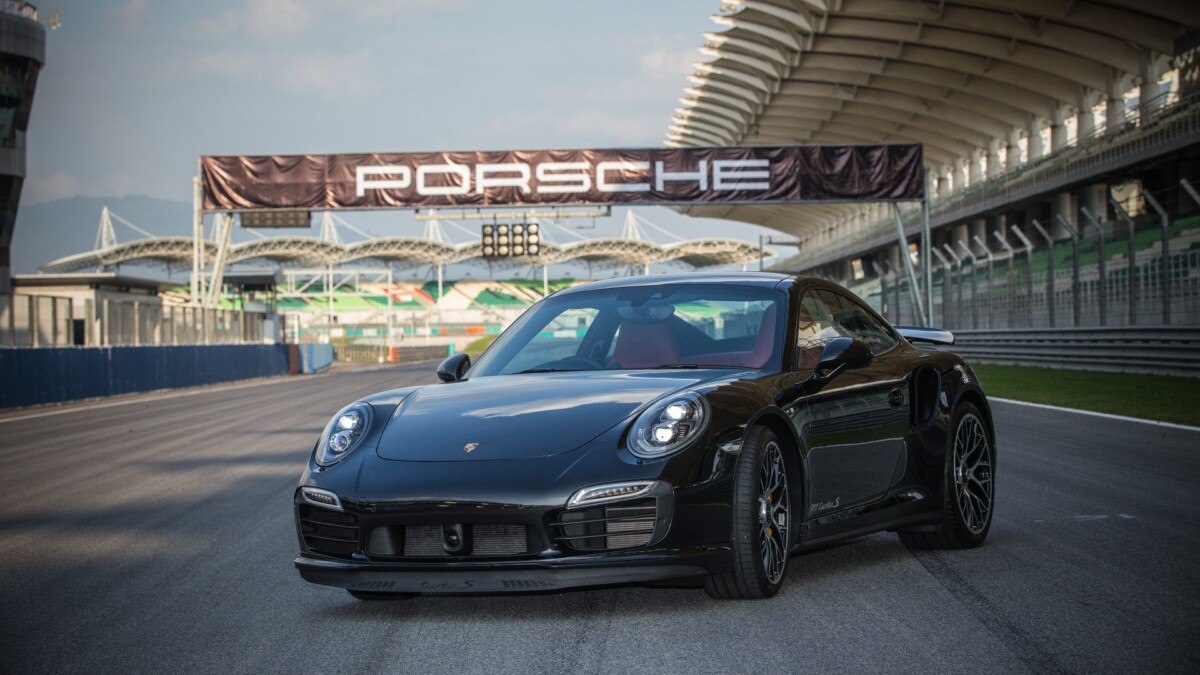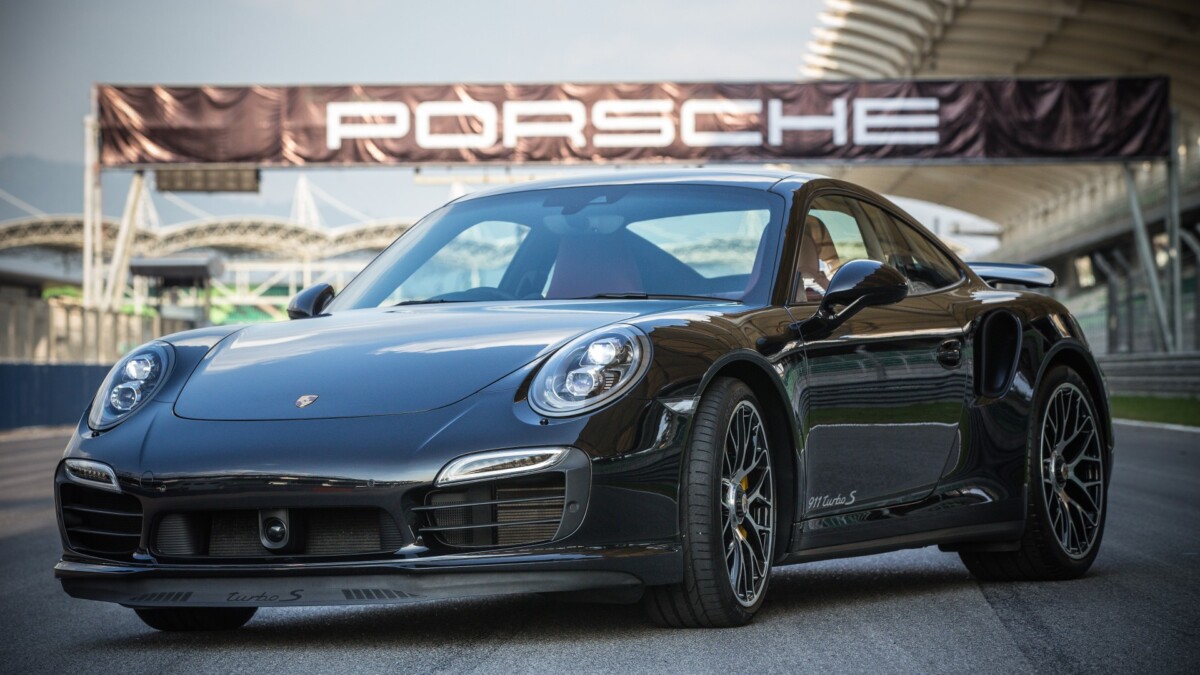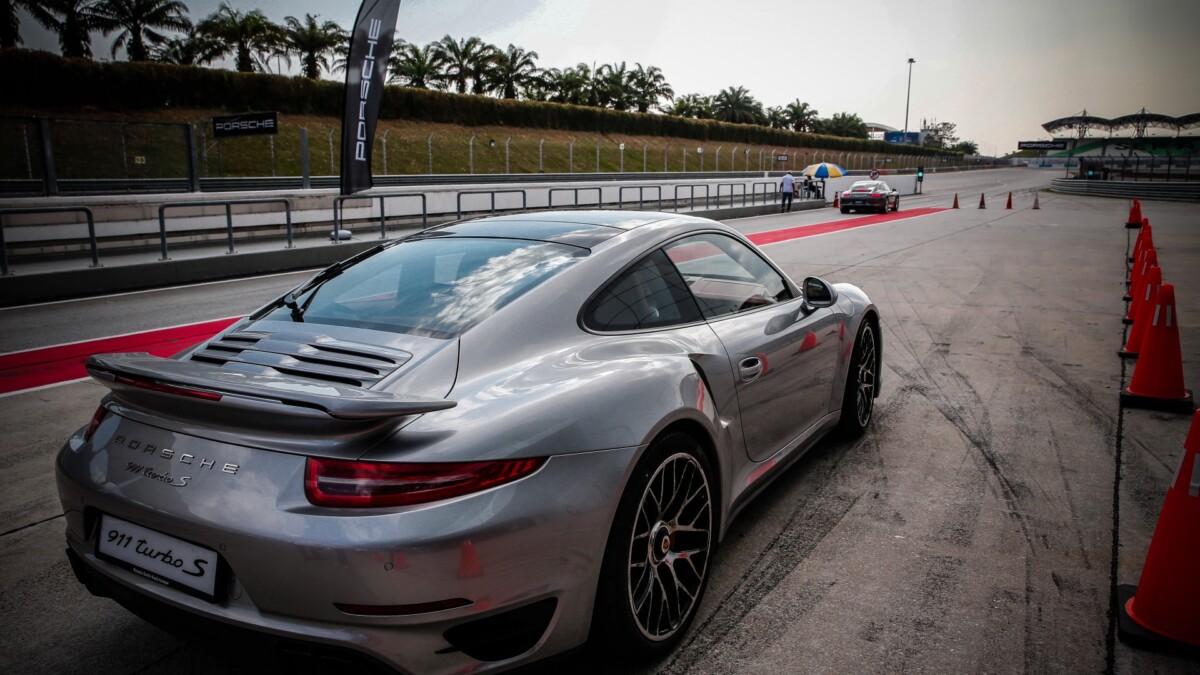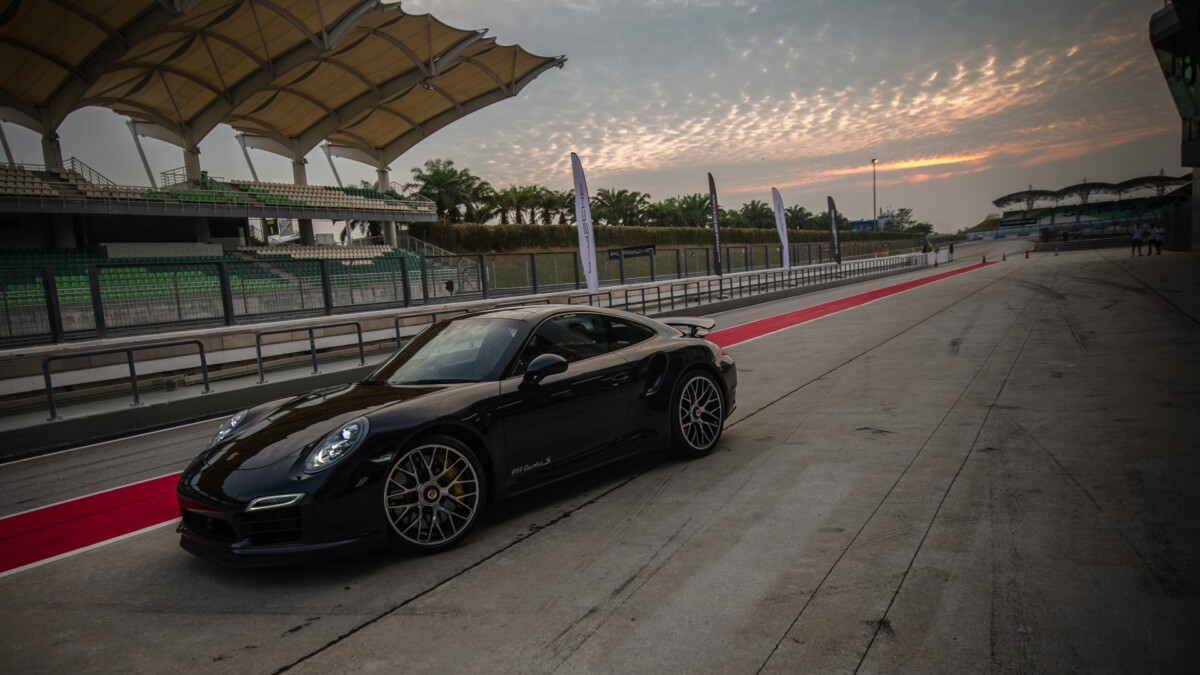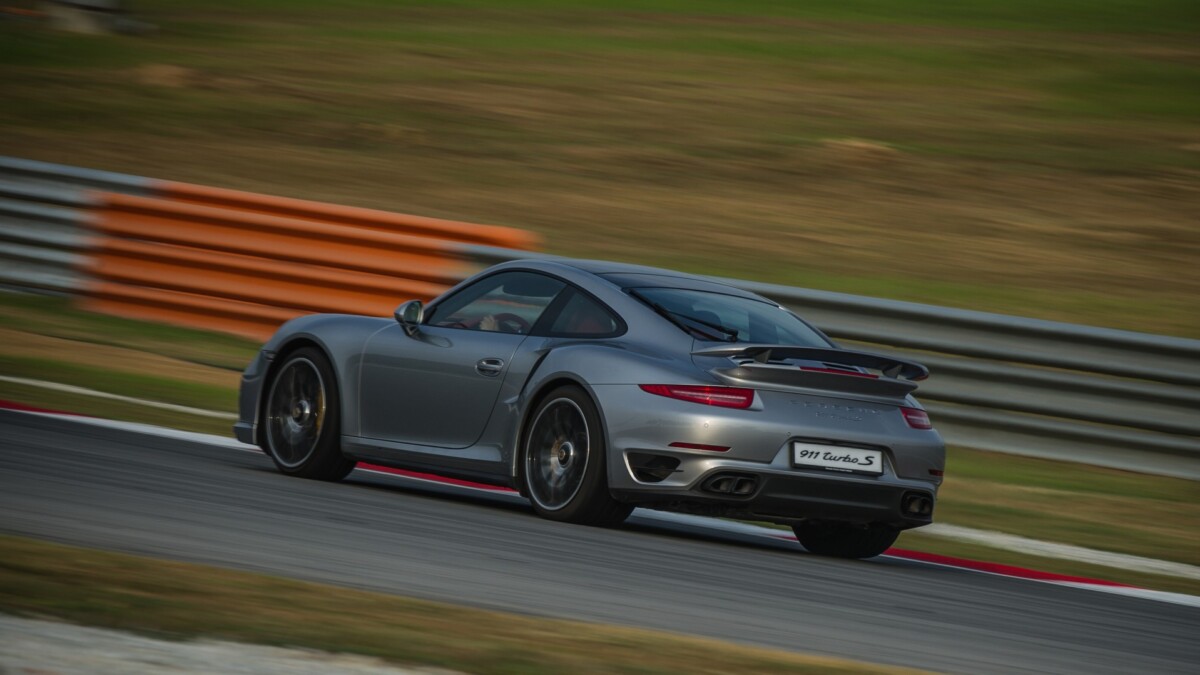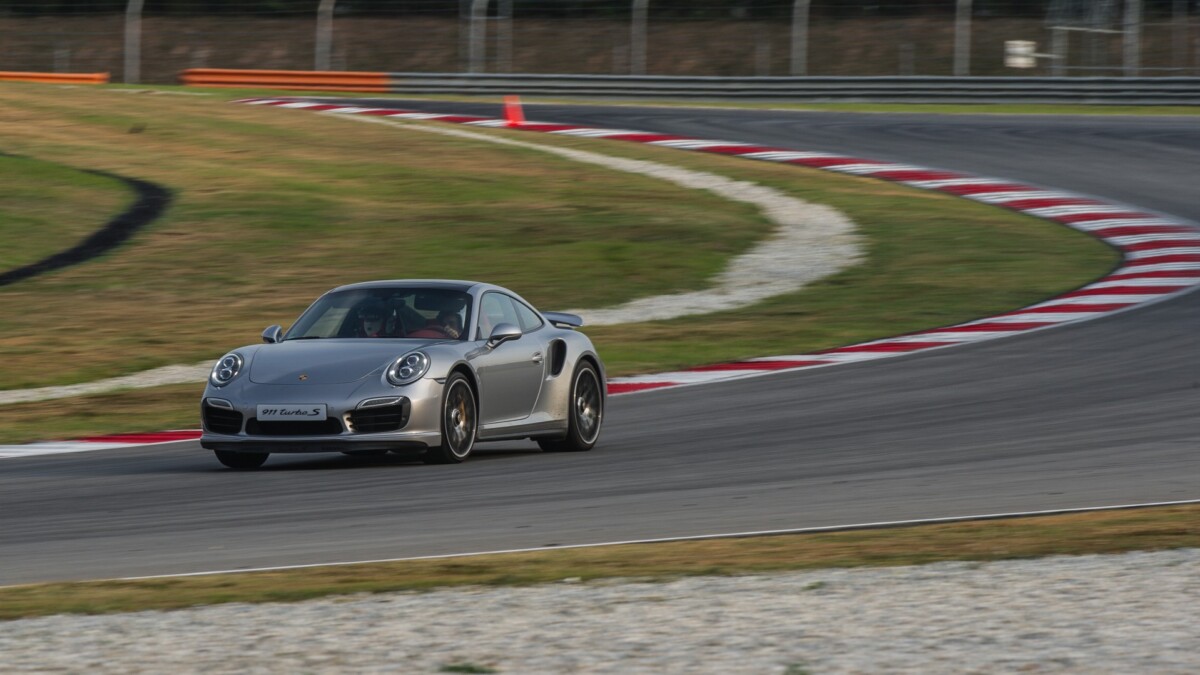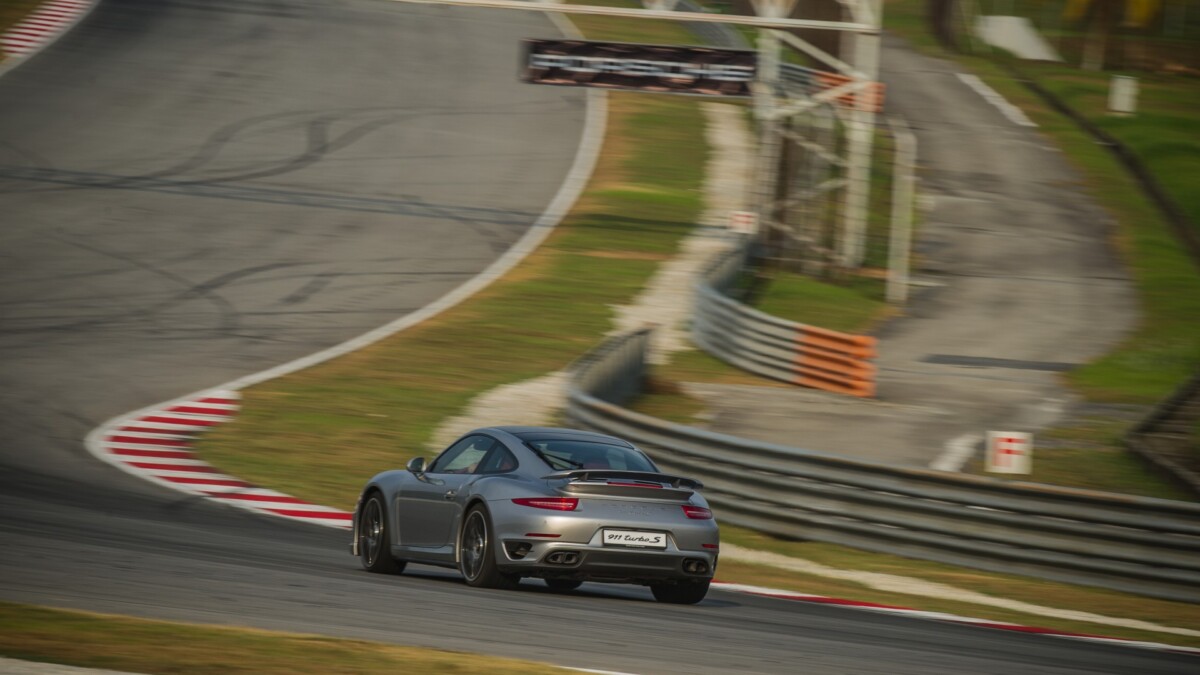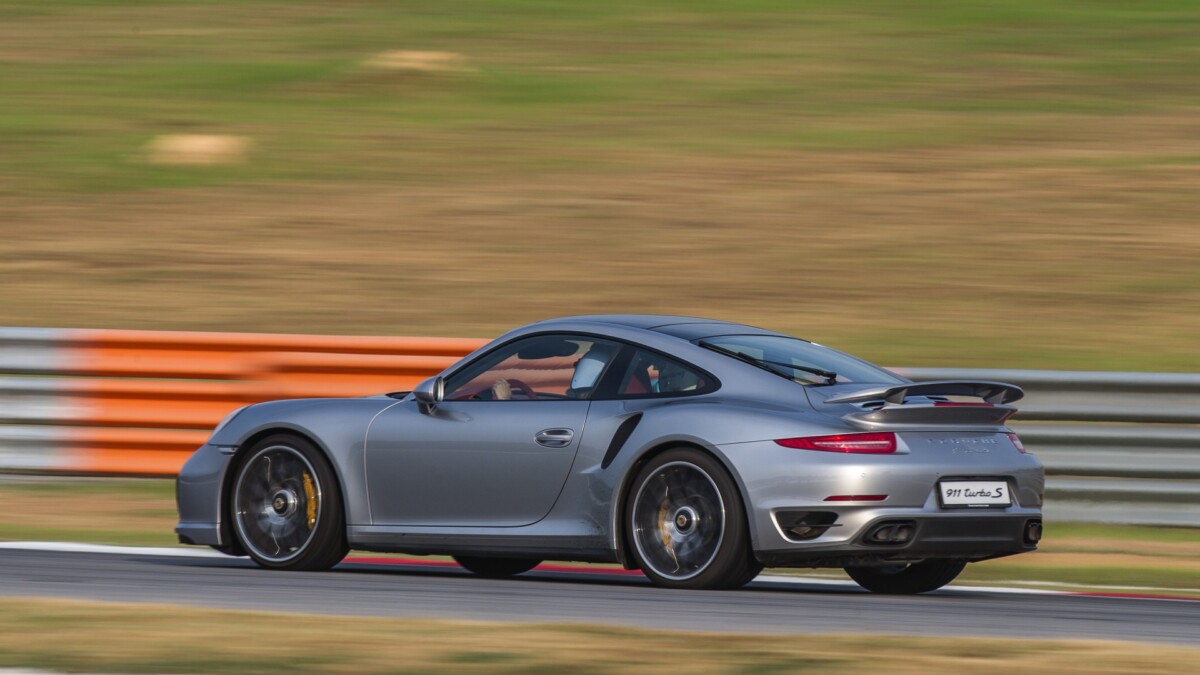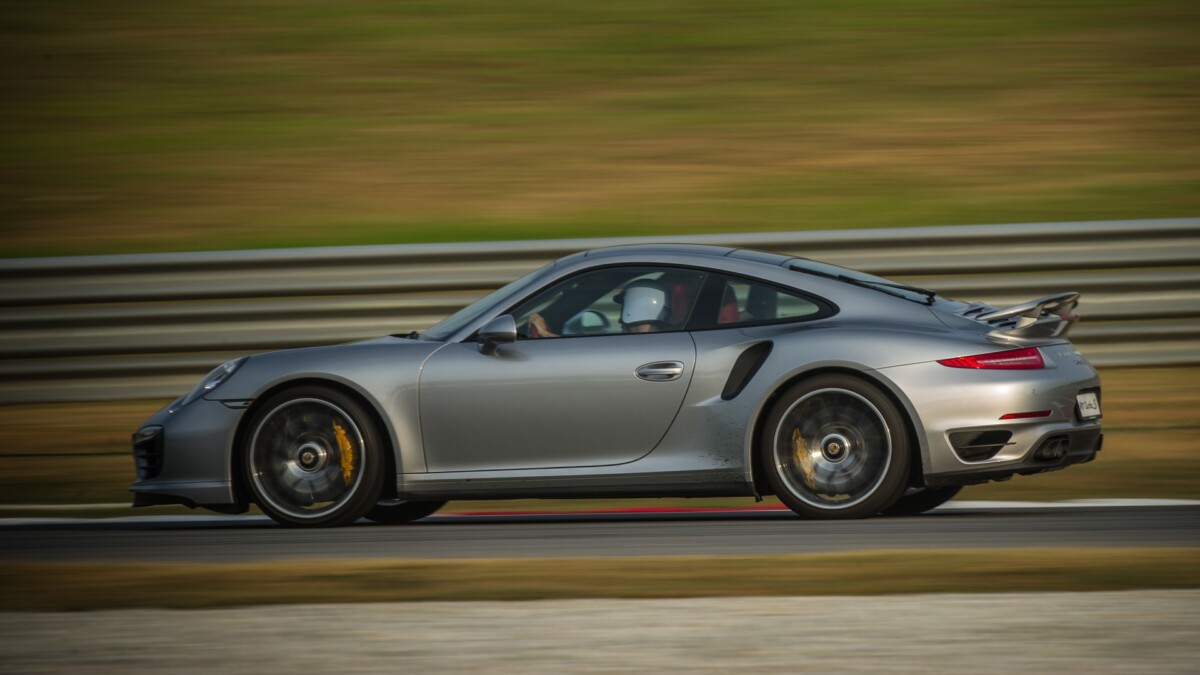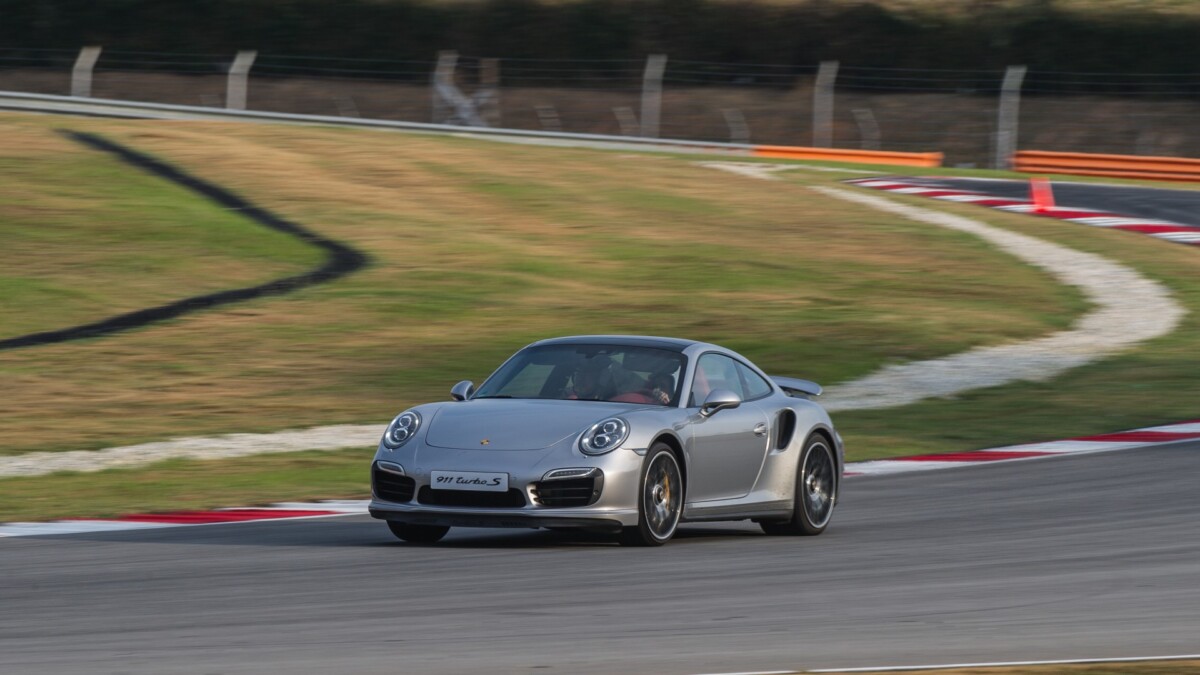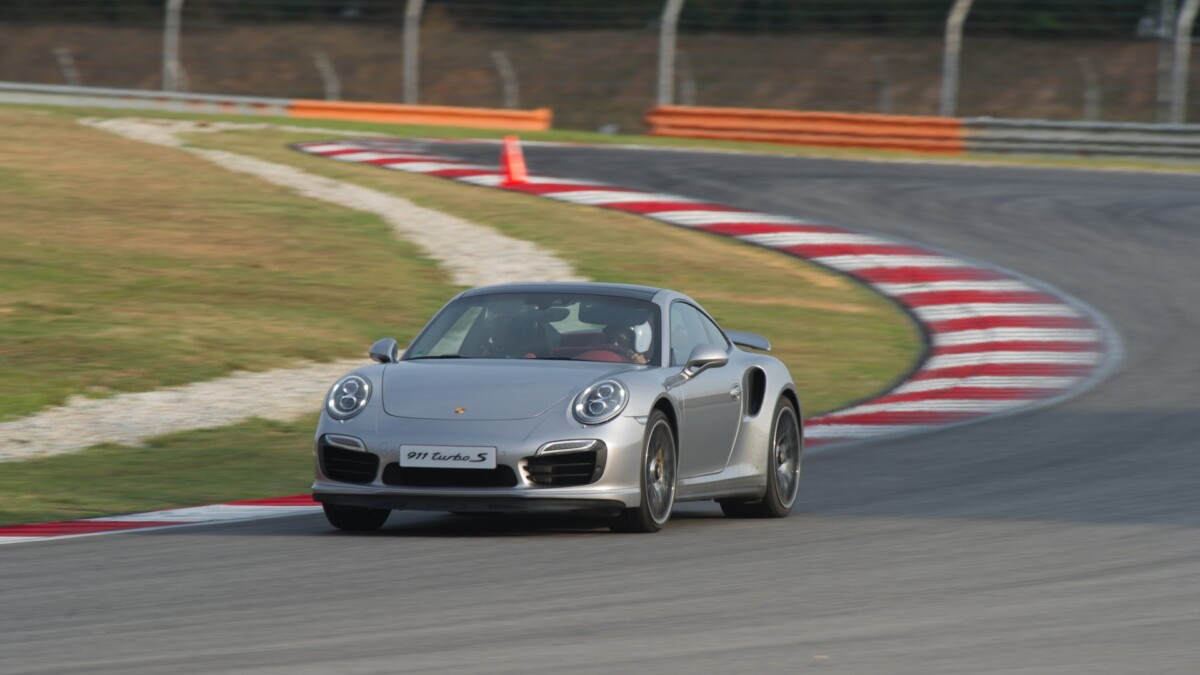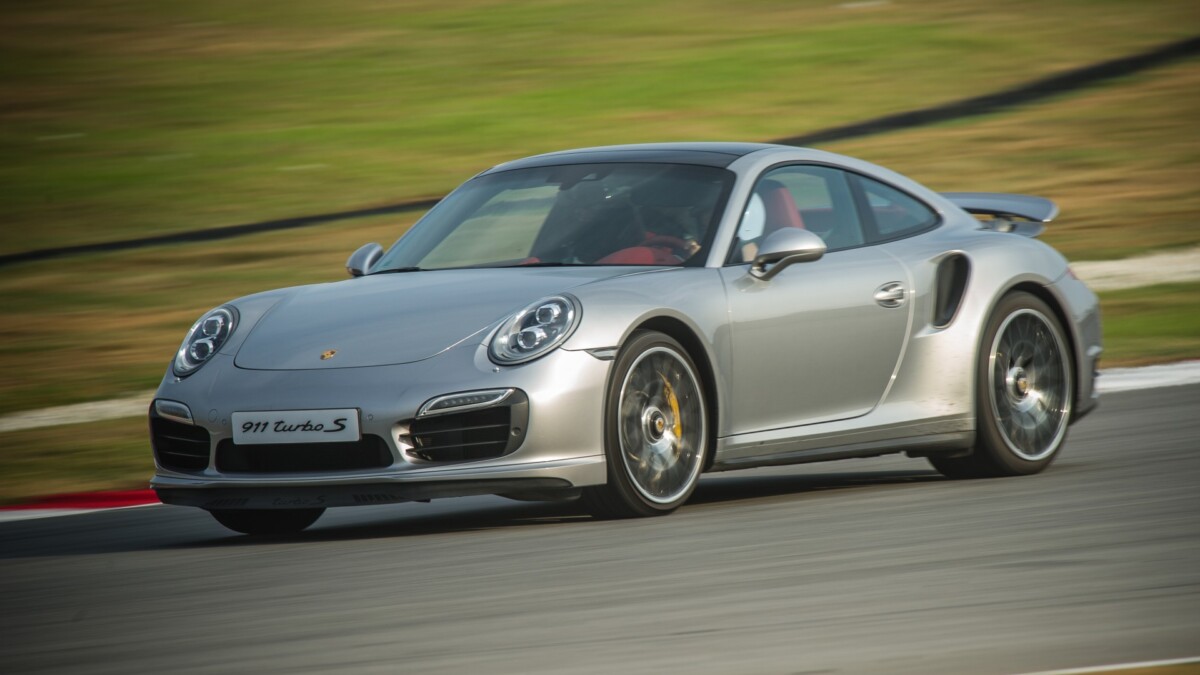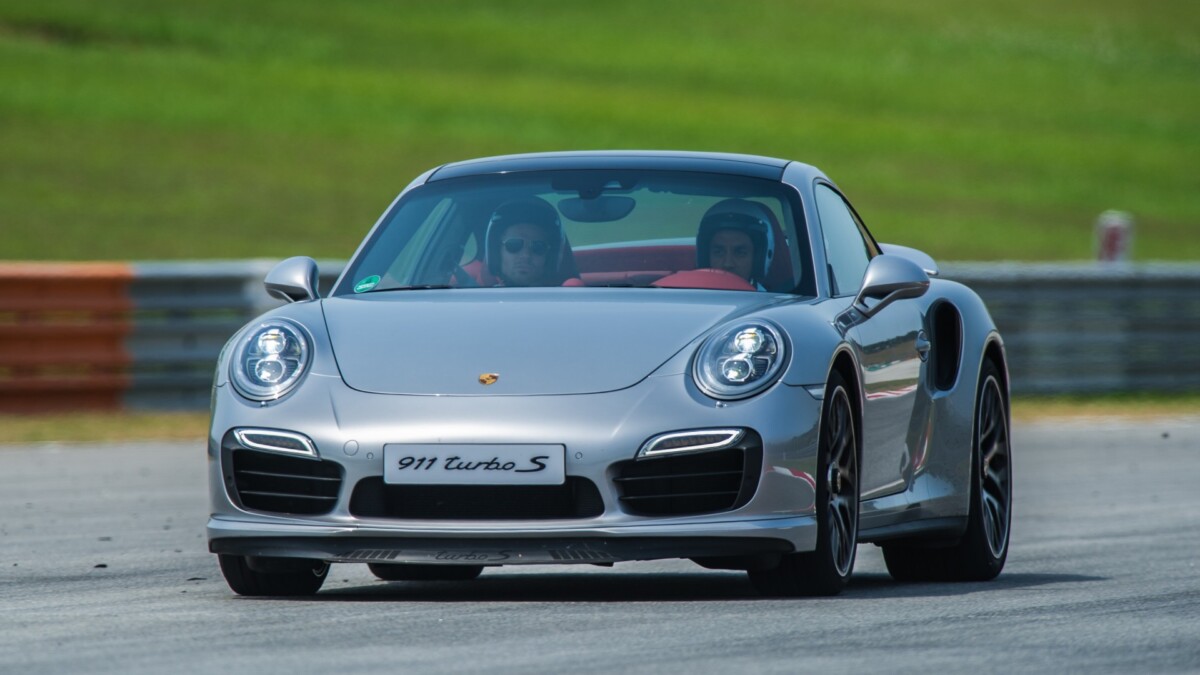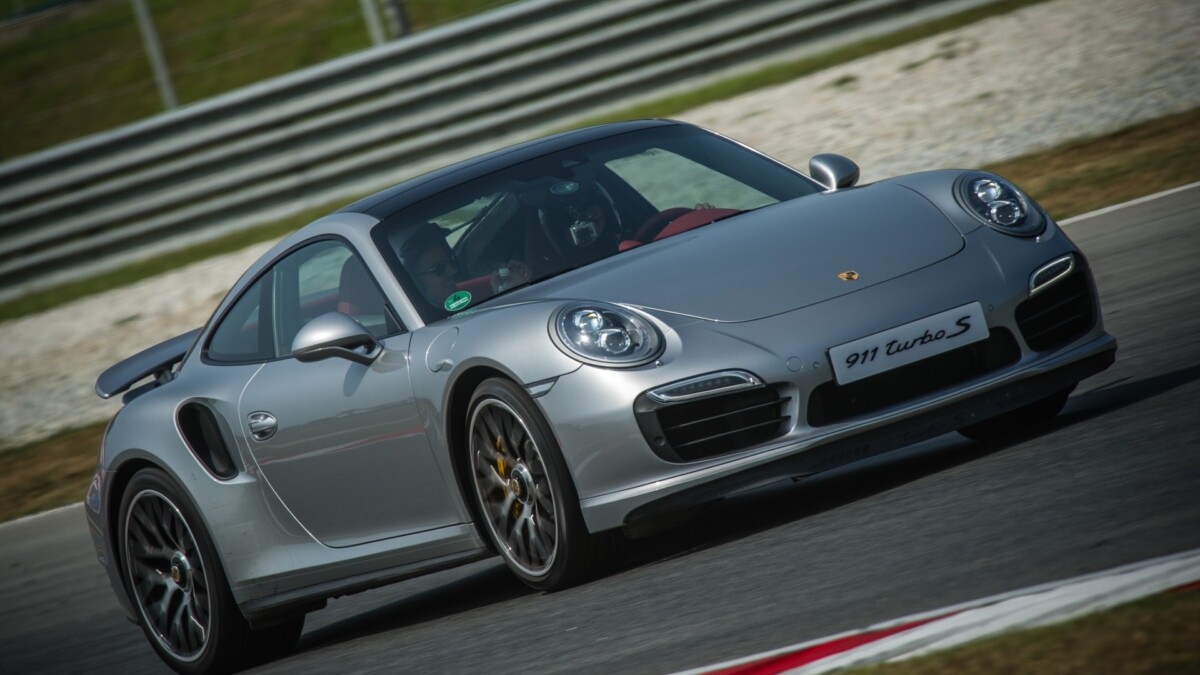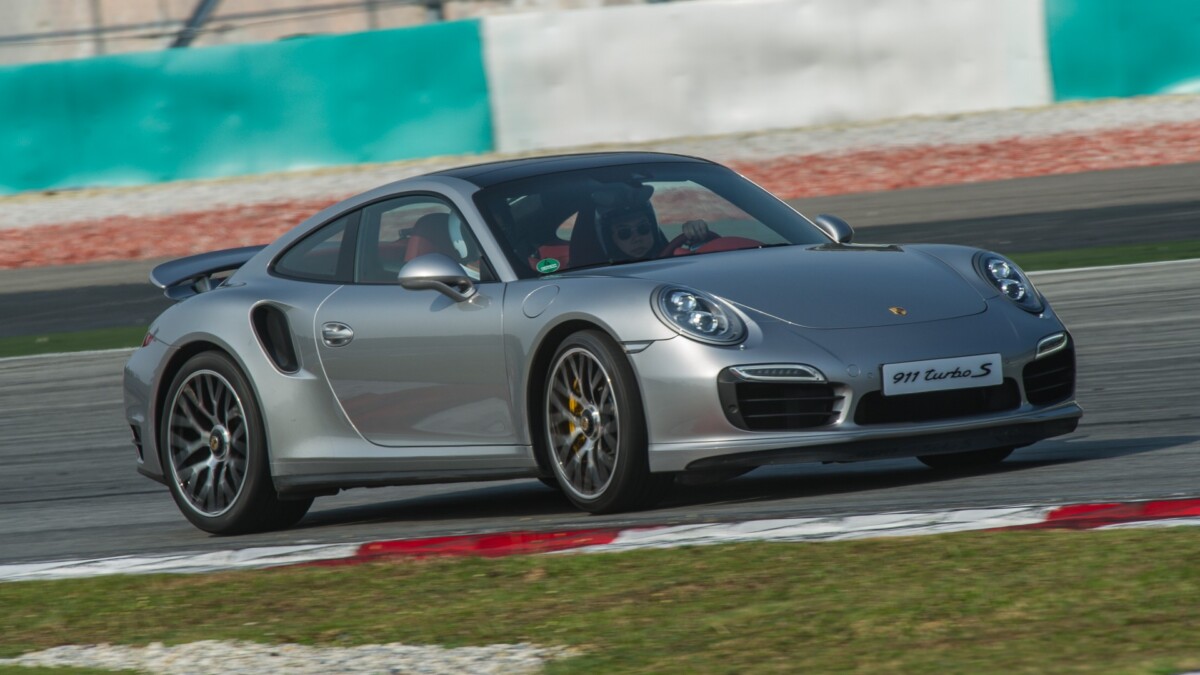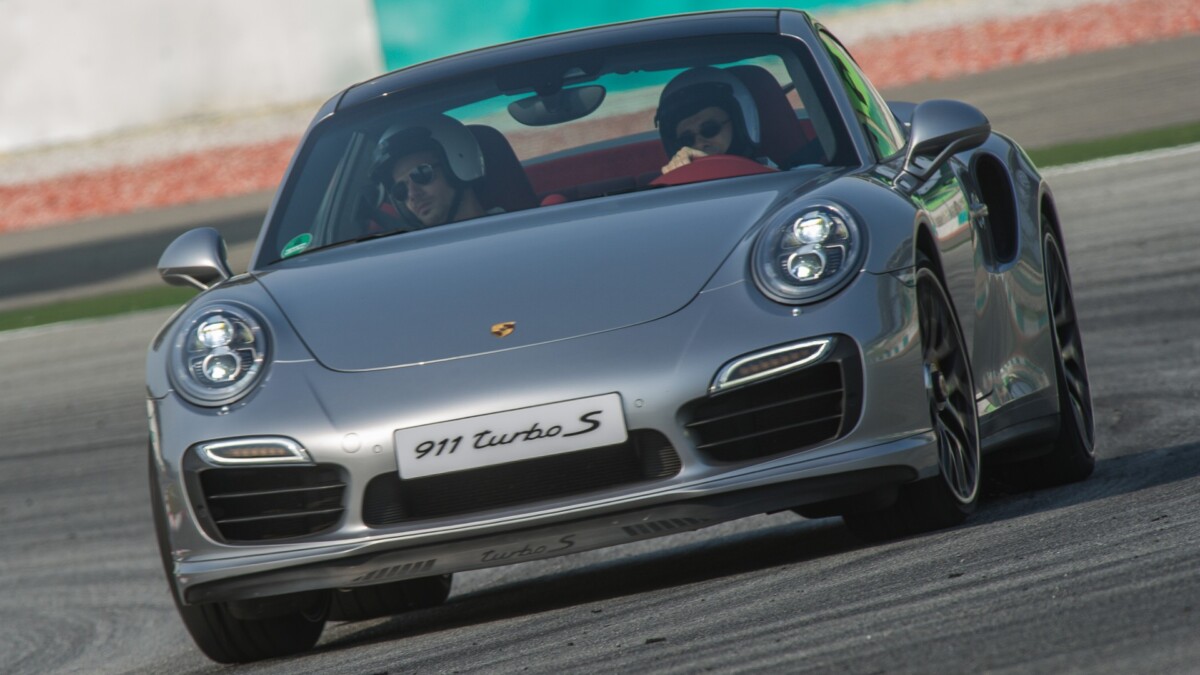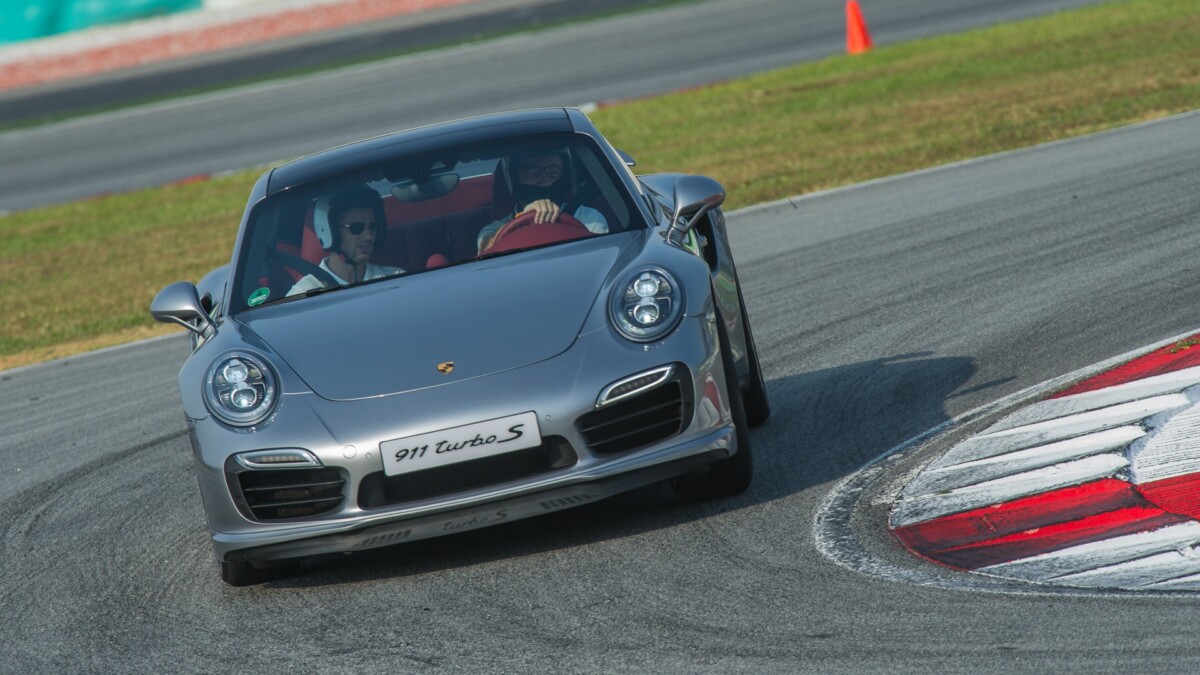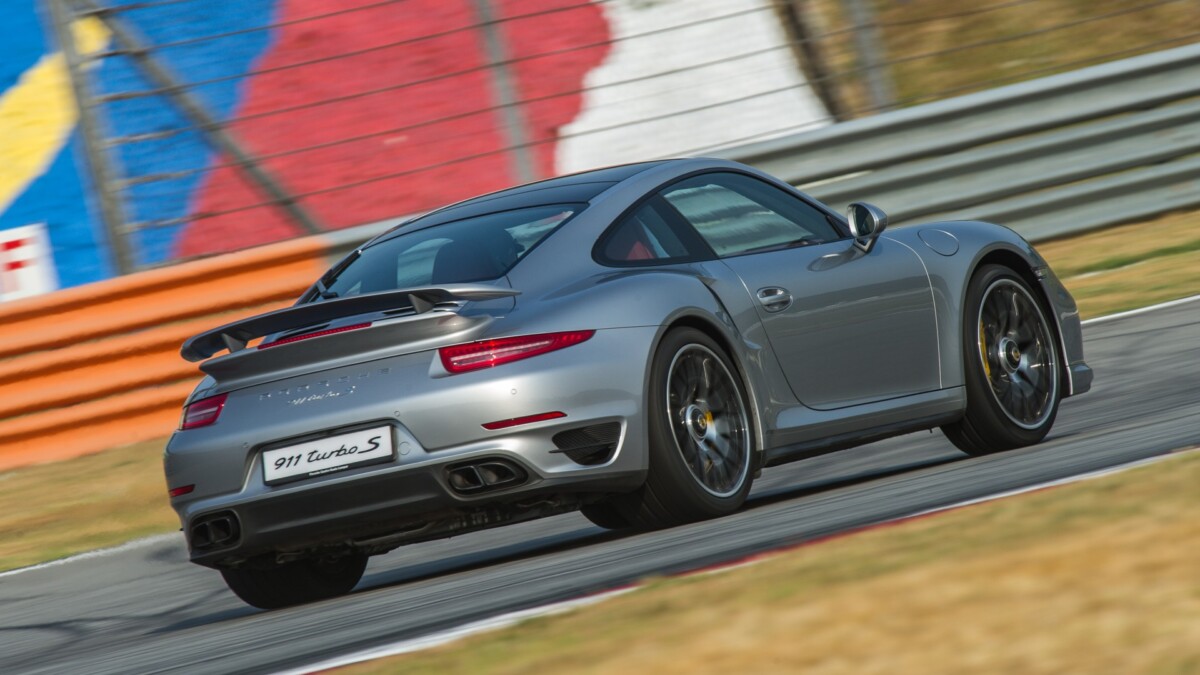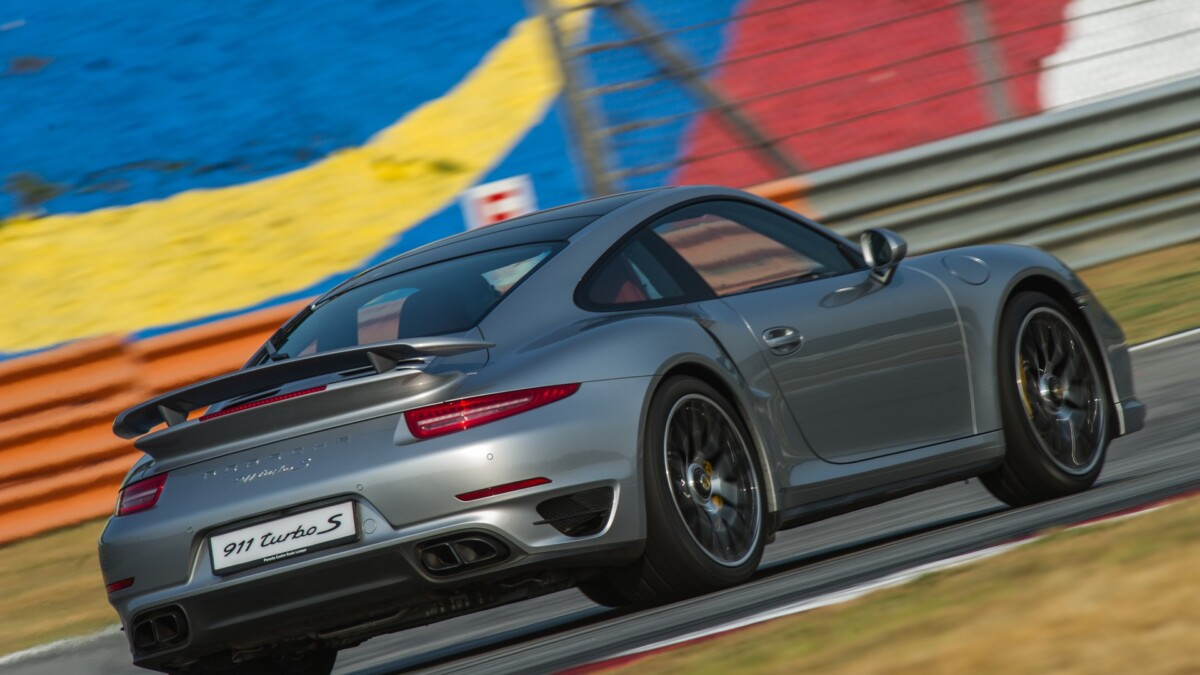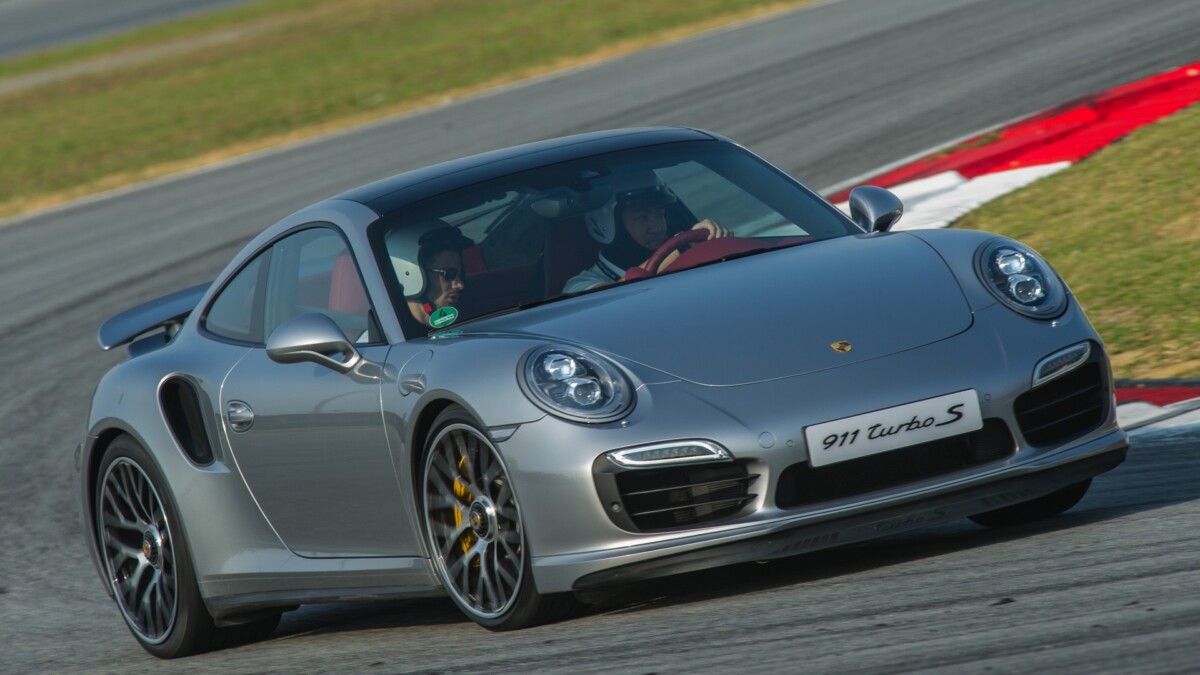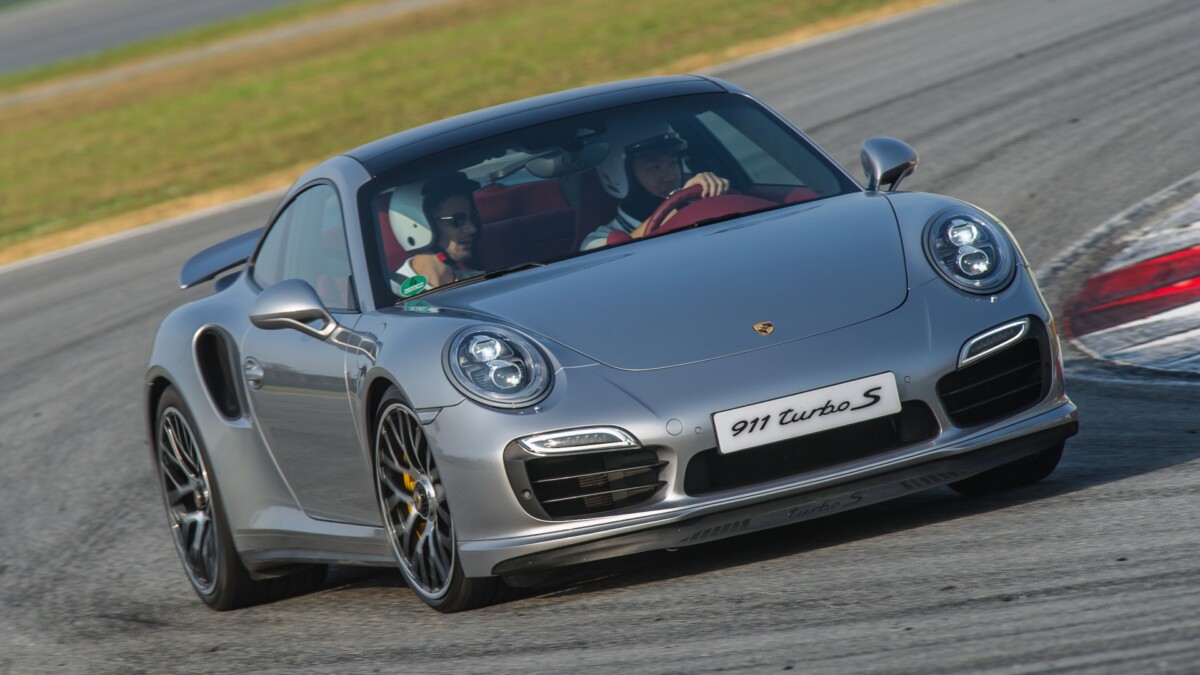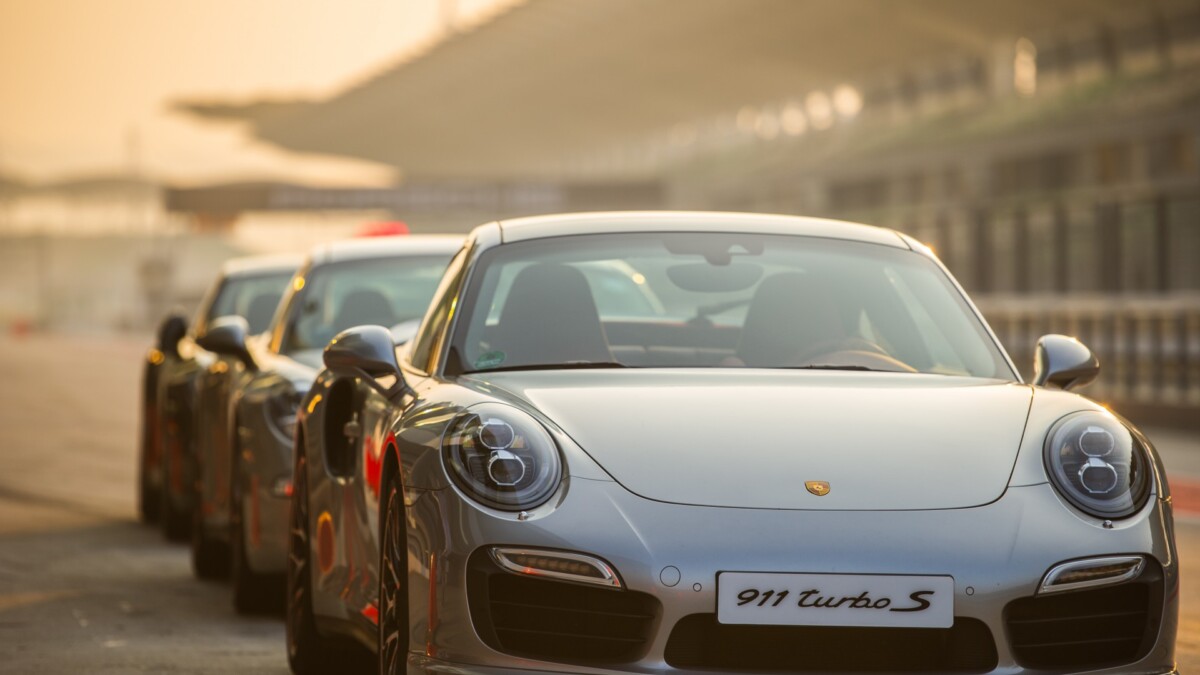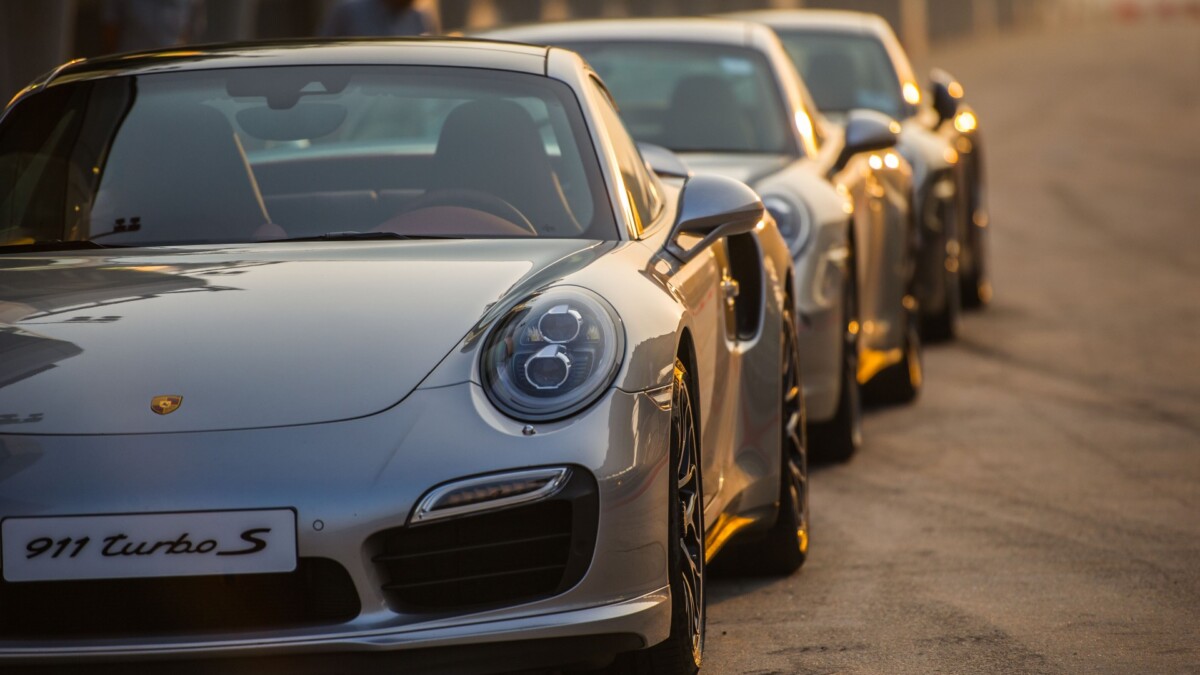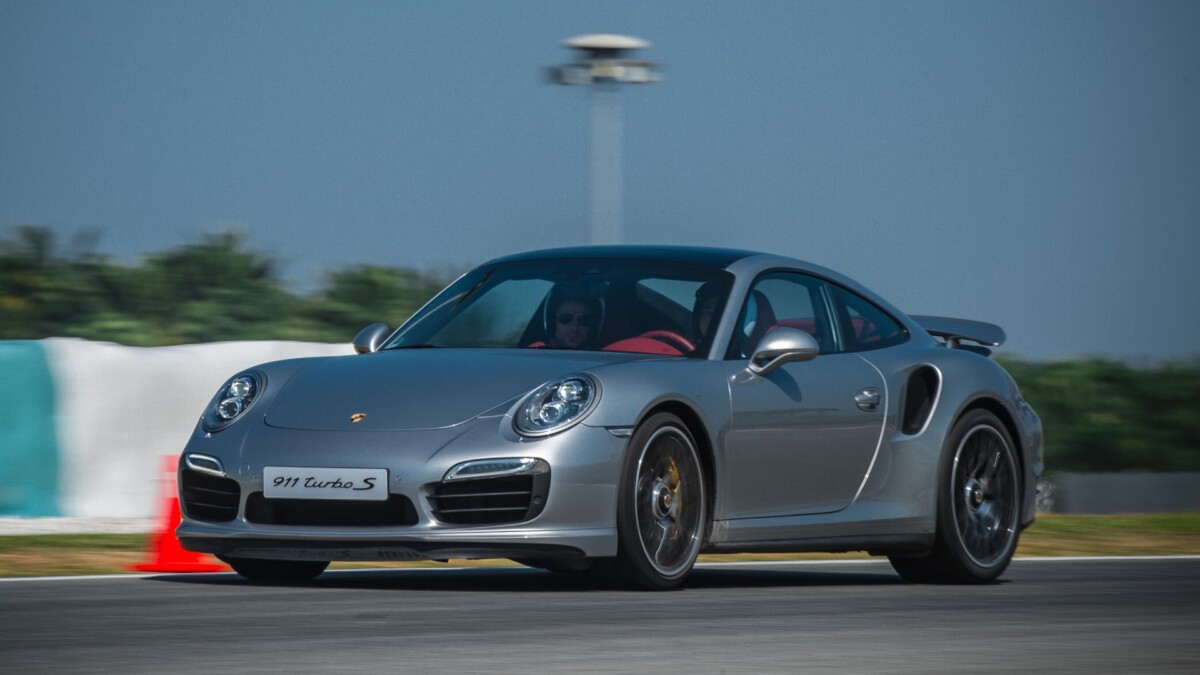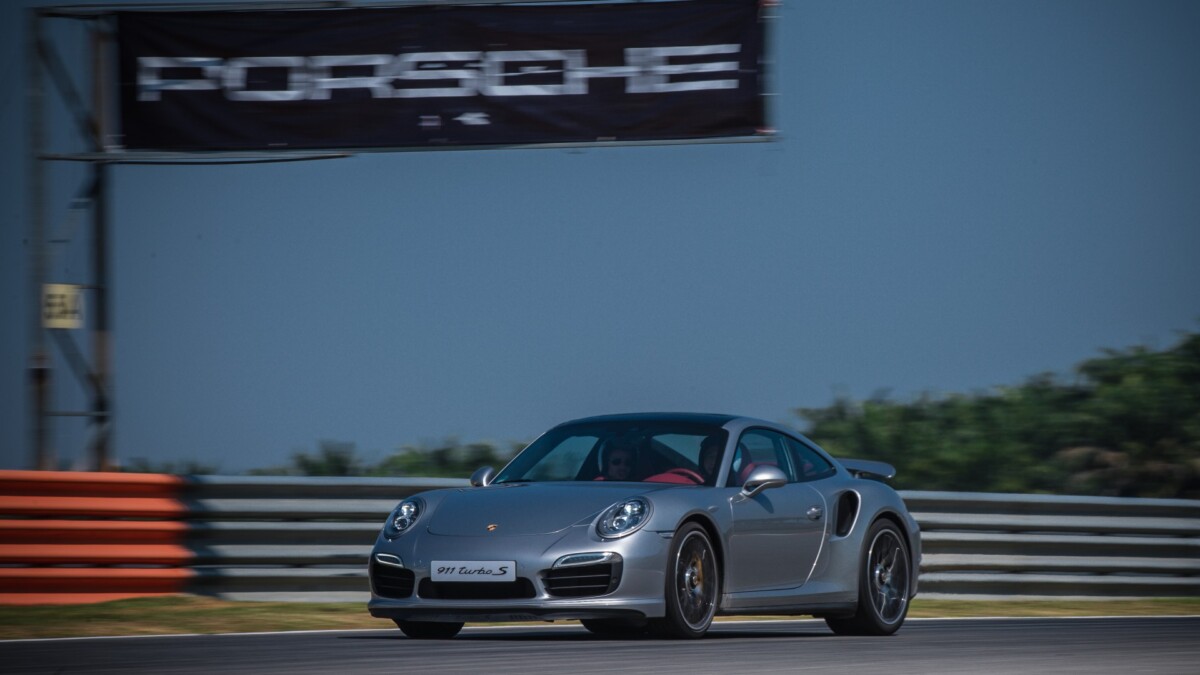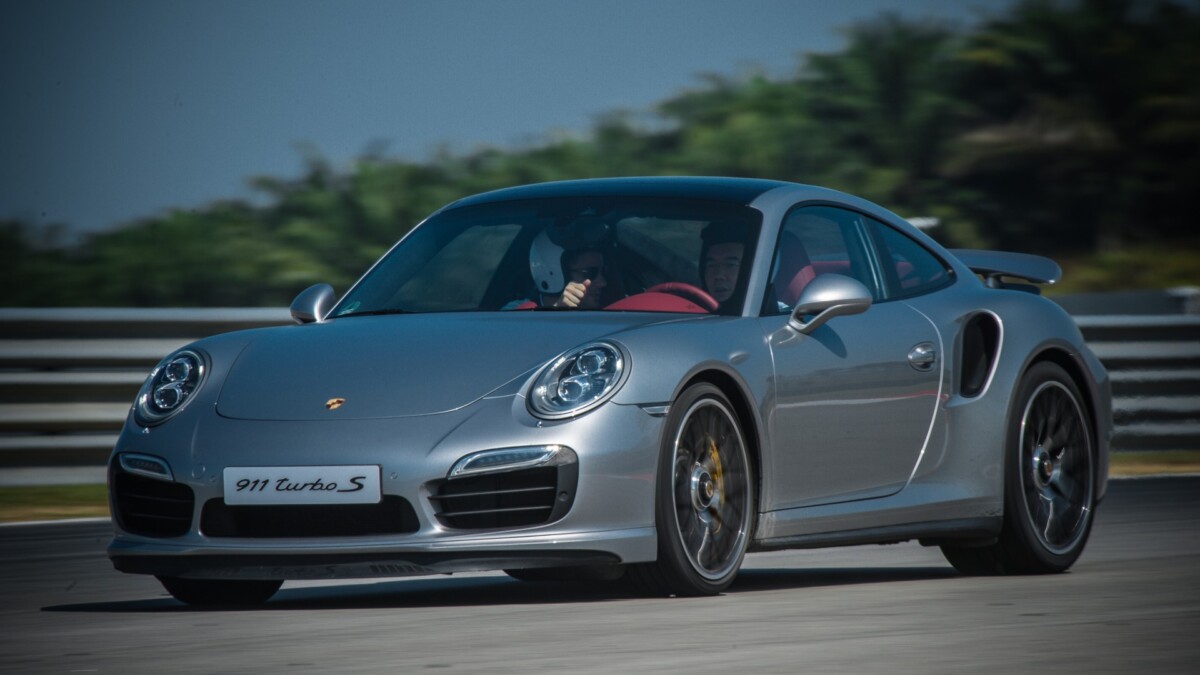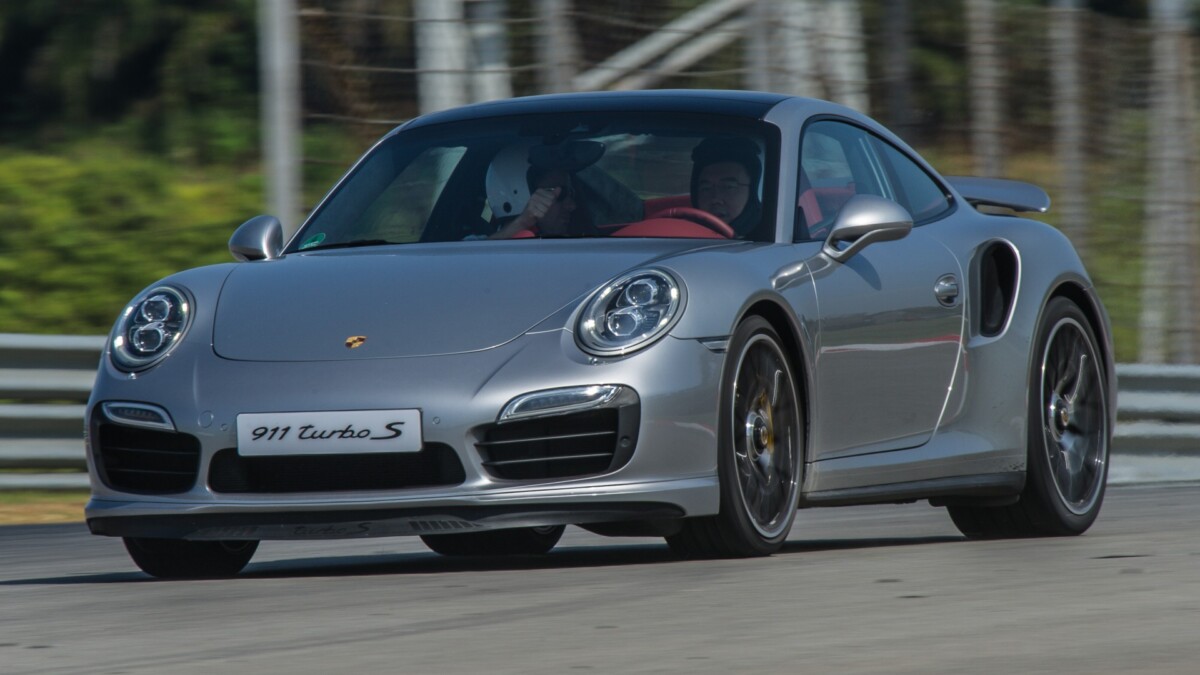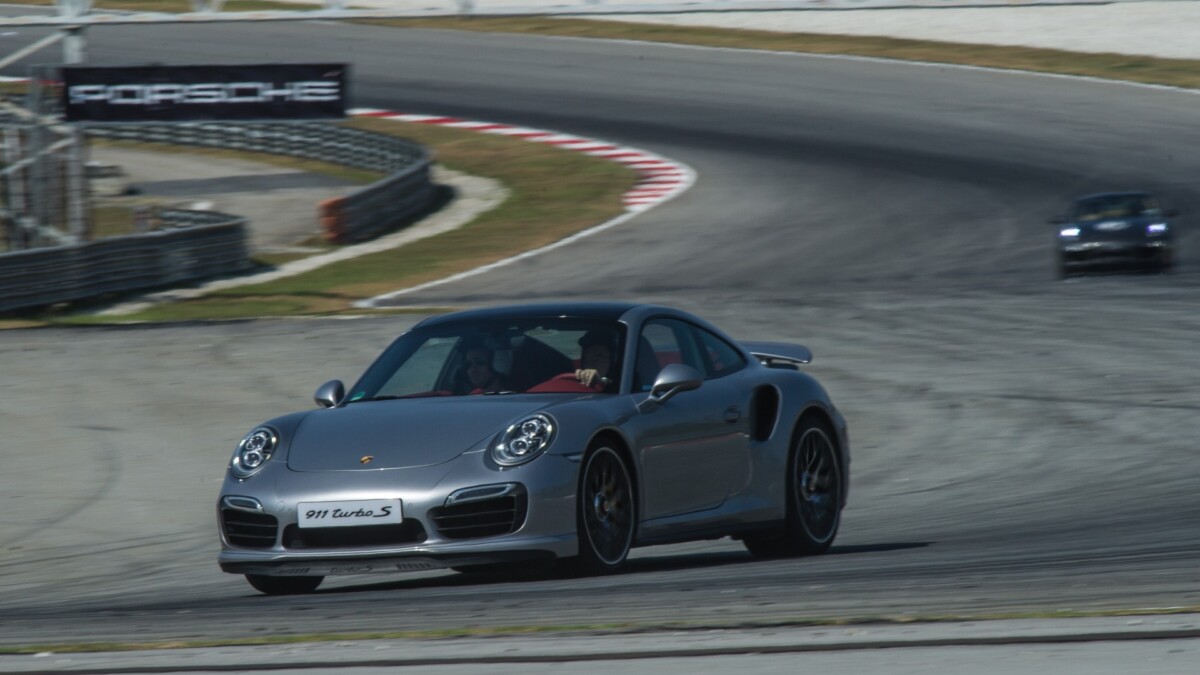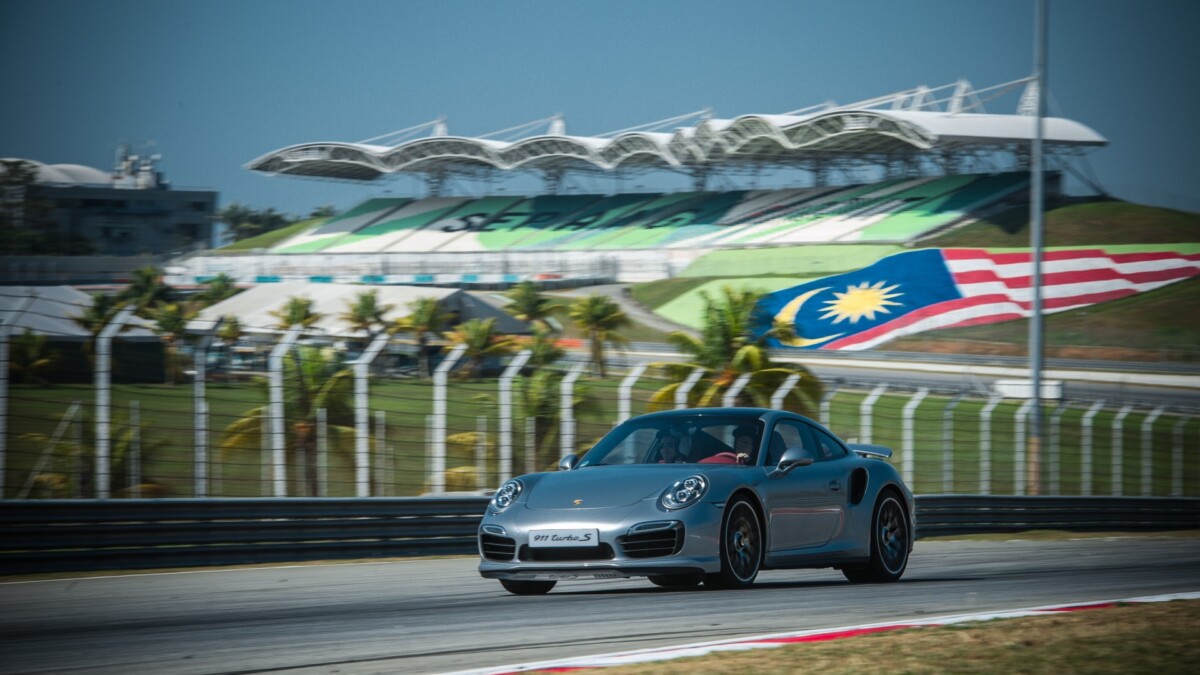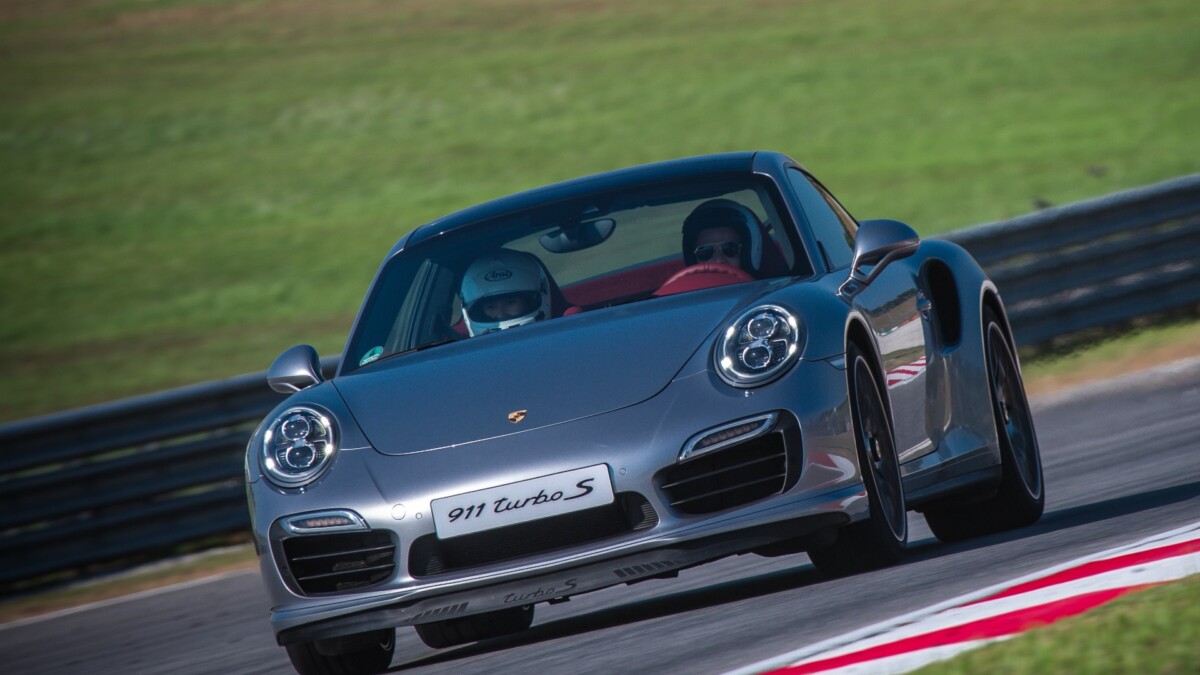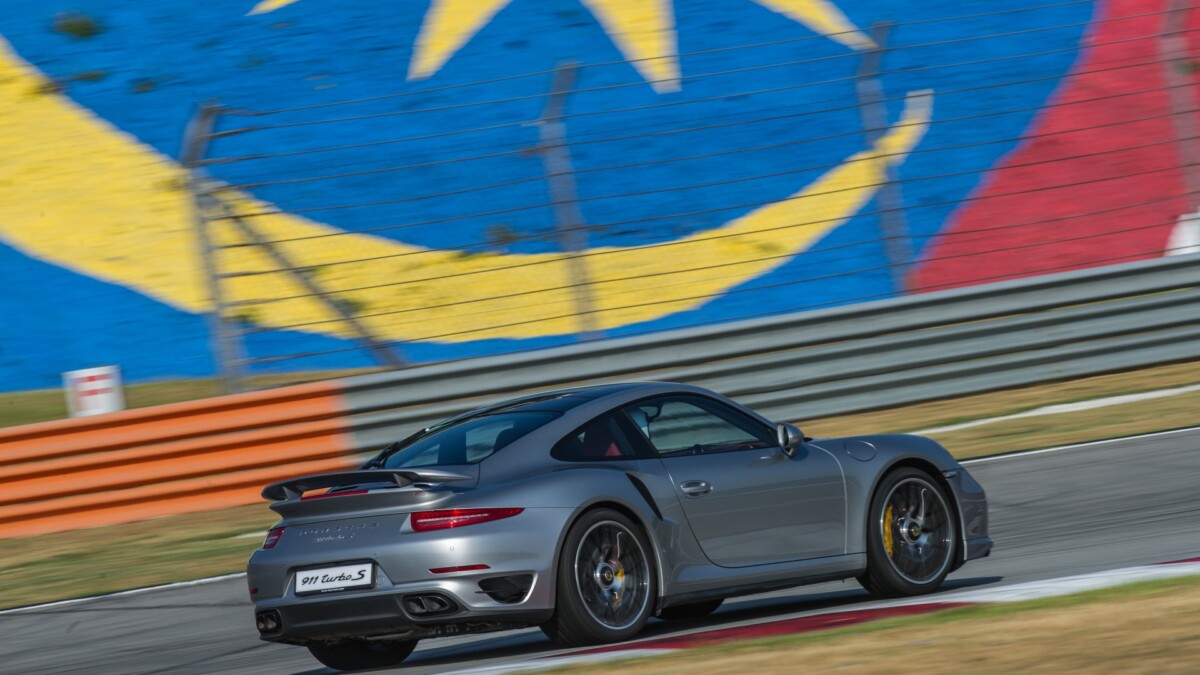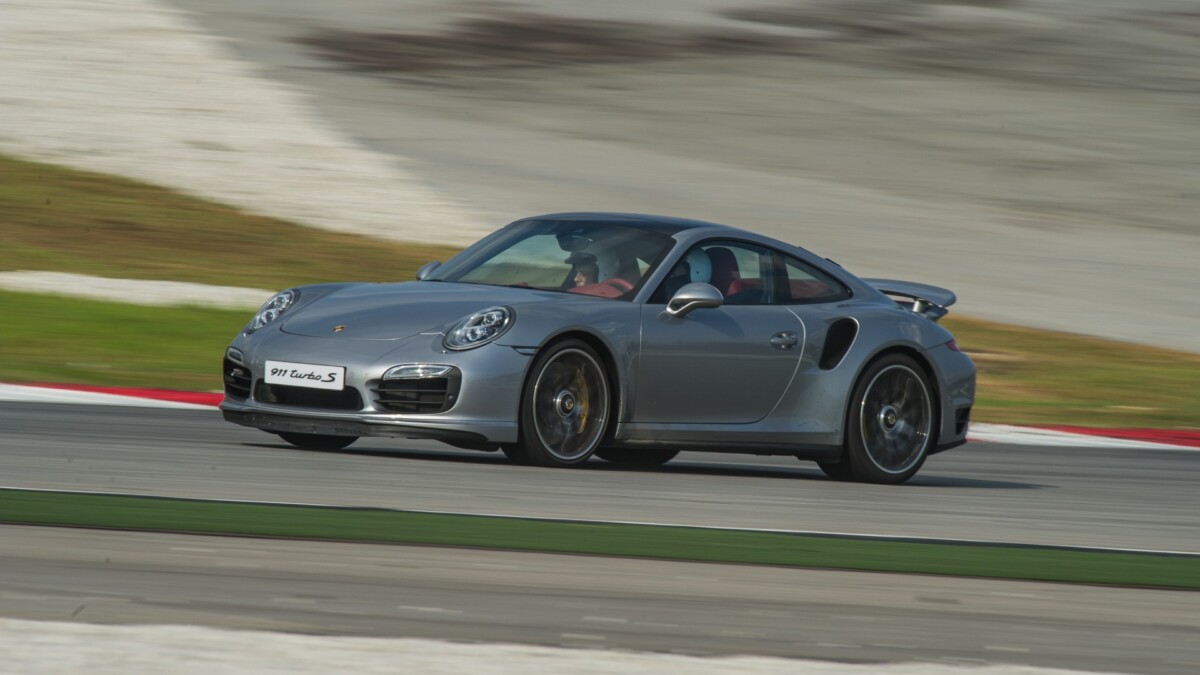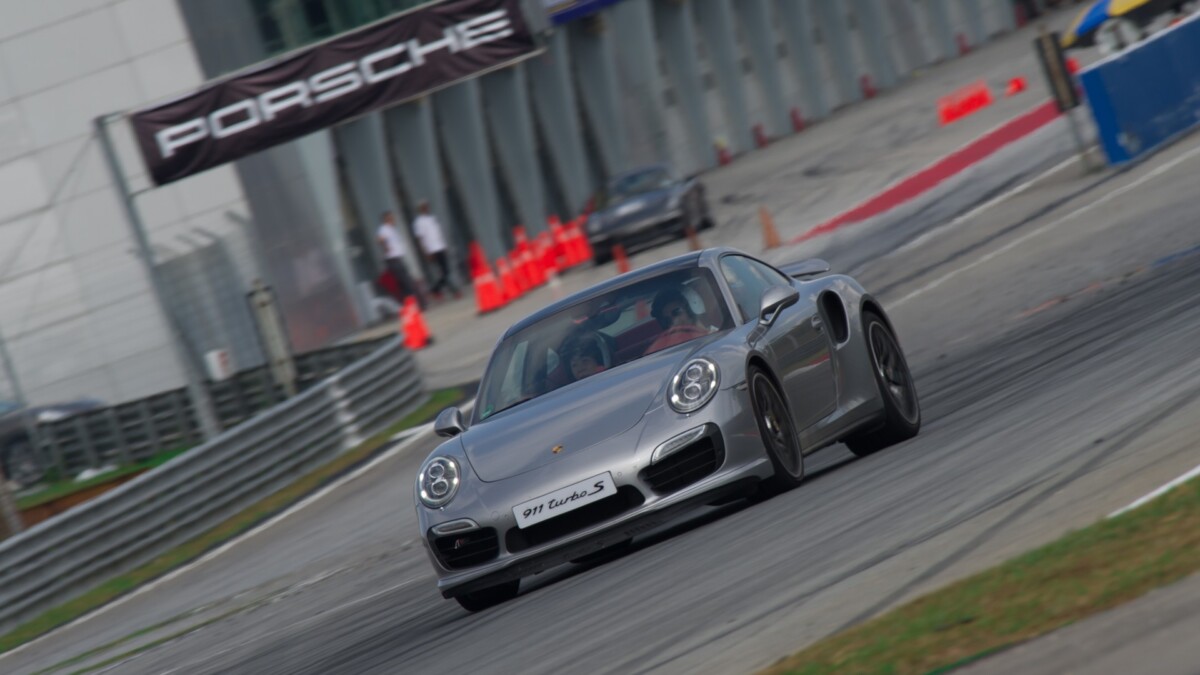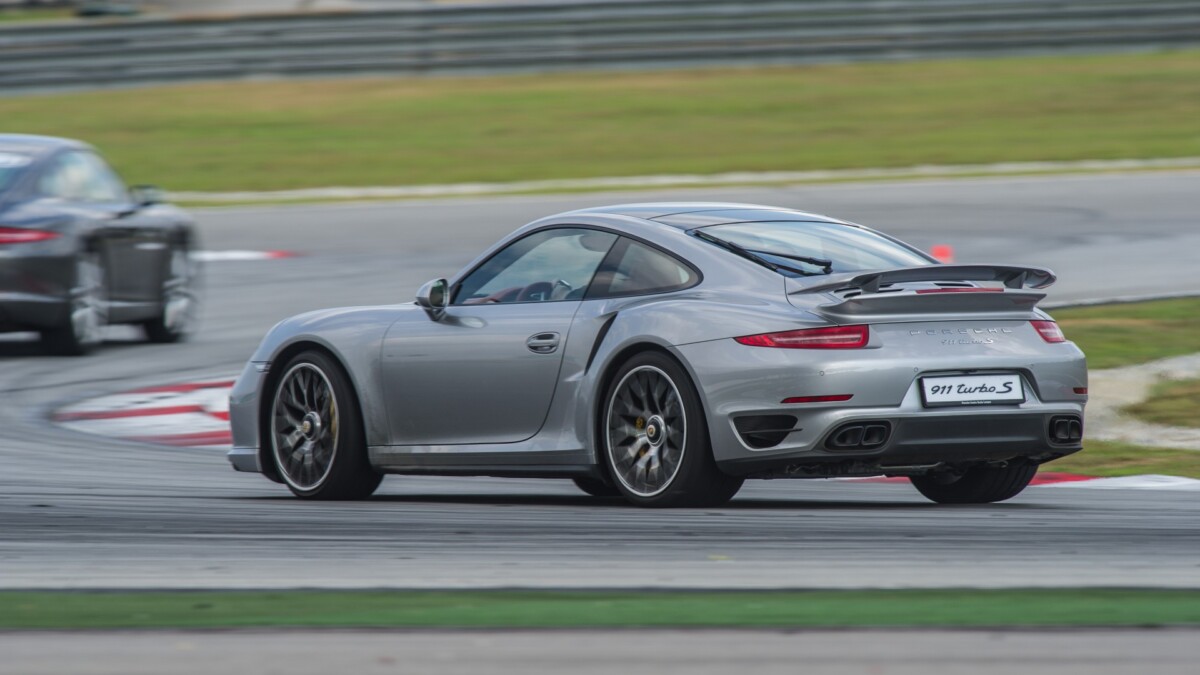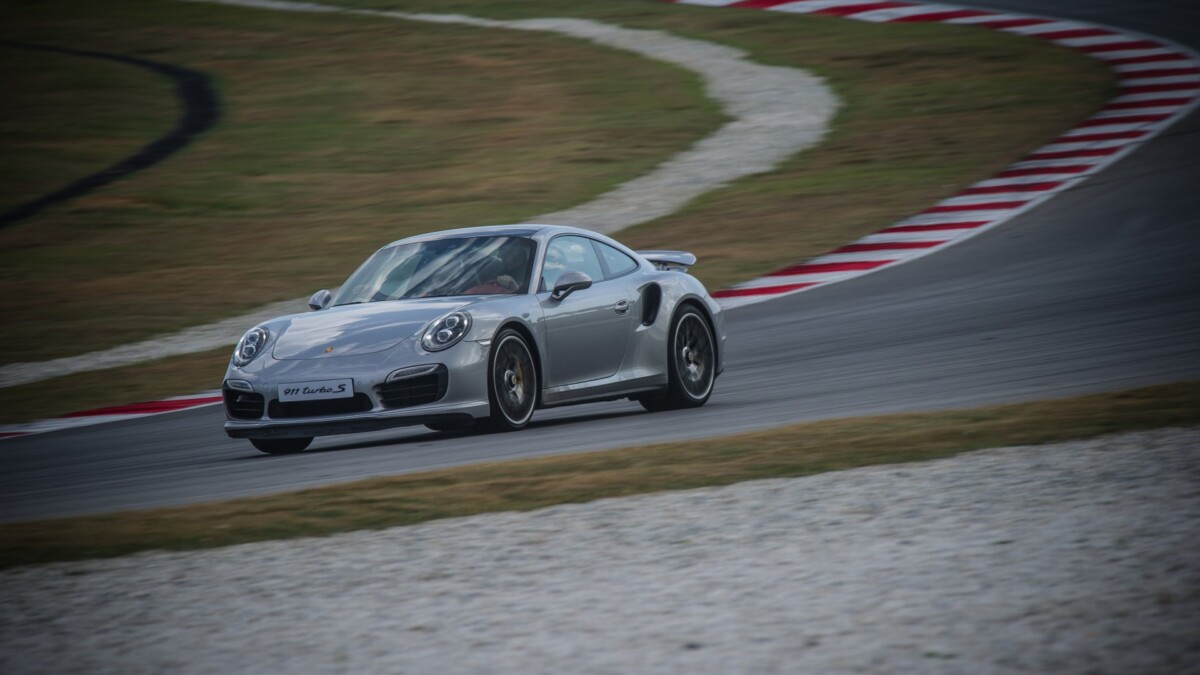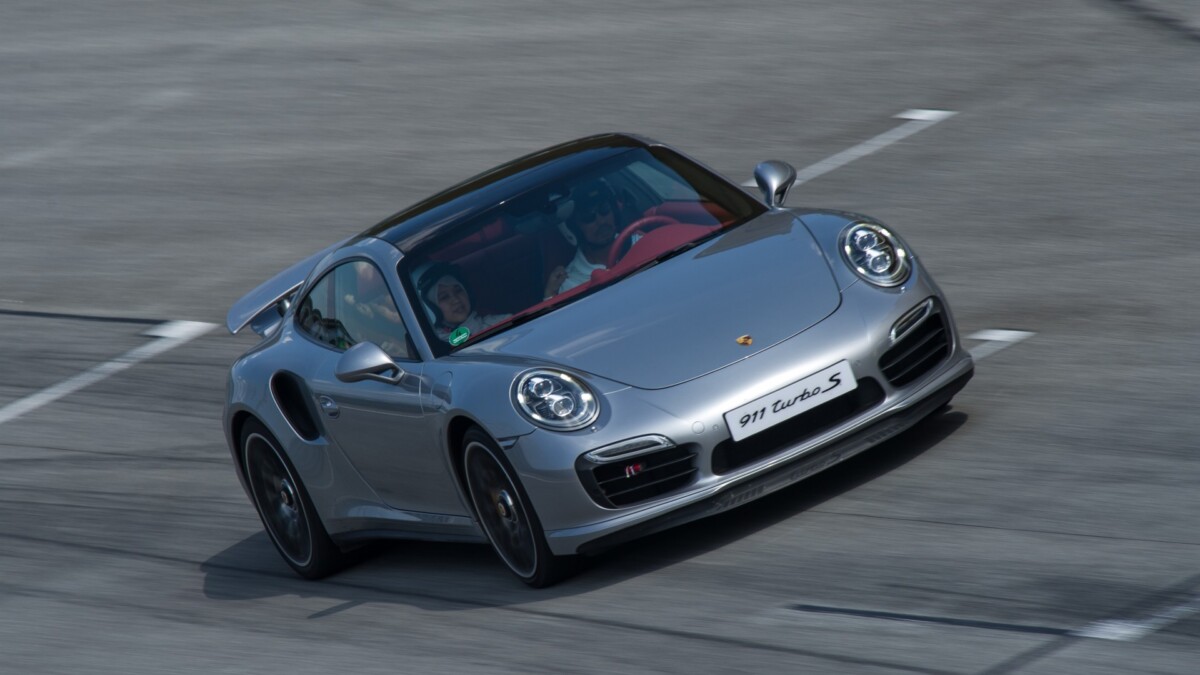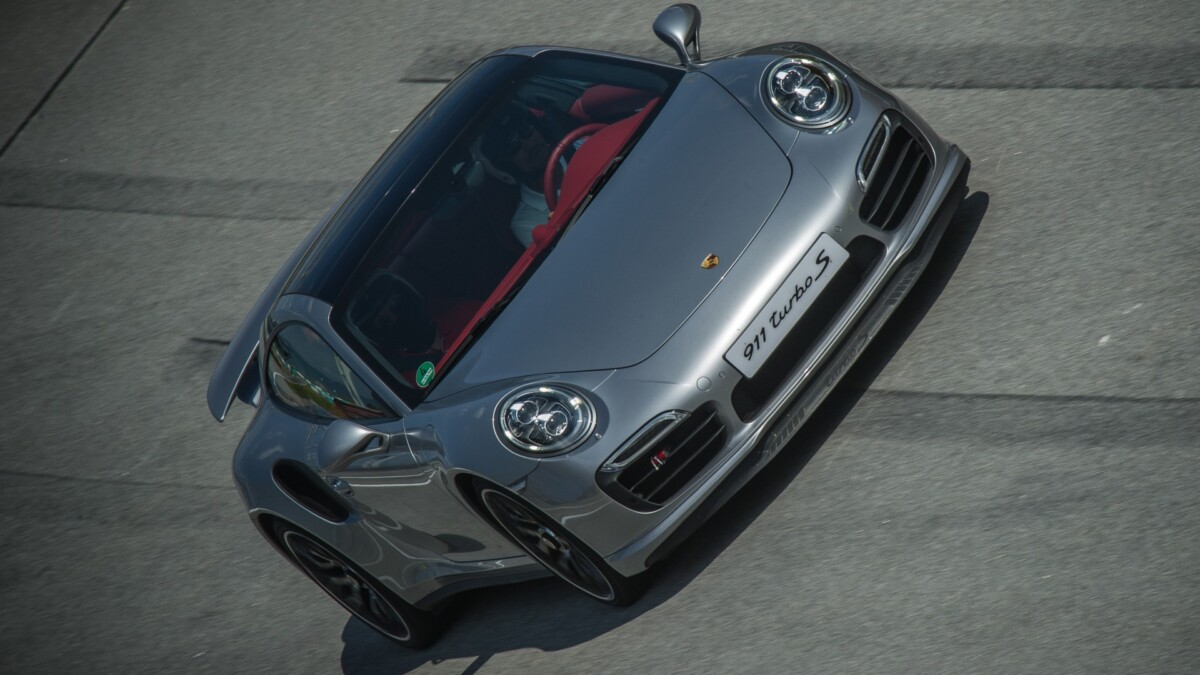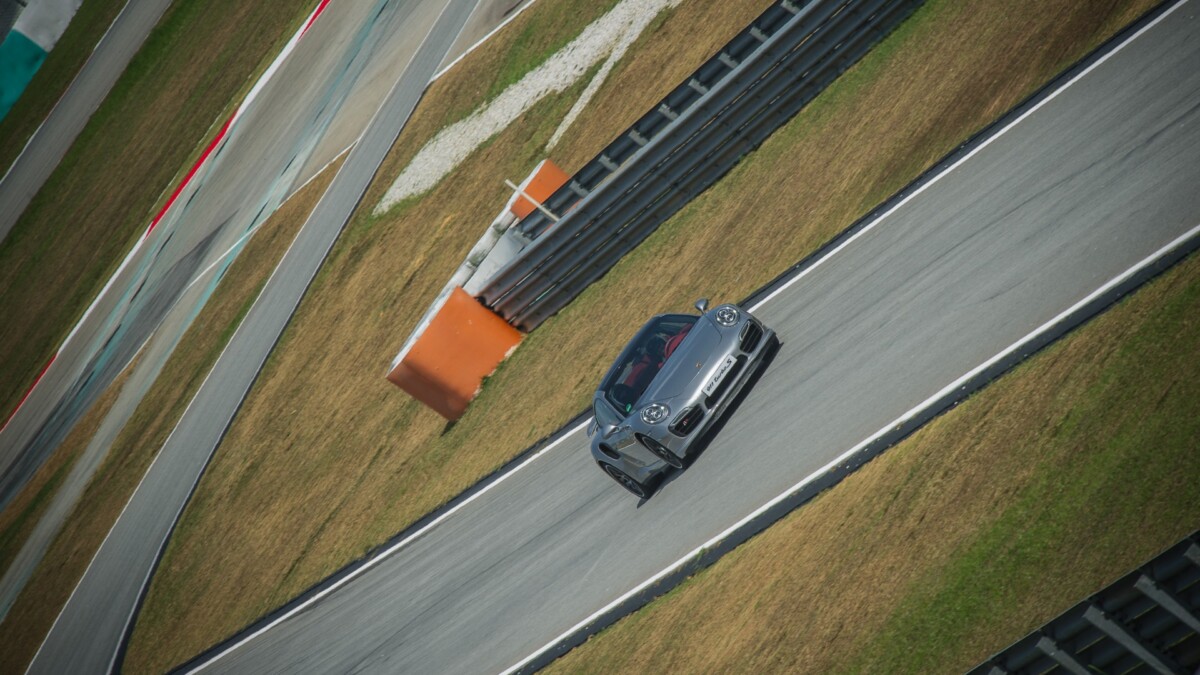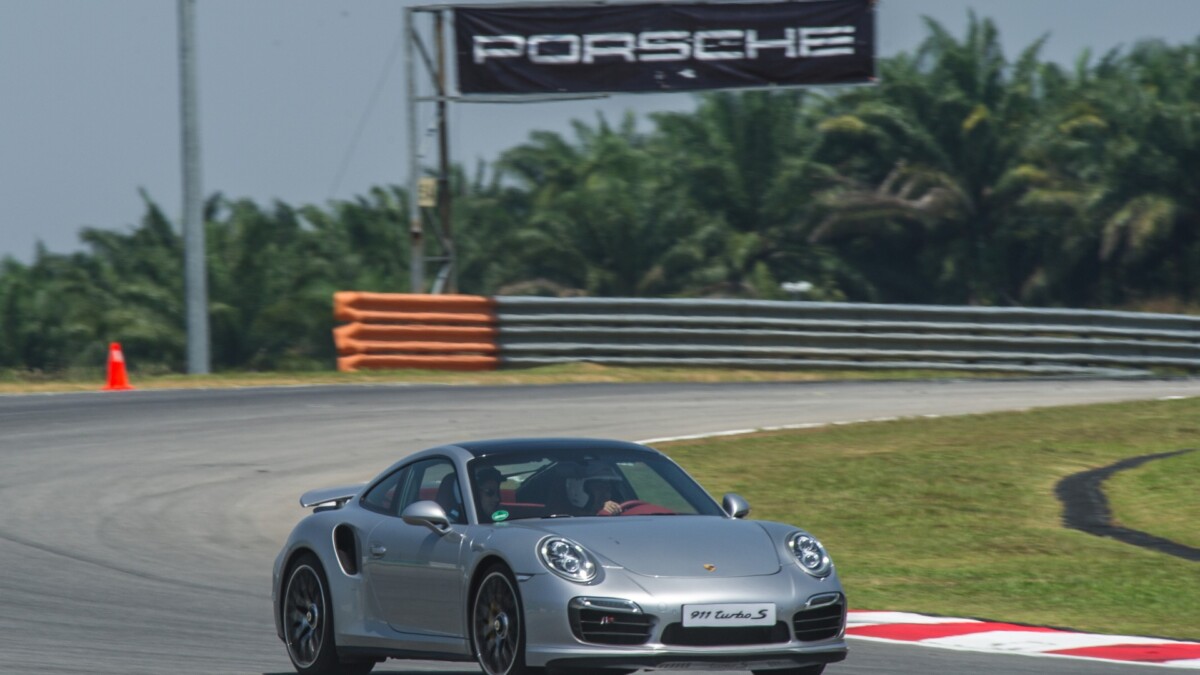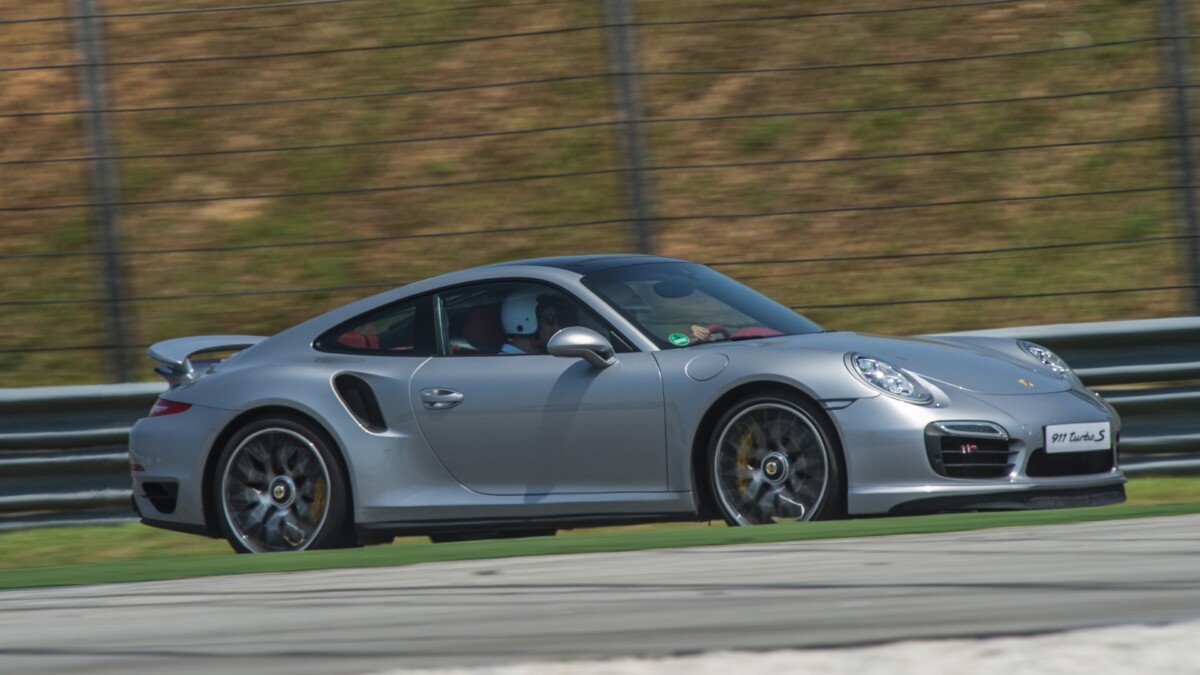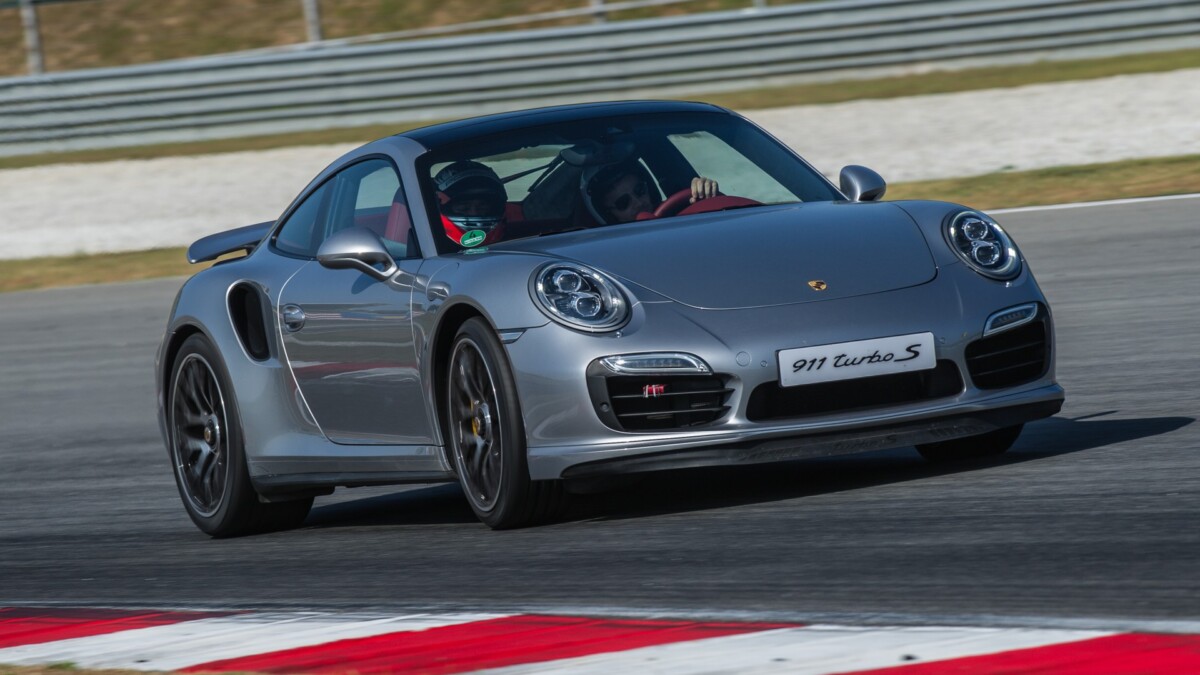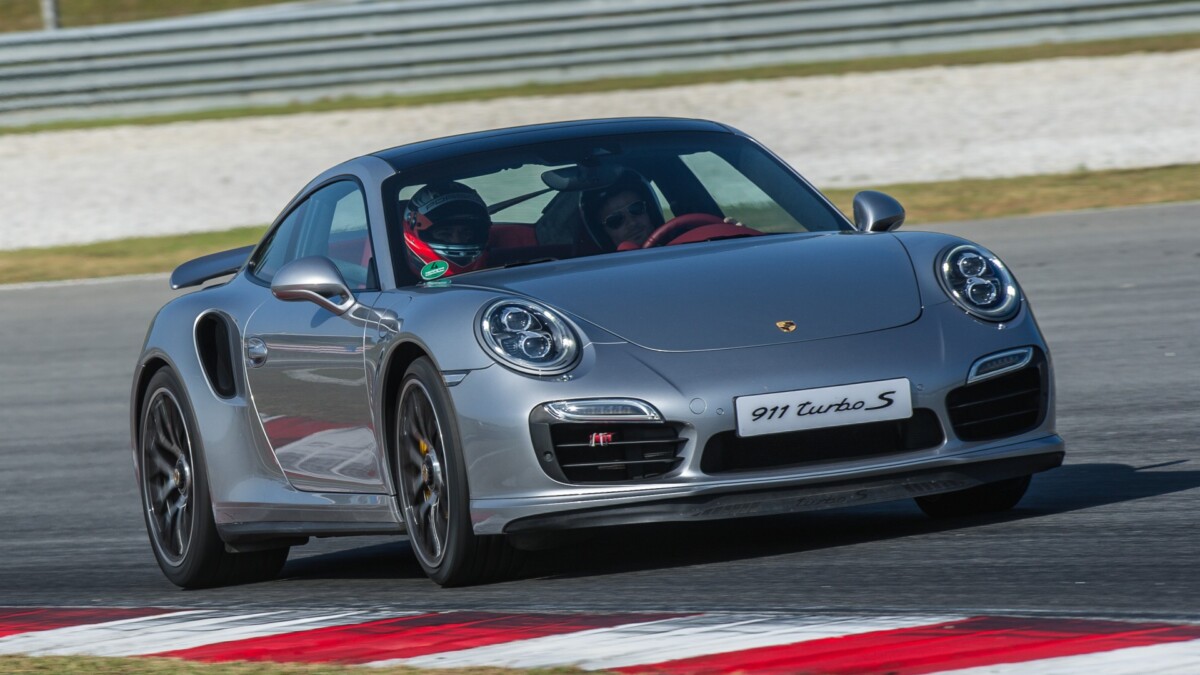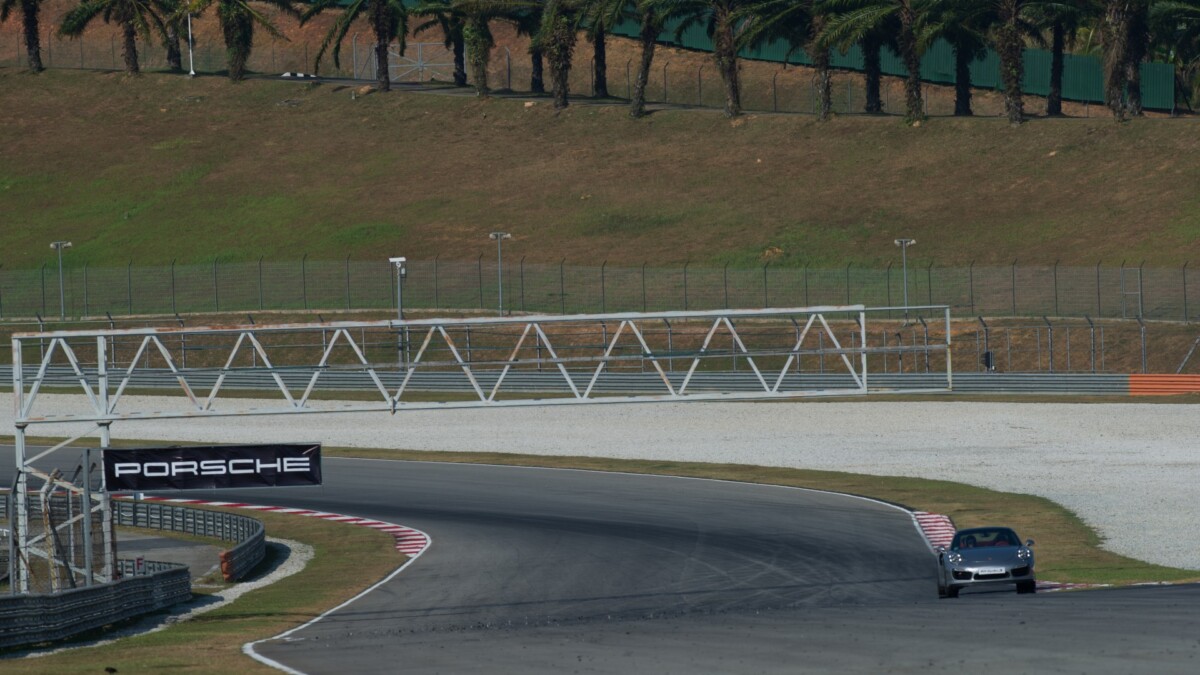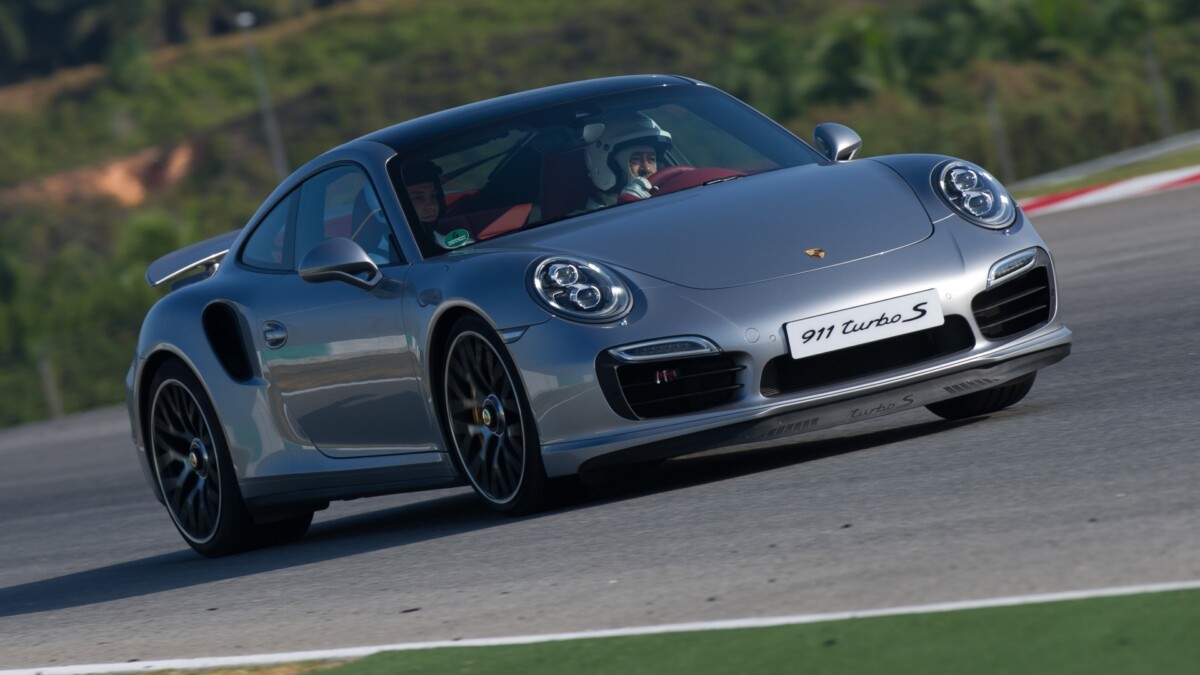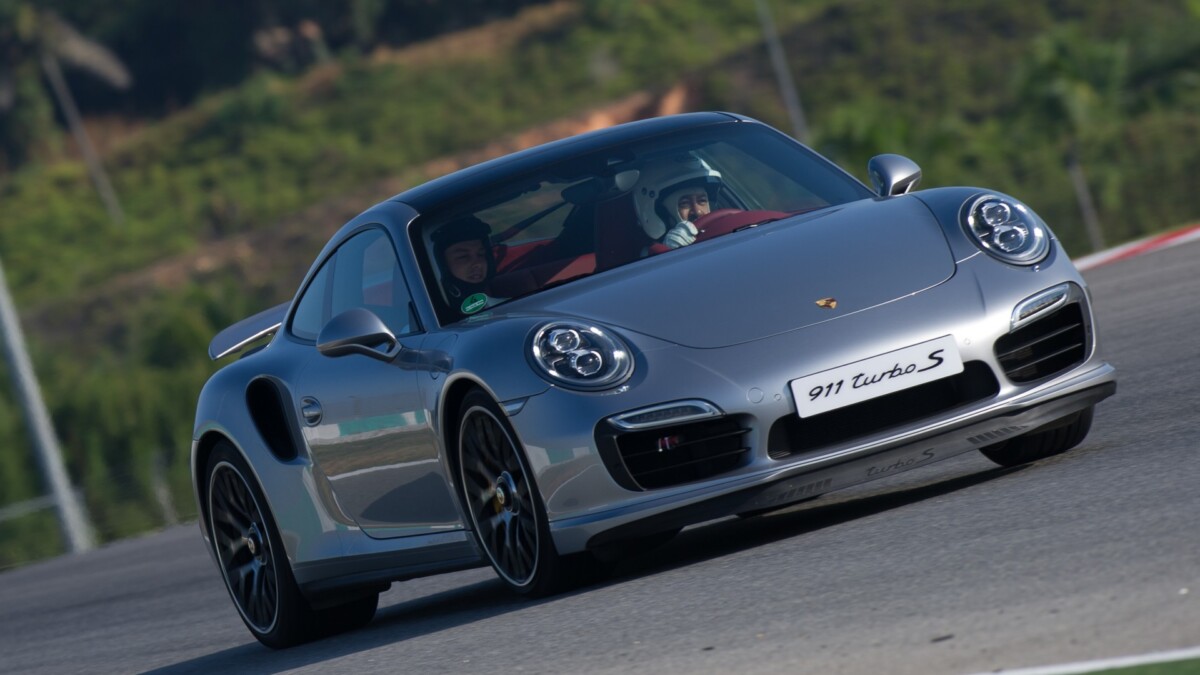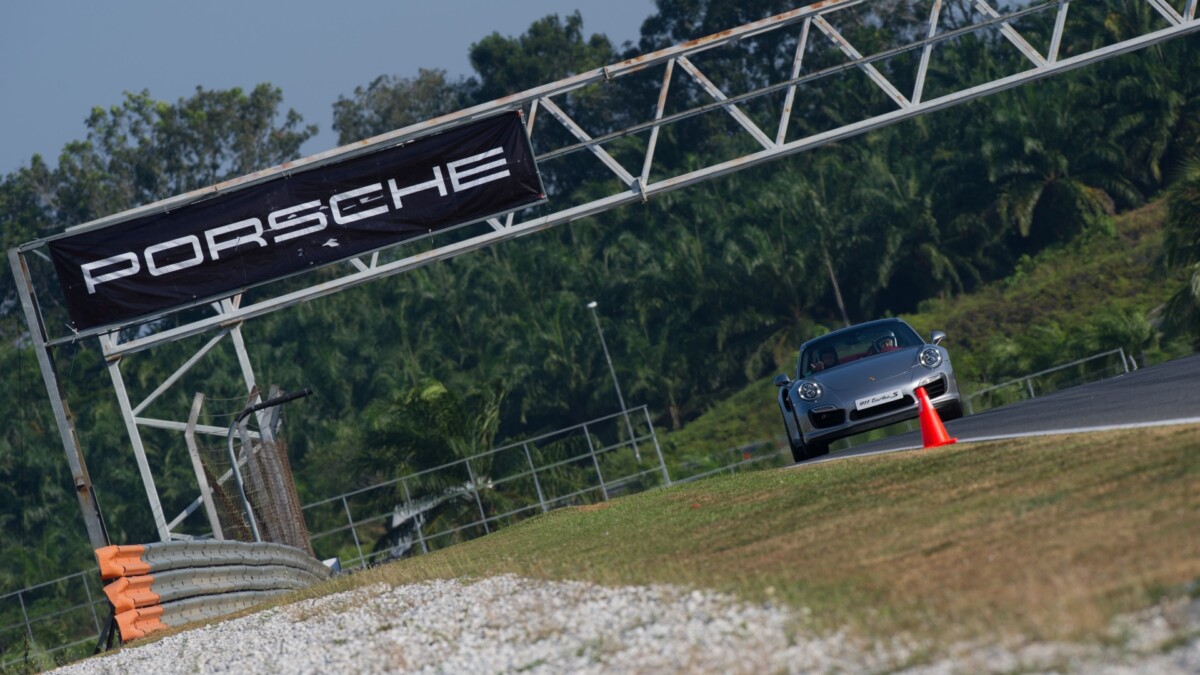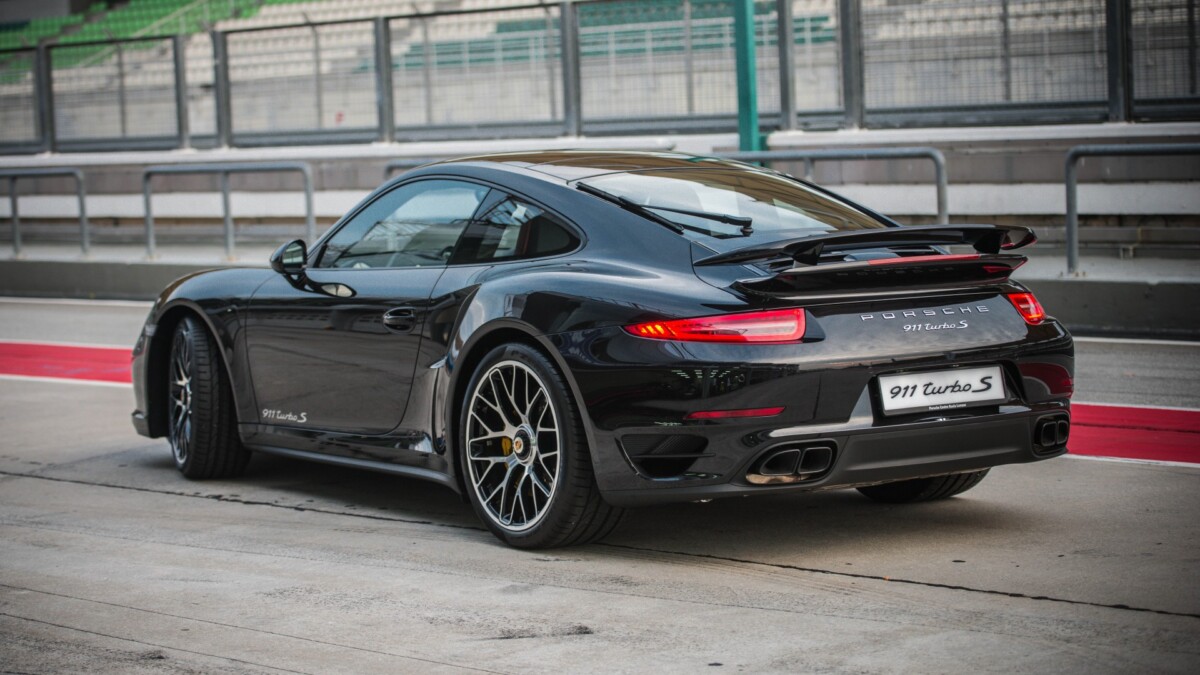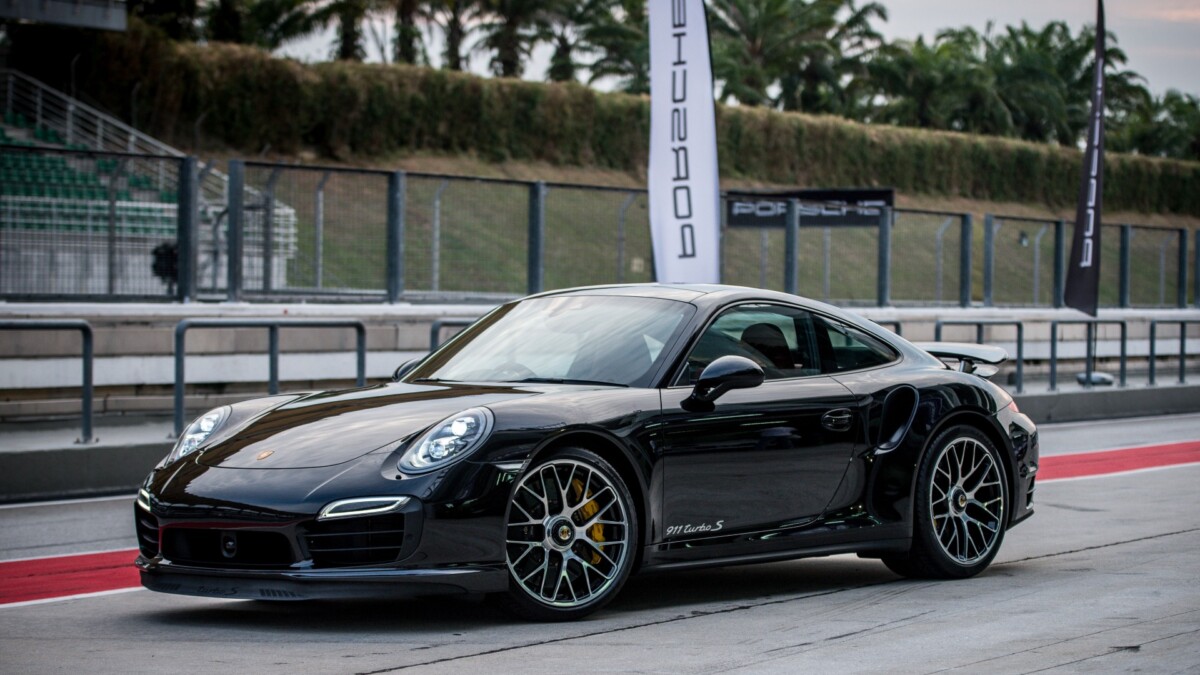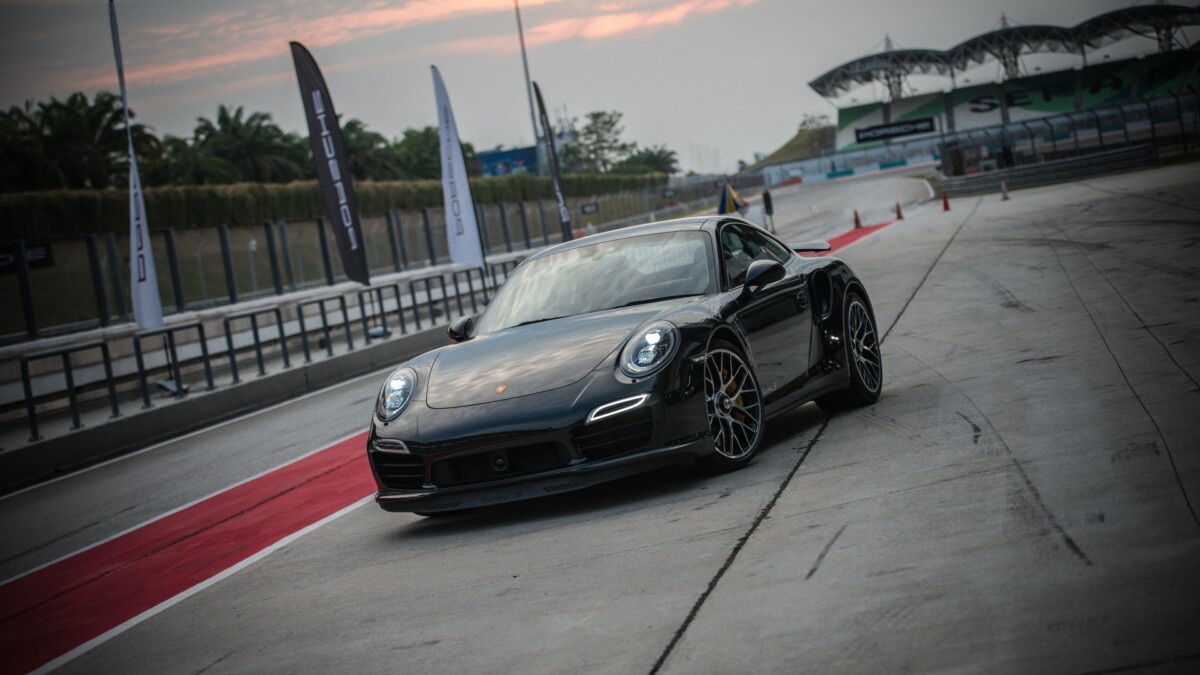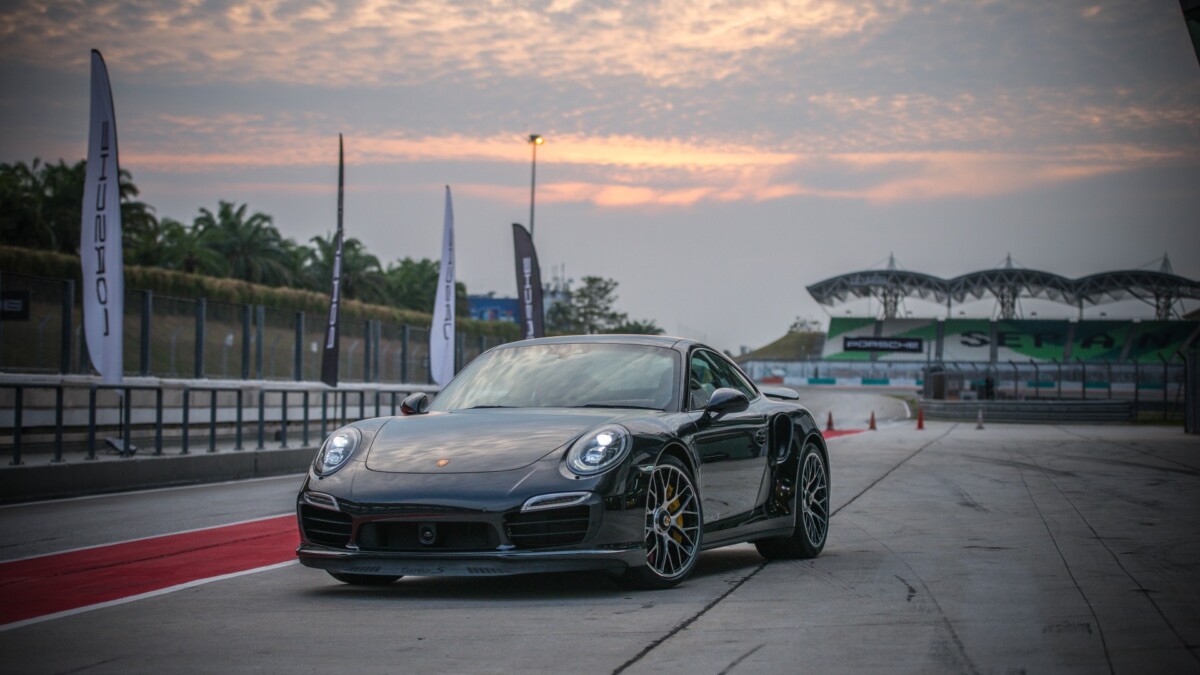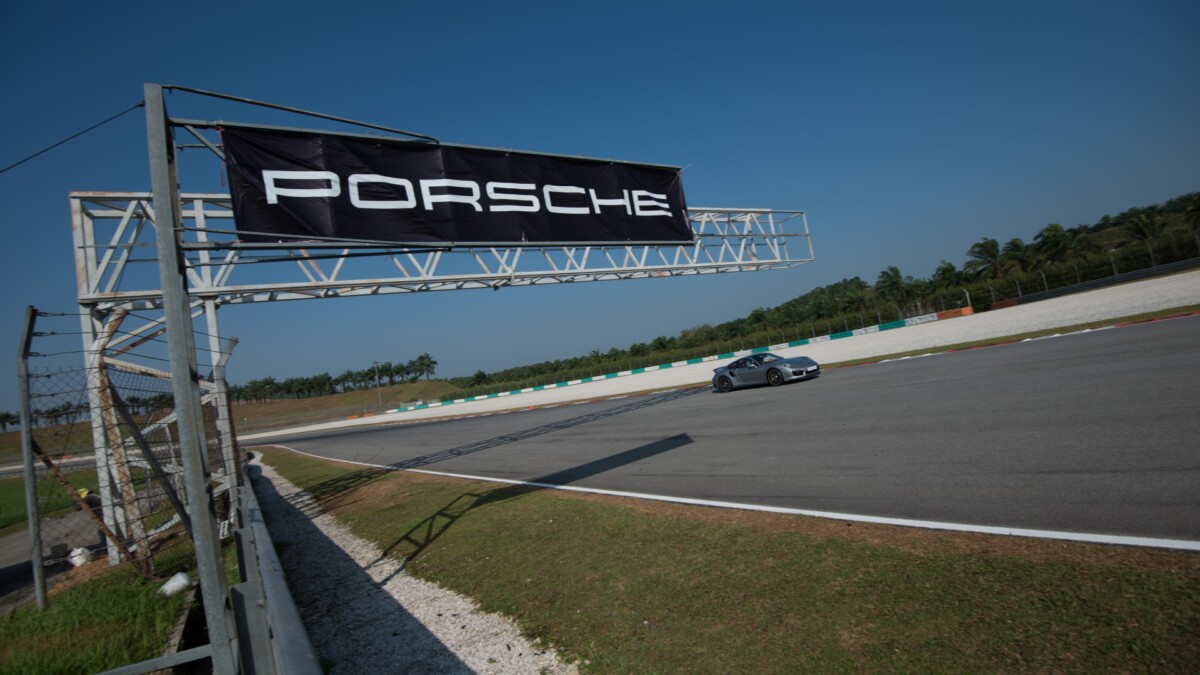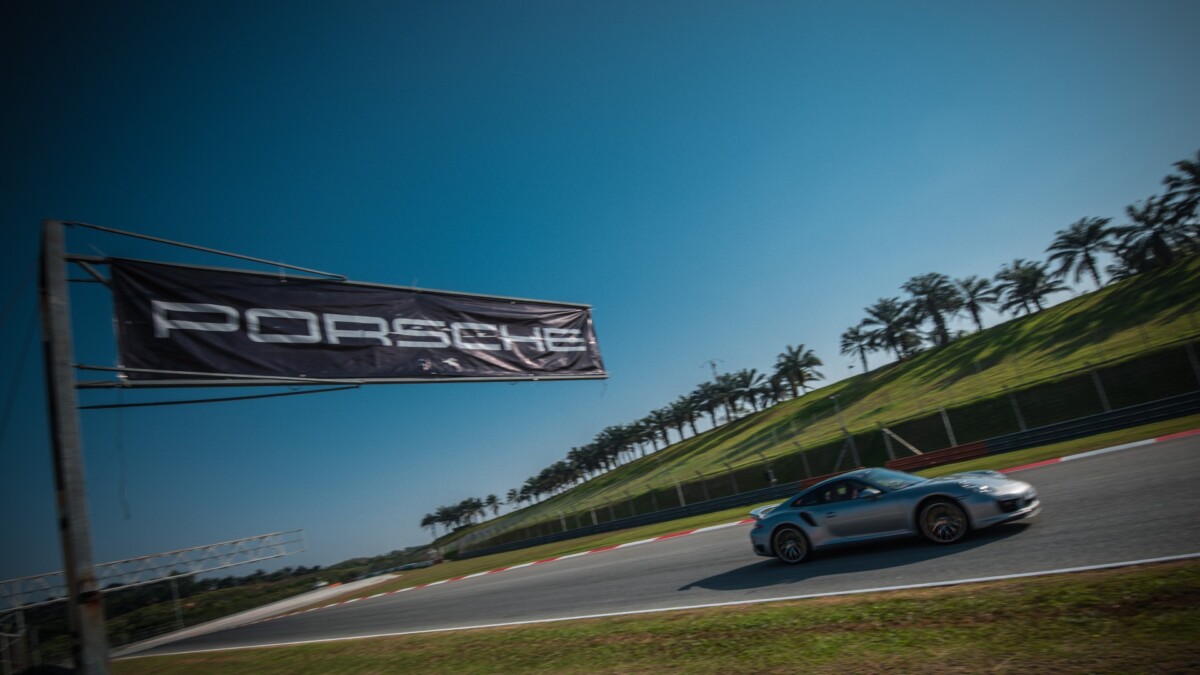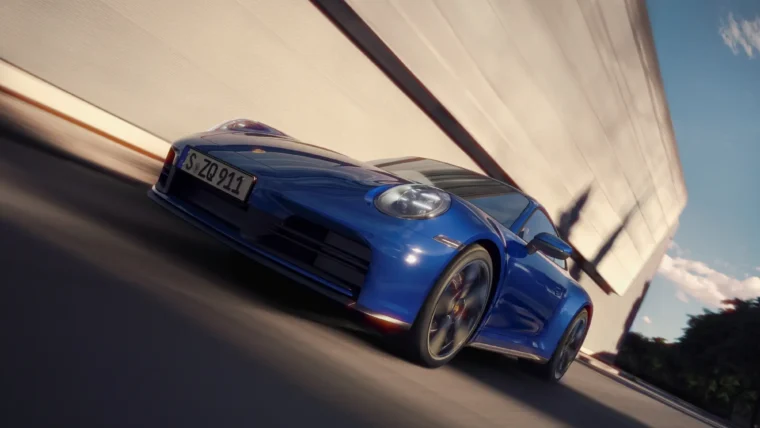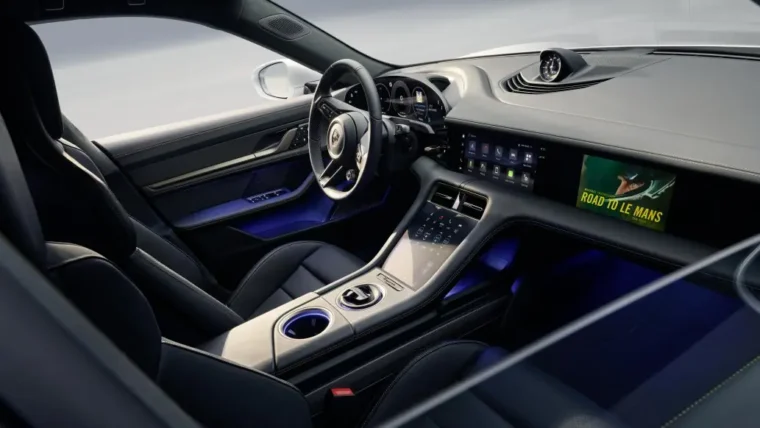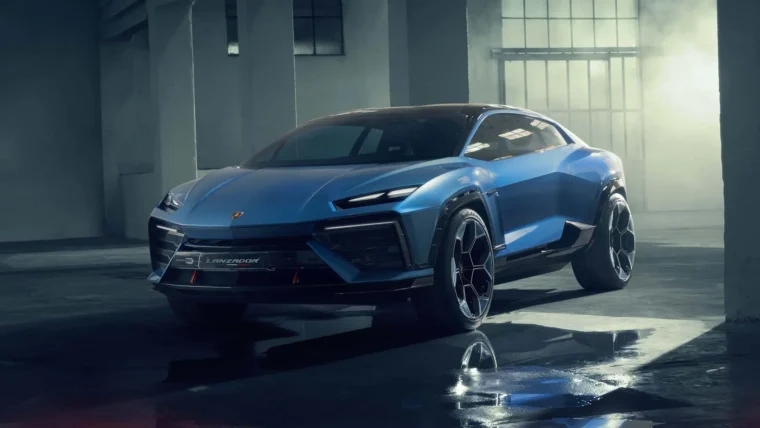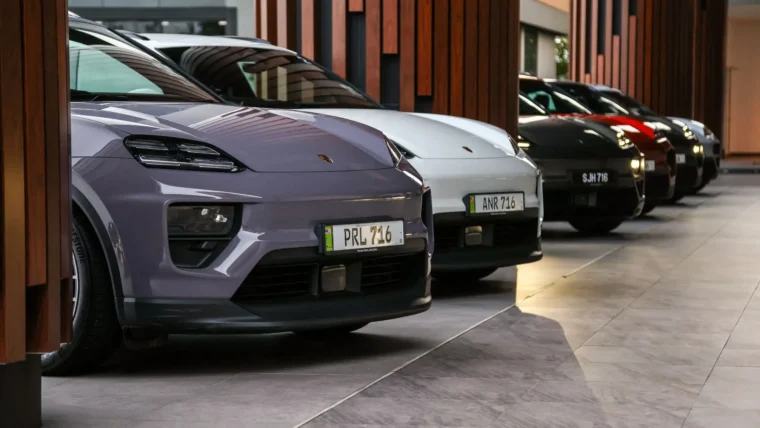It has been a long held belief that in the realm of true blue-blood supercars, there is only one carmaker that has fervently held steadfast to the ‘race on Sunday, drive to work on Monday’ credo for the last half century or so, and that of course is Porsche, and more to the point, the 911.
Even during my stint in the new 911 Turbo S, my co-driver cum instructor – who happened to be Italian actually – was rather chuffed when I happened to say “what blows me away most is that tomorrow, after all this debauchery, if this car was mine I’d be driving it to work”.
But of course for safety reasons he had to chime in “I’d have a look at the tyres first though!” Good point, for what we were collectively putting the new 911 Turbo S through on that crazy day in Sepang, may have been nirvana for us, but absolute hell for the car itself. I think it’s well worth mentioning at this point that apart from topping up the fuel and checking the tyres, the same 911 Turbo S was being continuously used (and abused) around the track, and never once even hinted a protest or put a wheel wrong.
Now why I believe this is worth mentioning is because we were absolutely ragging the heck out this car, each of us had been given four hot laps, full laps, no sissy half-track laps, and there were at least 30 of us driving that day, so you do the math of what this car had to endure. And to add to that, in terms of the actual specifications, the new Turbo S has been improved across the board over its predecessor.
While it’s still using the familiar 3,800cc ‘bi-turbo Six’, the new one now churns out 560bhp and 750Nm of torque (previously 530bhp and 700Nm). It also accelerates from zero to 100km/h quicker, 3.1 seconds to be exact as opposed to 3.3 seconds in the previous model, onward to a top speed of 318km/h. Unbelievably though, despite these improvements, Porsche has managed to eke out better fuel-consumption from the new Turbo S, which burns only 9.7L/100km, a 16% improvement from the older model (combined normal driving, previous model 11.4L/100km).
Now despite this tick to the ‘greenies’ and all the look-we-are-so-environment-friendly corporate responsibility, the Turbo S is still able to lap the Nurburgring ‘Nordschleife’ in a staggering 7:24, a full 20 seconds faster than its predecessor. It achieves this with some very clever ‘driving dynamic’ tricks that include all-wheel drive and get this, active rear-axle steering, which makes it feel incredibly nimble, despite having a 100mm longer wheelbase over its predecessor…which is actually 250mm shorter. Confused? Read on.
The rear-axle steering is quite a revelation insofar as circuit driving is concerned. Two electro-mechanical actuators on the left and right of the rear axle are able to vary the angle of the rear wheels by up to 2.8 degrees. At speeds up to 50km/h, when the front wheels are turned, the system steers the rear wheels in the opposite direction. According to Porsche, this actually corresponds to the wheelbase being shortened by 250mm, hence the nimbleness and easy maneuverability. At speeds over 80km/h, the system steers the rear wheels in parallel to the fronts. This in turn effectively ‘virtually’ lengthens the wheelbase by 500mm, giving the car much better stability, especially at higher speeds.
Additionally, the Turbo S also benefits from active-aerodynamics. Now the best way I can describe this is to think of a car that physically ‘transforms’ itself, depending on the kind of driving you’re engaged in. Active-aerodynamics consists of a retractable three-stage front spoiler that can be pneumatically extended, and a deployable rear wing with three adjustable positions. Also called ‘tuned aerodynamics’, it allows either optimal efficiency or dynamic performance.
So it was finally my turn to get behind the wheel for my stint with the Turbo S. I have to say, despite the fact that I’ve been doing this for more than 20 years, I still get goose-bumps the moment I fire up a car like this. Perhaps it’s the anticipation of what’s in store or the possibility of what might happen if I mess up. I already knew it was going to be a very good drive, judging from the ear-to-ear grins plastered on the faces of those who’d already driven (I heard some had to have those grins surgically removed the day after), what I wasn’t expecting was just how good the new Turbo S really is.
Hitting speeds in excess of 200km/h down the two front straights was a given but it was how the Turbo S scrubbed off that speed, thanks to the phenomenal PCCB or Porsche Ceramic Composite Brakes coupled with the PDCC (Porsche Dynamic Chassis Control) handled the twists and turns that truly boggled the mind.
The Turbo S was able to carry impossible speeds in the corners, a digital gauge in the instrument cluster continuously monitoring and displaying the torque-split between the front and rear axles (a tad distracting, but super cool!) allows the driver to actually see where the power is being put down, while the active rear-axle steering makes light work of even the harshest, hardest curves.
There was so much grip that on occasion it really did feel like the G-forces would get the better of me. Honestly, the only limitation to taking corners at ‘pass-out-from-G-force’ speeds were the tyres, which were shedding into small bits of vulcanized rubber with each turn.
Not surprisingly, the Turbo S simply revels in being driven hard, which can actually send the fuel-consumption figure skyrocketing to 22L/100km, but that’s not the point. The point came on the cool down lap. From being driven like the devil himself was after us, the Turbo S was able to switch back to normal mode (read: sane) instantly. Flick the gearshift to ‘D’ and simply cruise. It once again transforms into (shudder) a daily-driver.
Puttering along down the back straight, it feels relaxed and supremely comfortable, the climate-control making short work of the 40-degree heat outside. Seriously, driving like this, no one would believe that they were in a car that laps the Nordschleife in under 8min. The car stops being a Turbo S and becomes a 911, the epitome of the everyday supercar.
As the sun set on that really hot day at Sepang, I realized once again what all the fuss about the 911 really is. And it’s exactly the same with the new Turbo S. It can be docile or demonic, it can be benevolent or bonkers, you can drive it classy or like the clappers. And it really doesn’t matter whether the tarmac being driven on is covering a race-track, or between buildings in downtown KL, the 911 Turbo S is equally at home in either scenario. A whole day of driving later, the cars were driven back to the Porsche HQ. If that isn’t testament of just how good Porsche are after 50-years of making an everyday supercar, I really don’t know what is.
Other posts by Chris Wee

